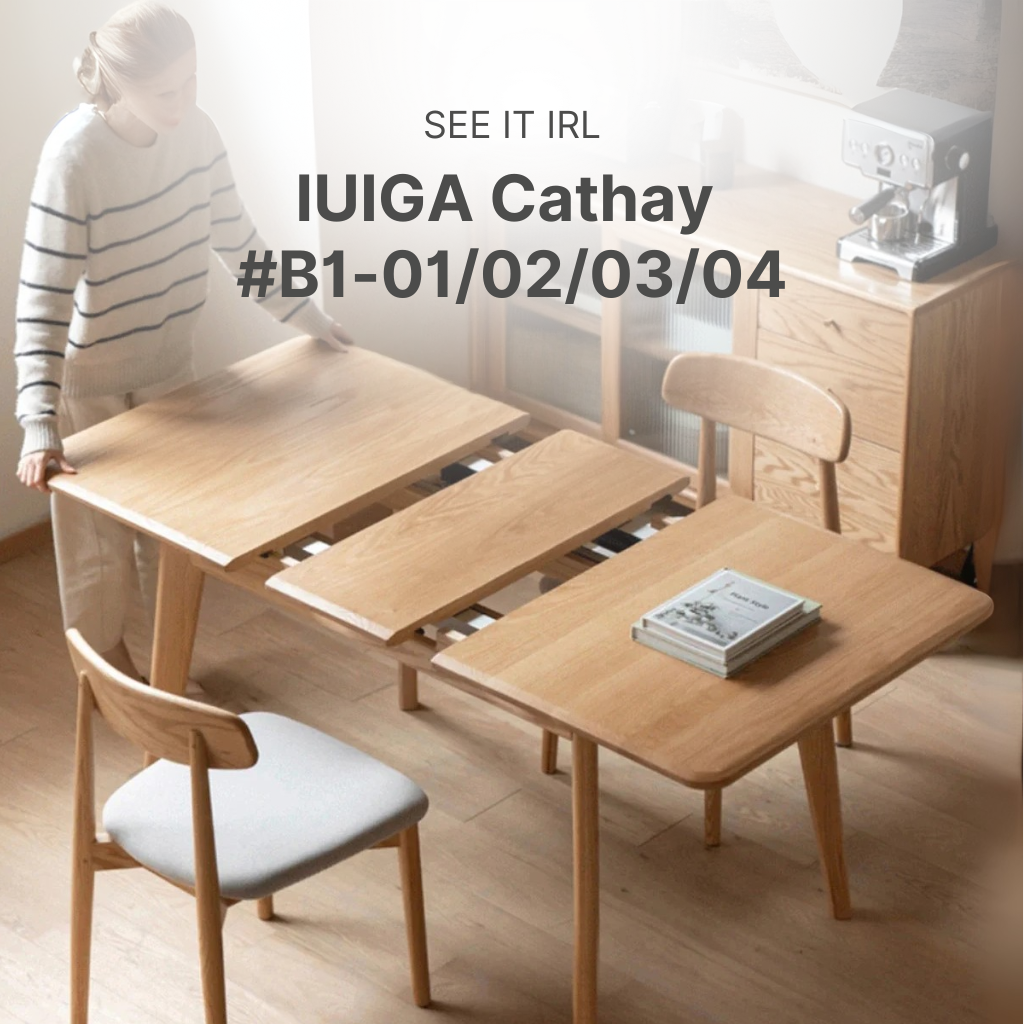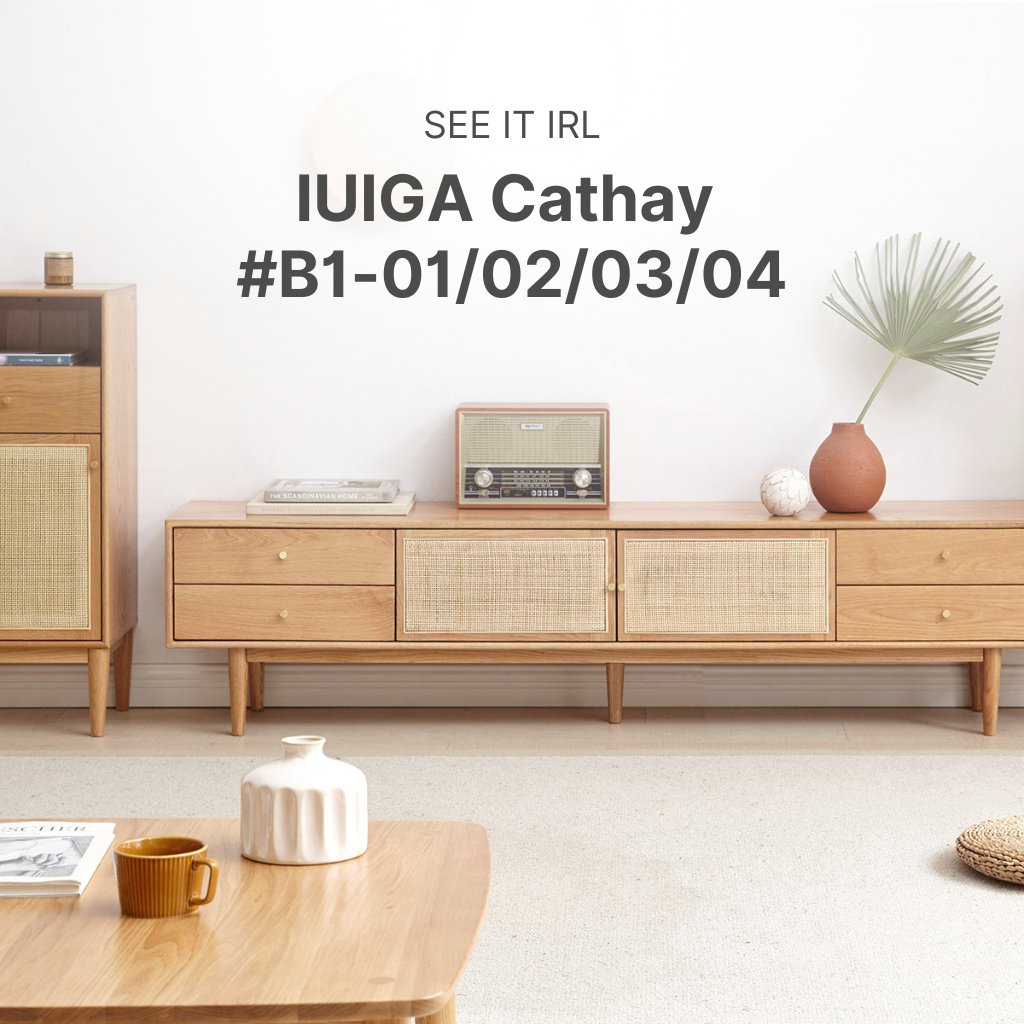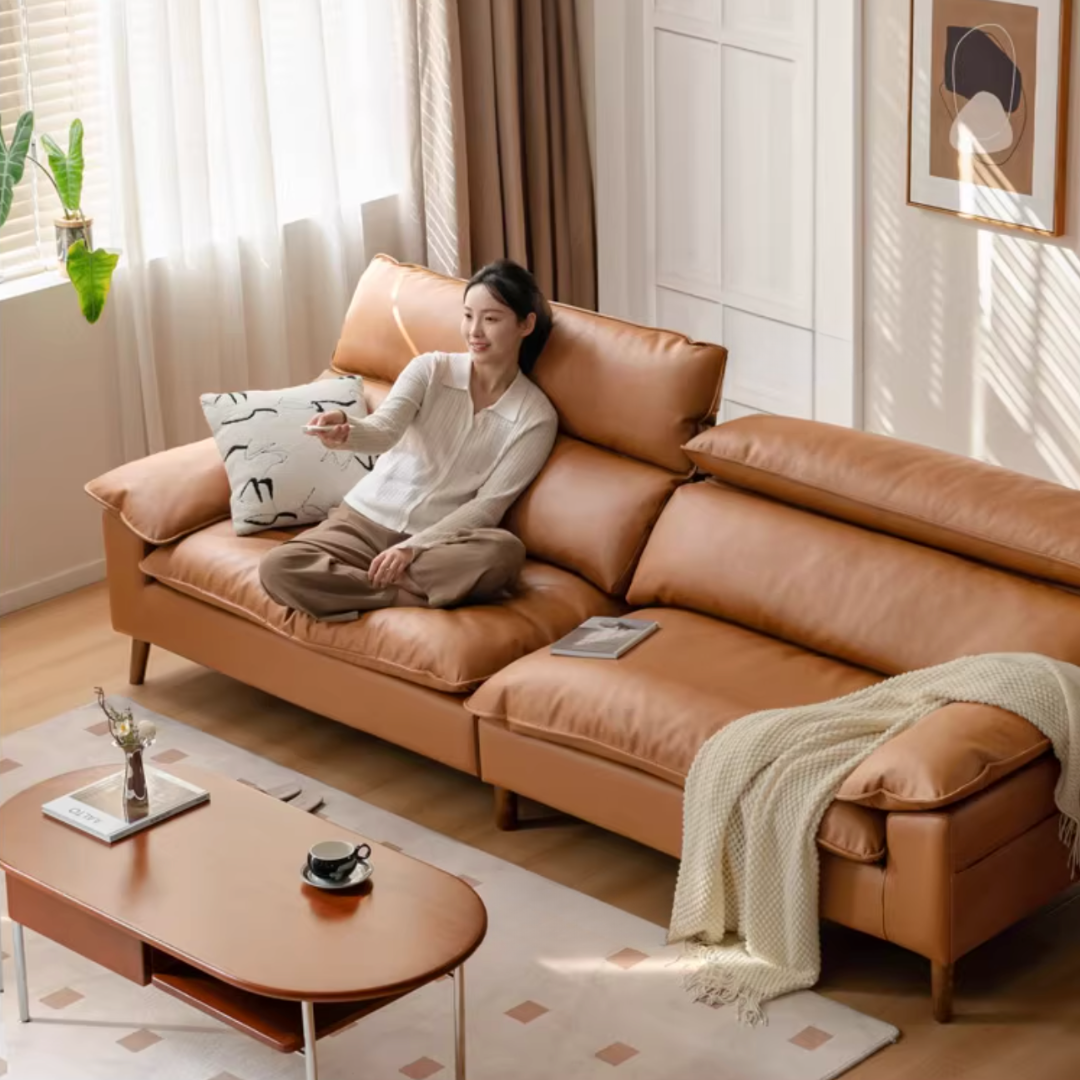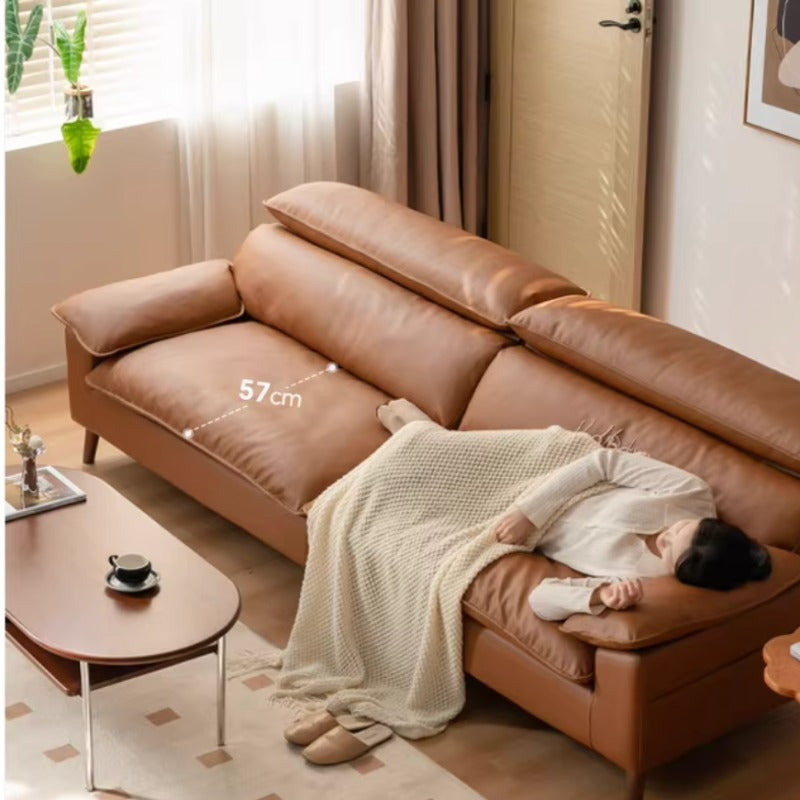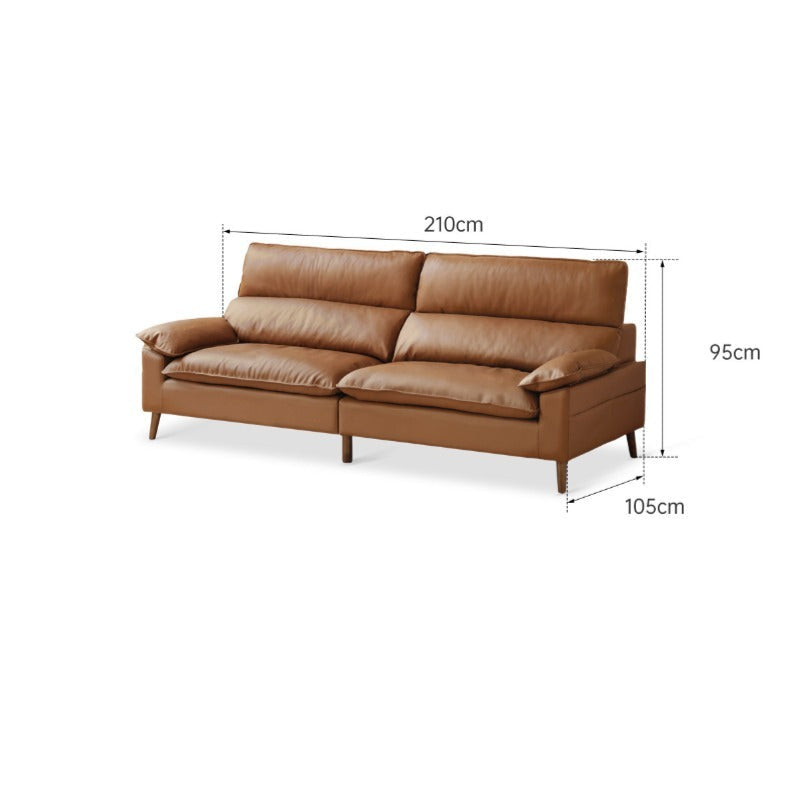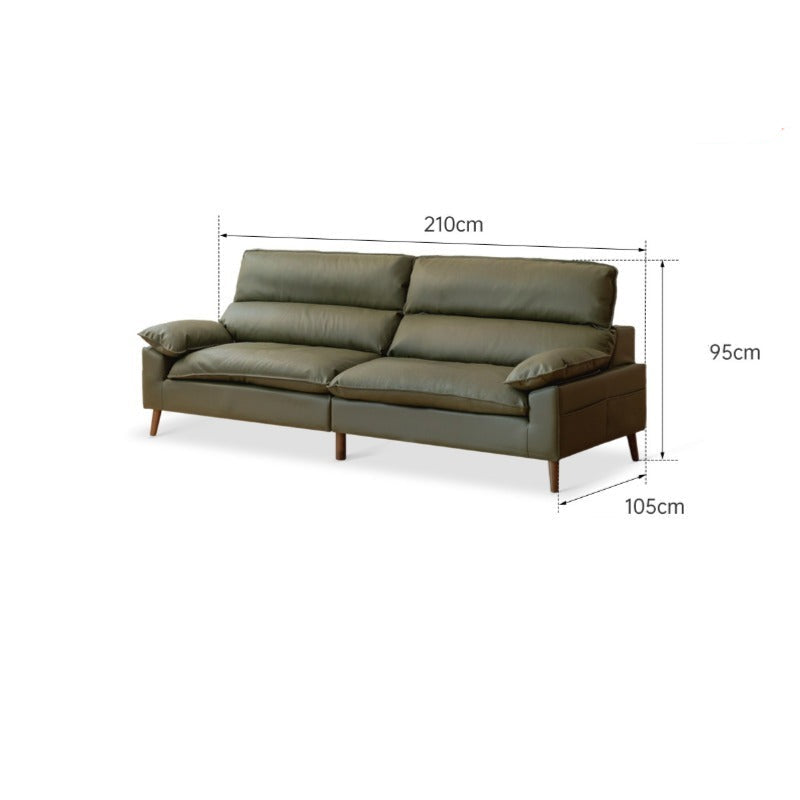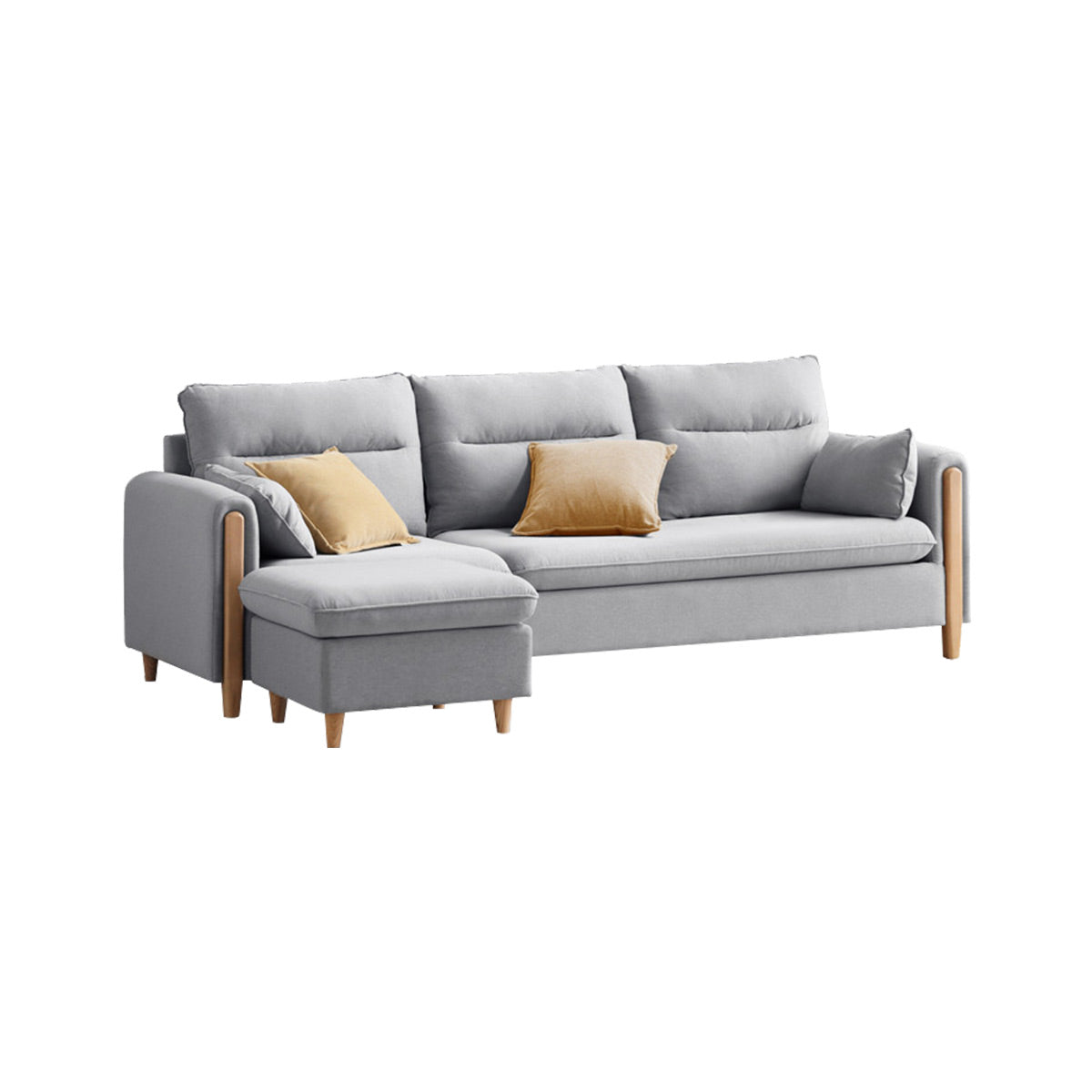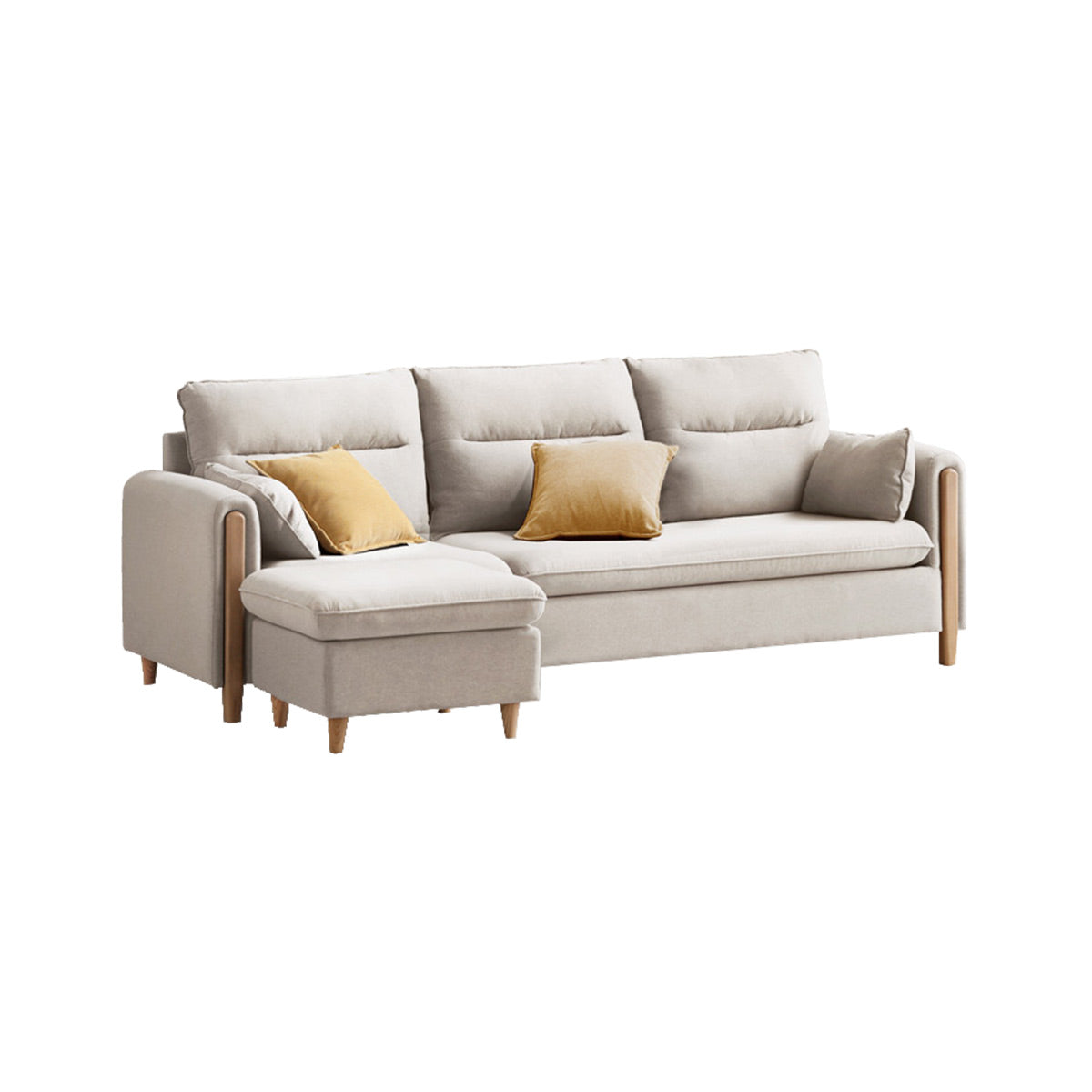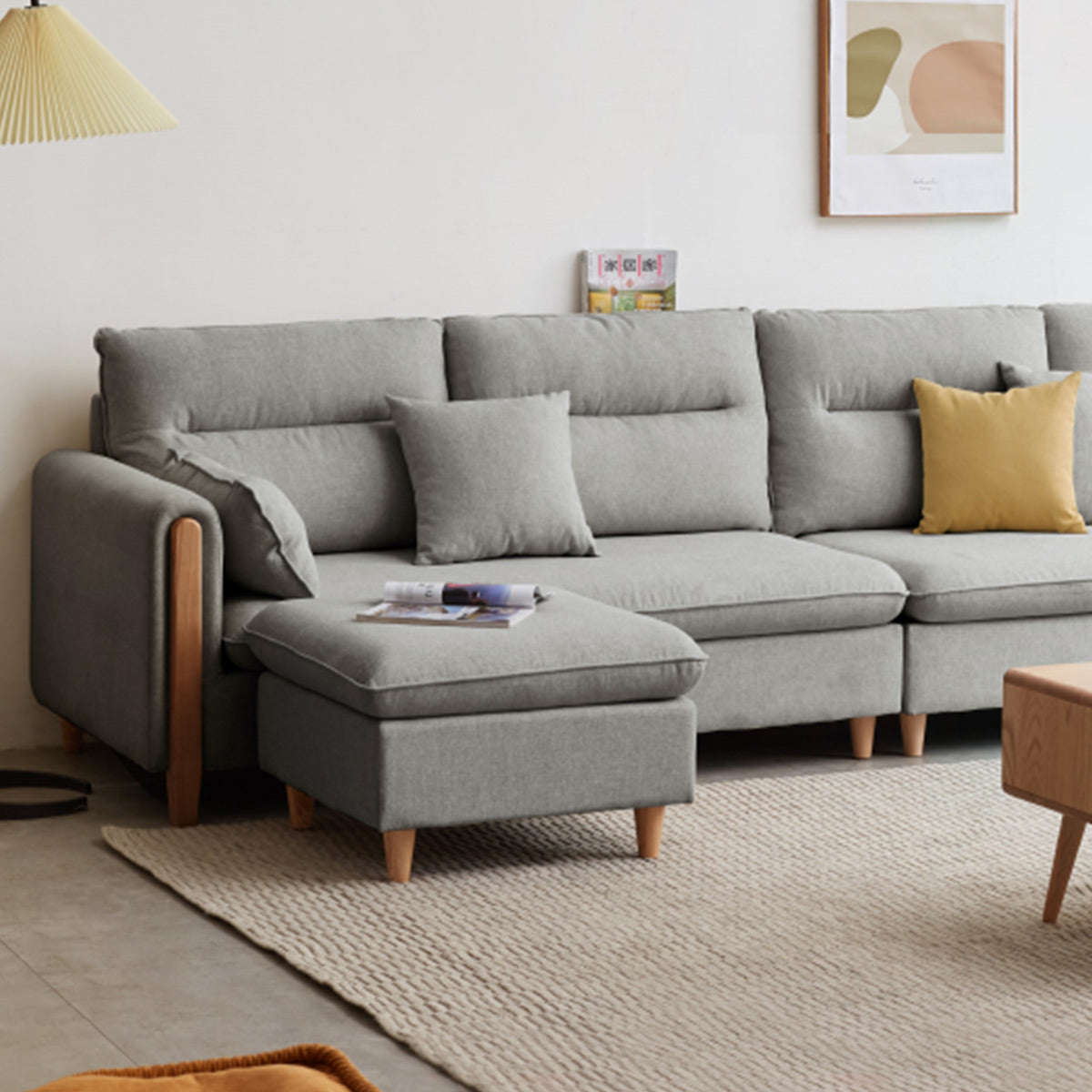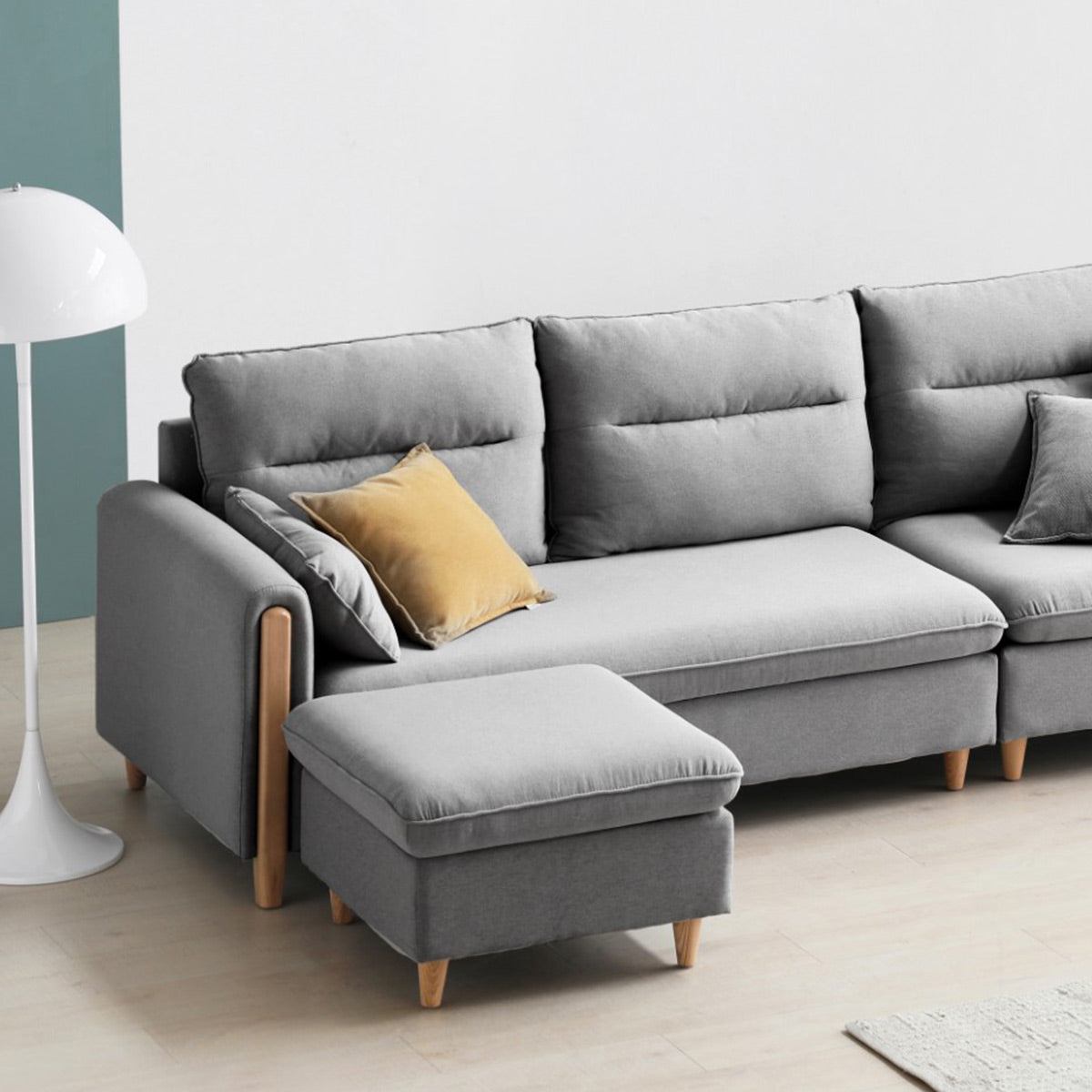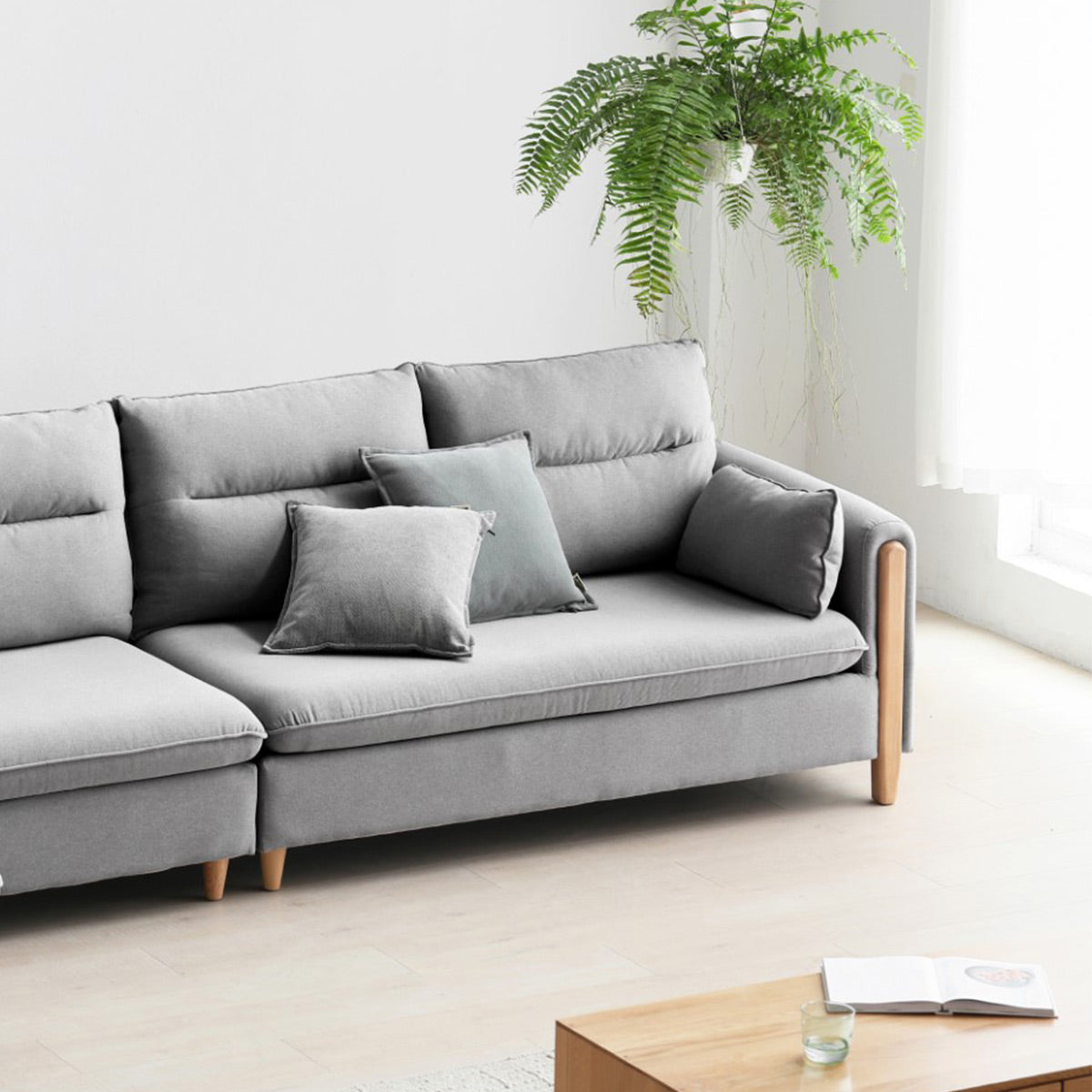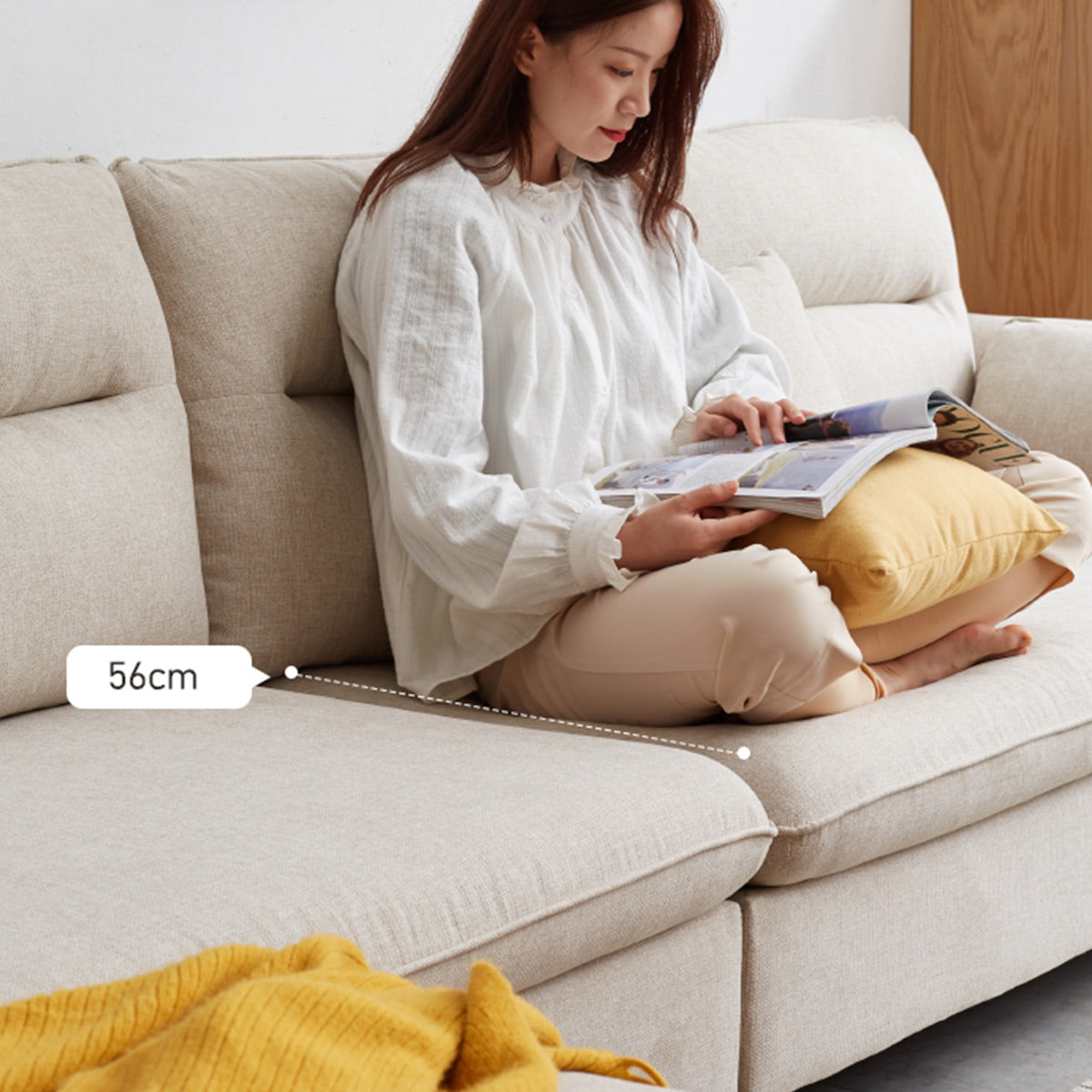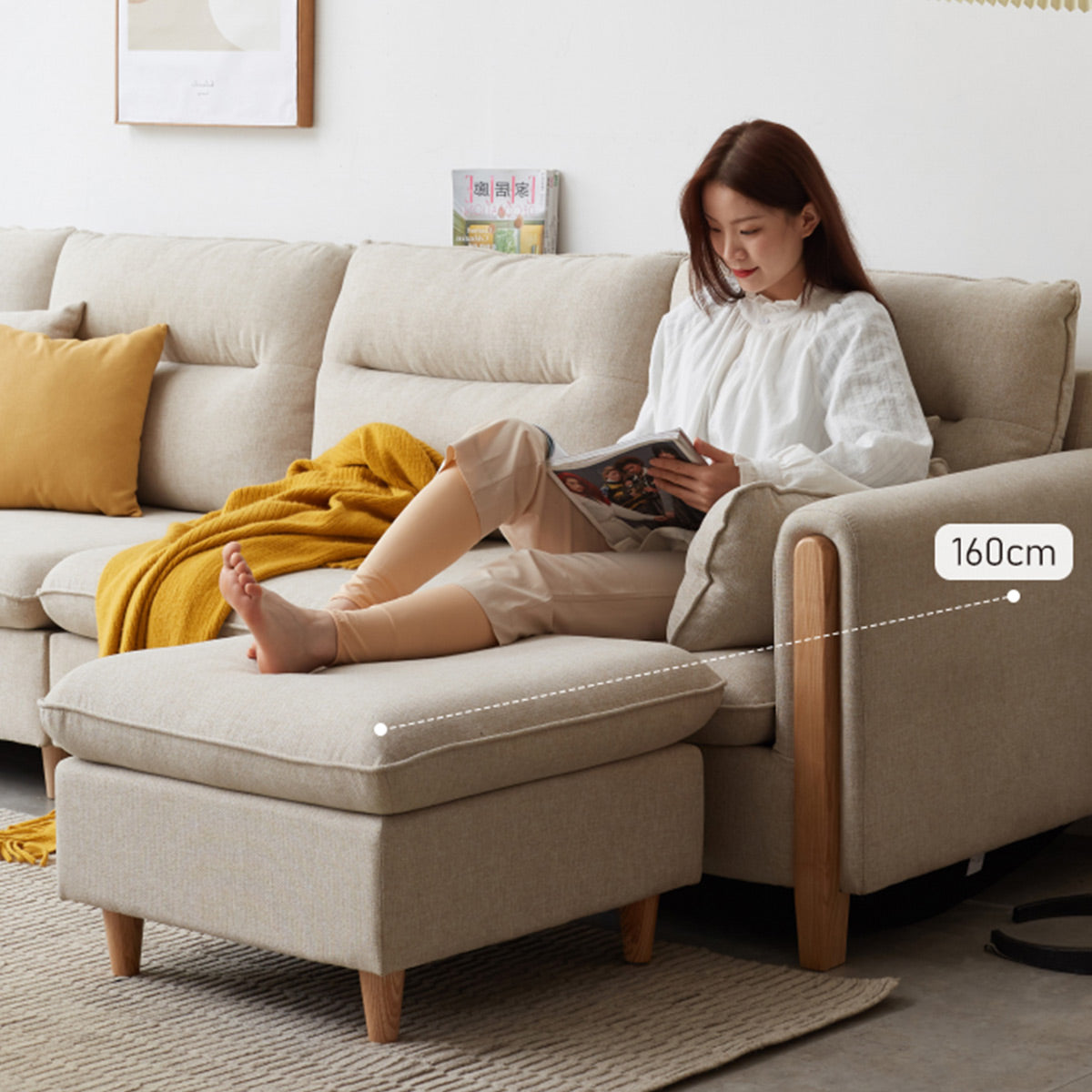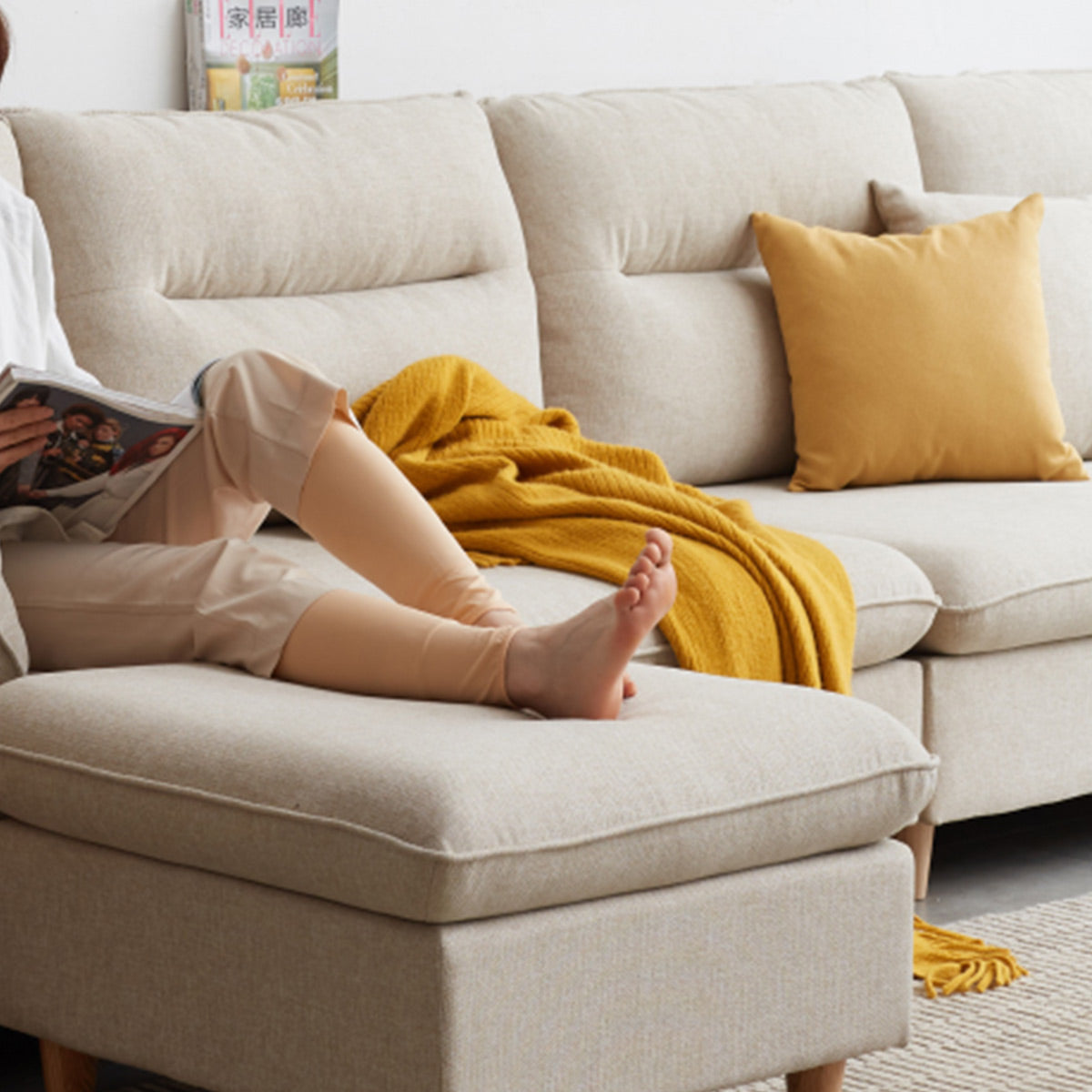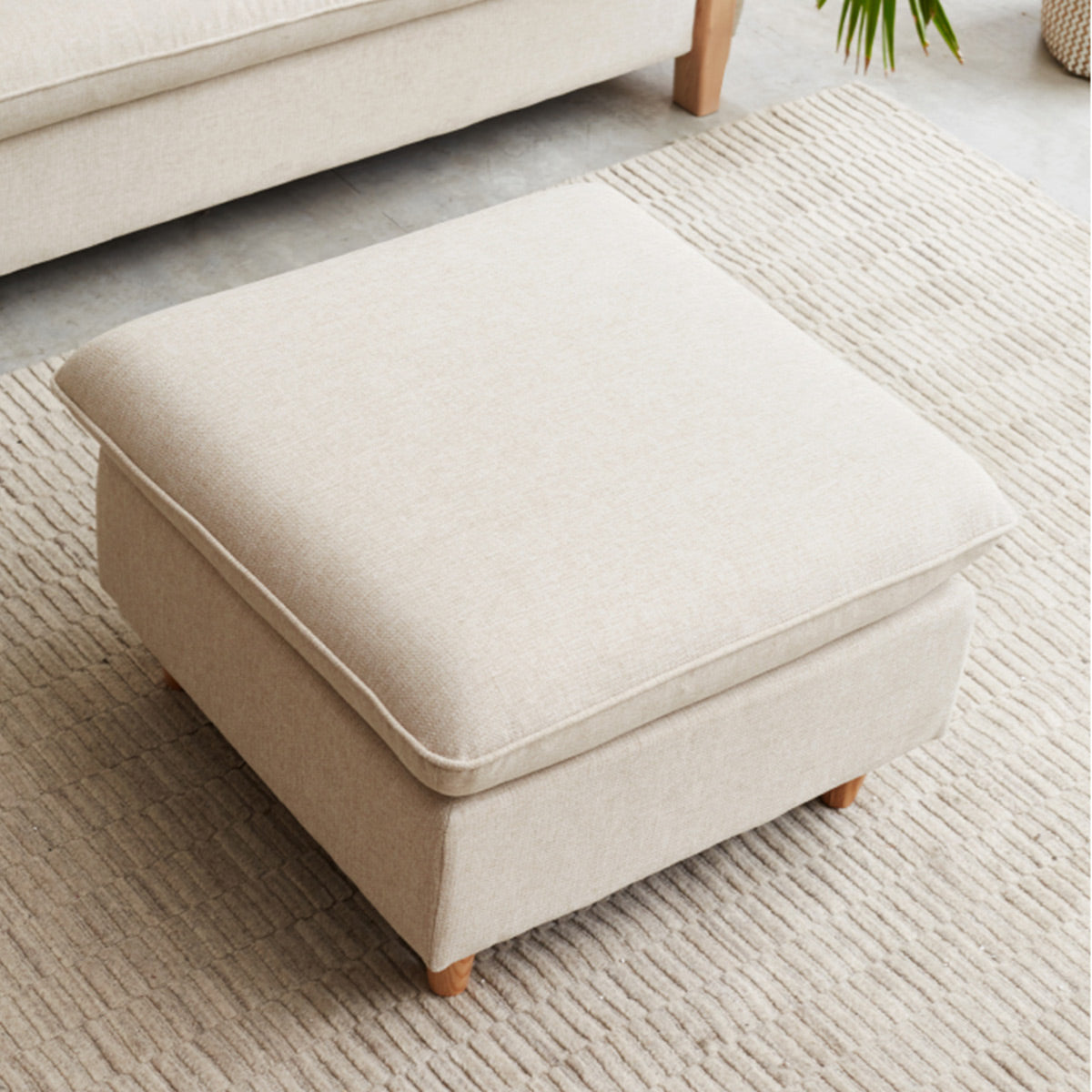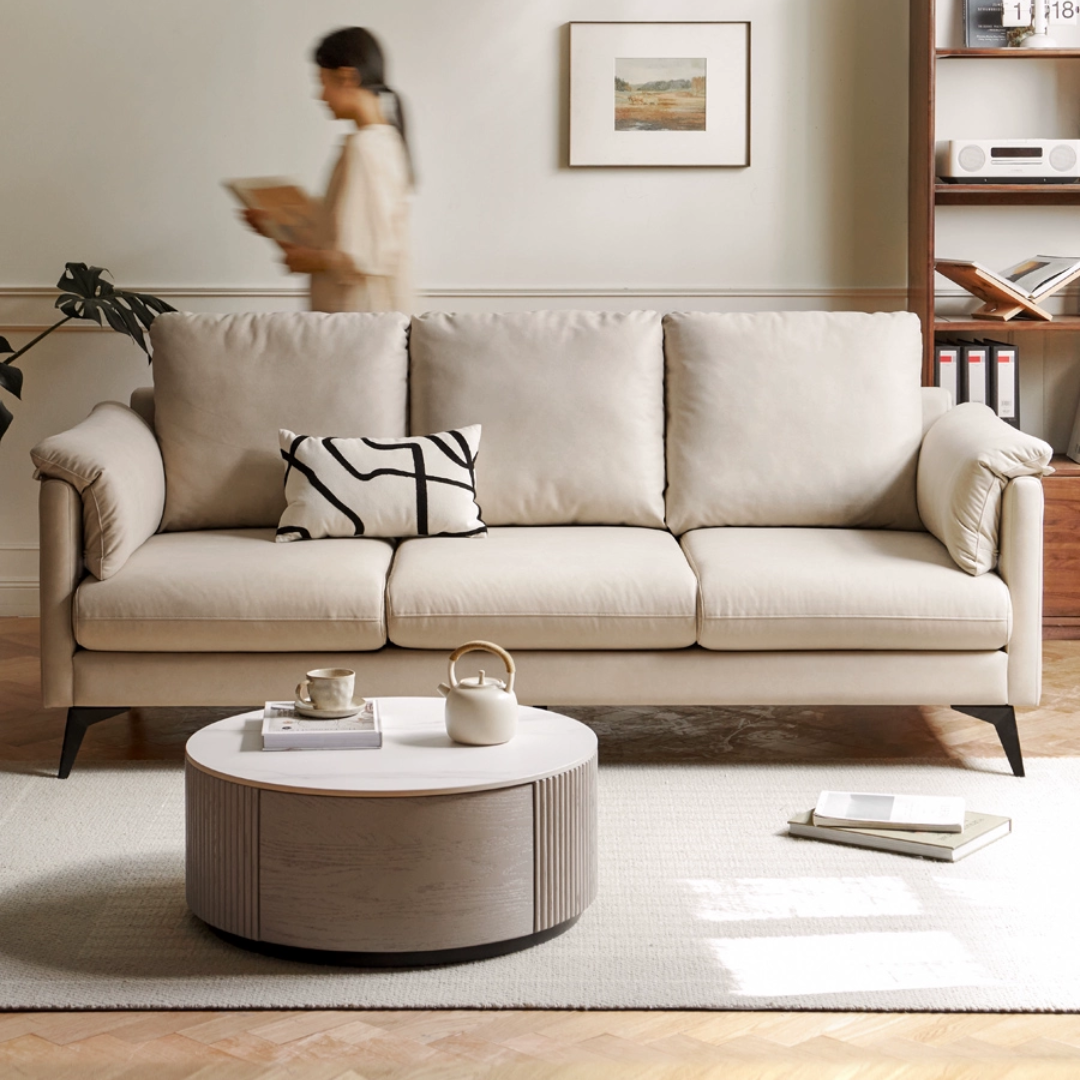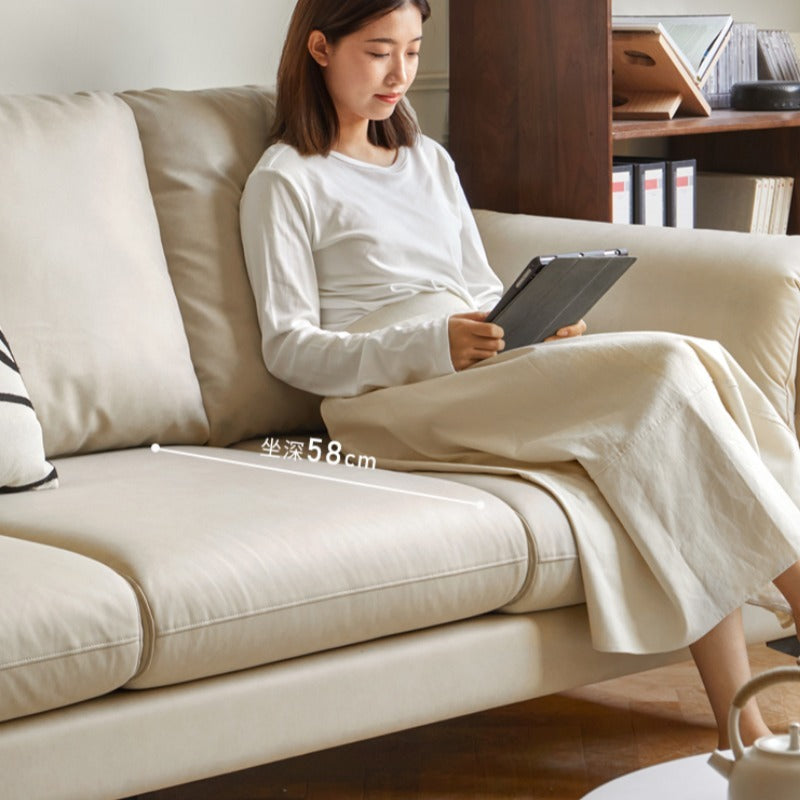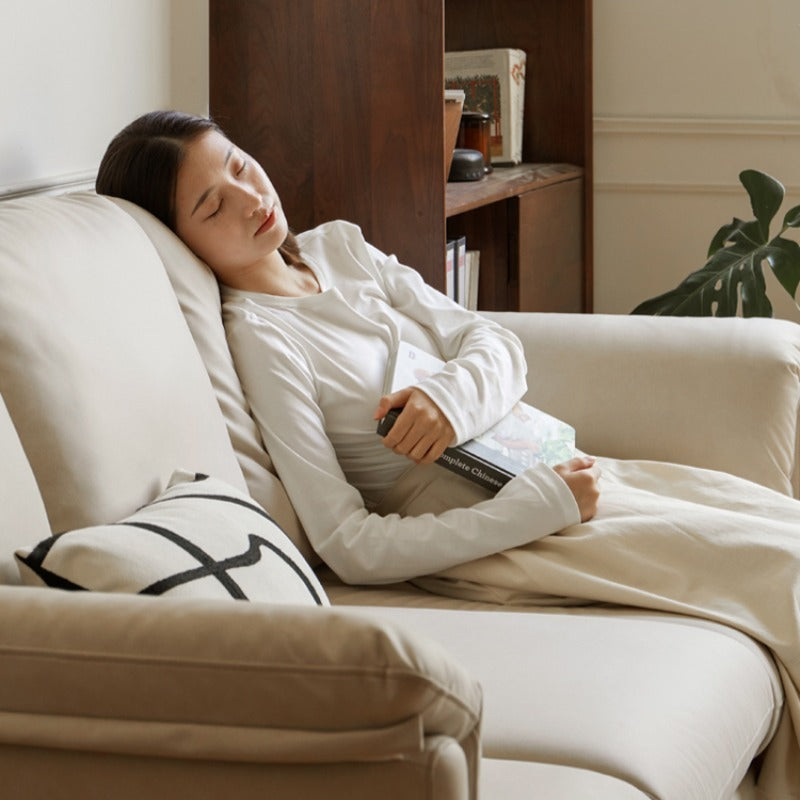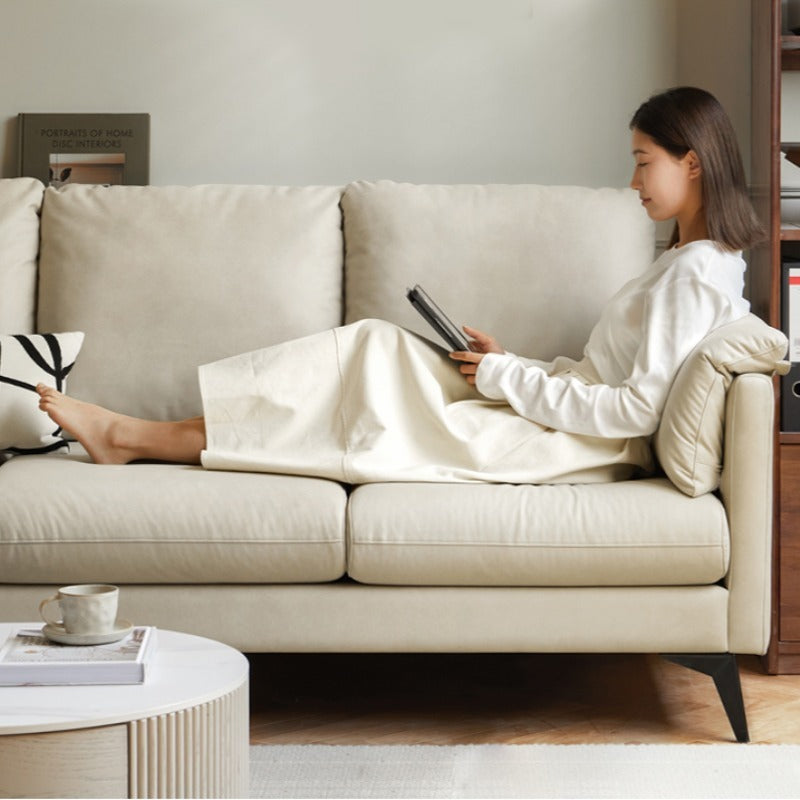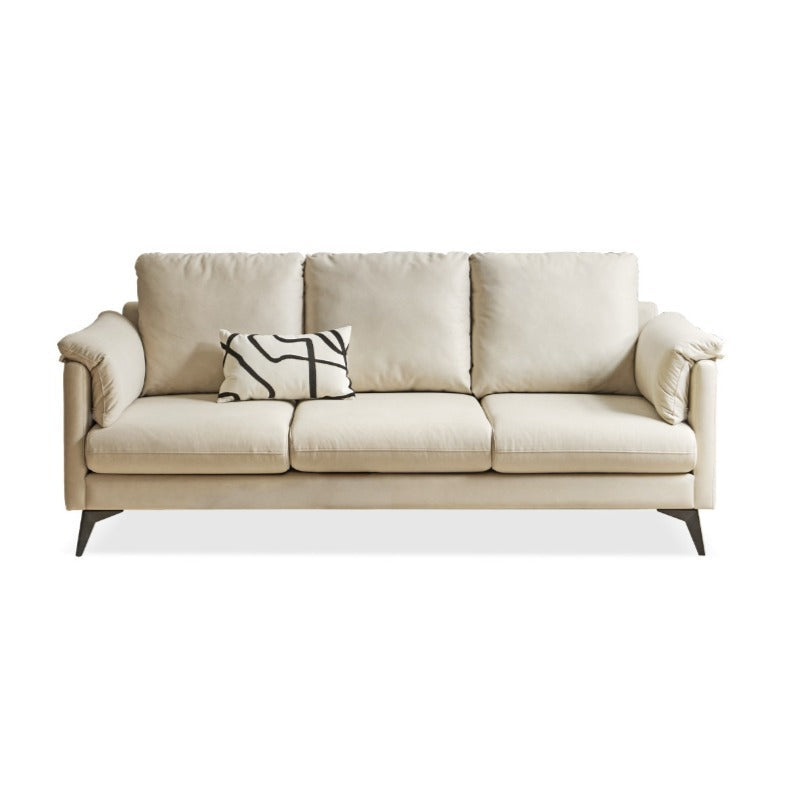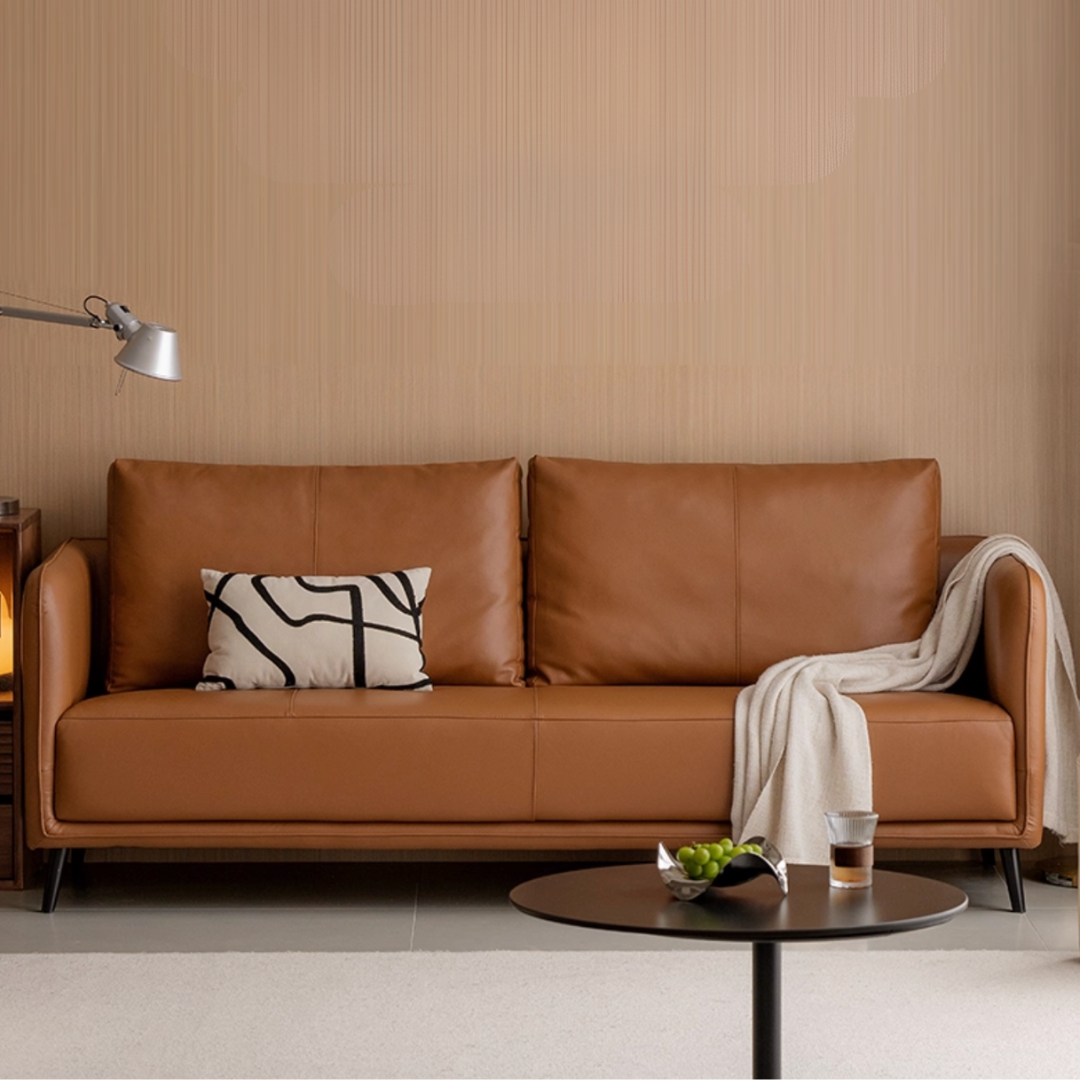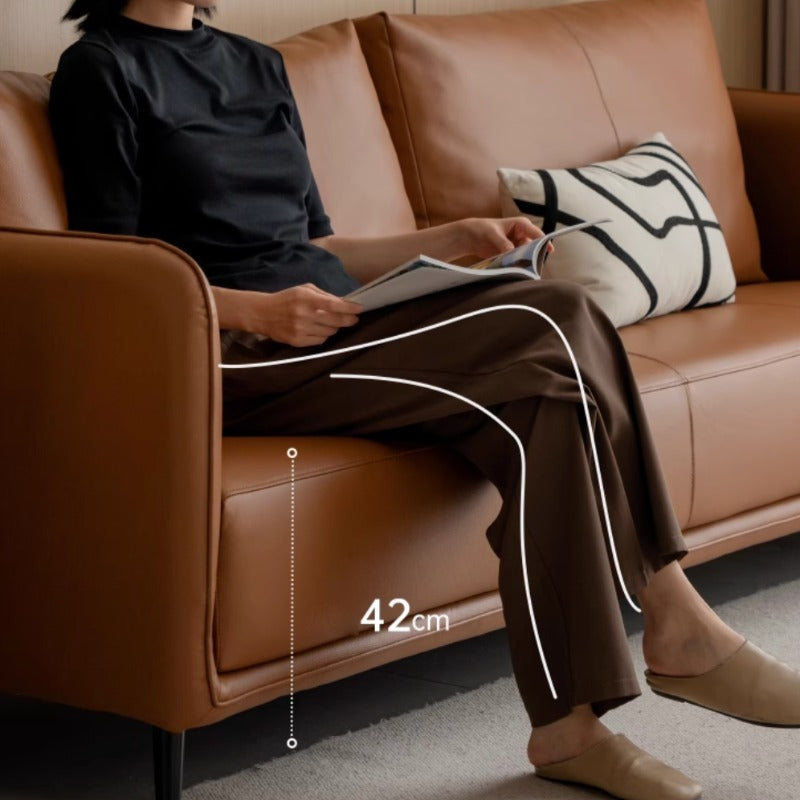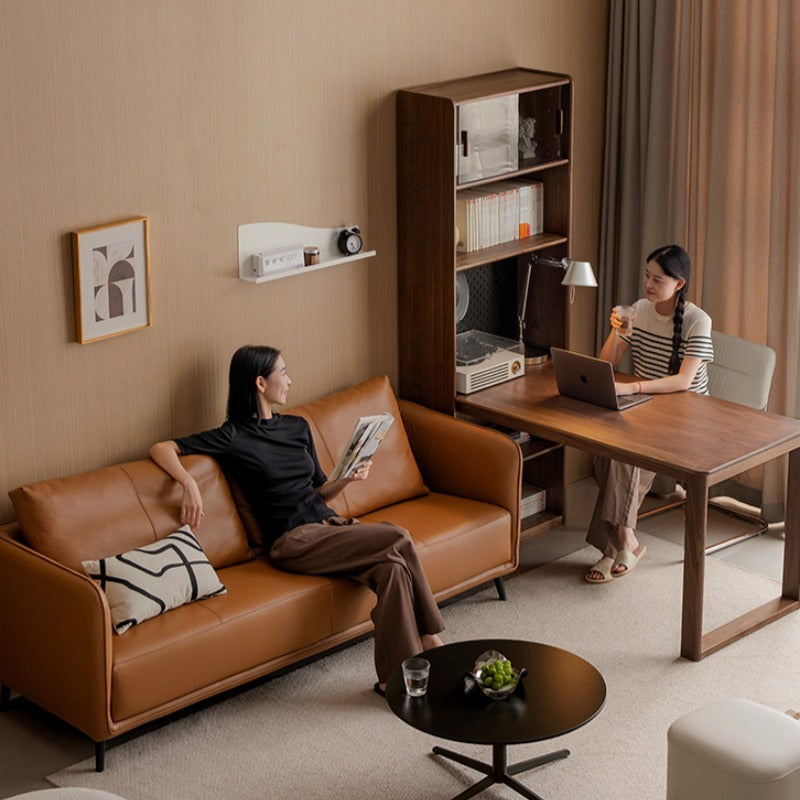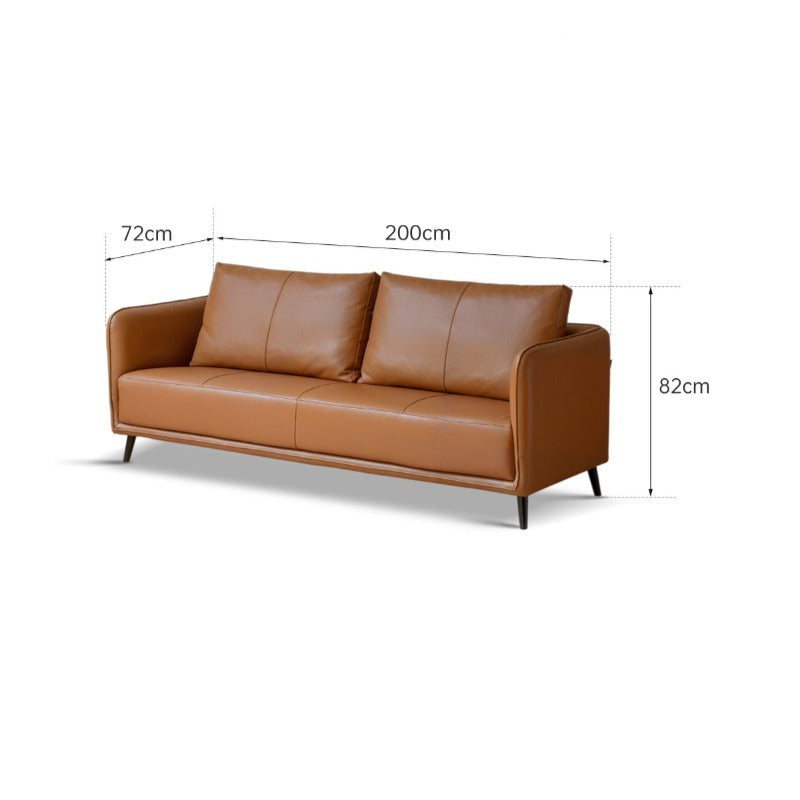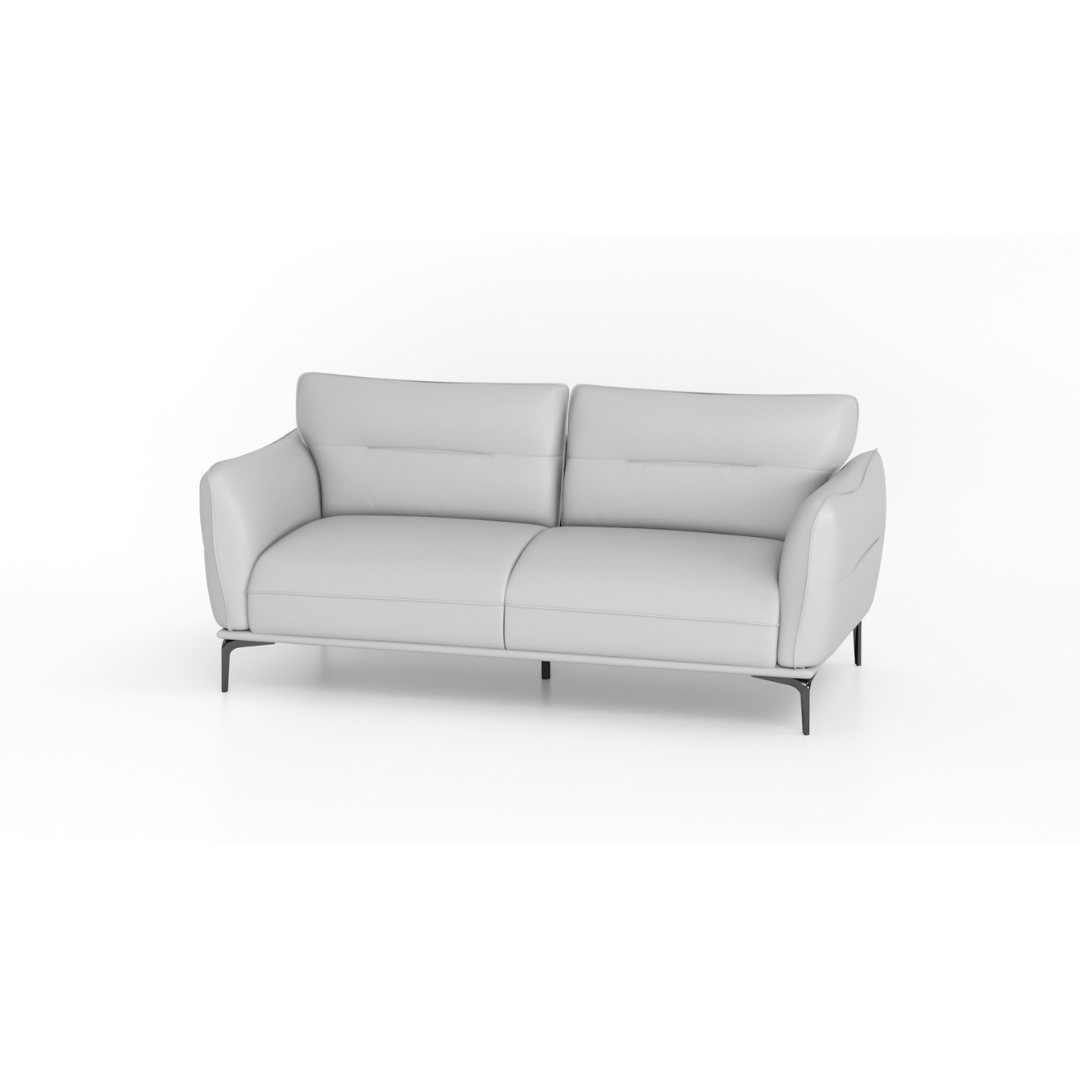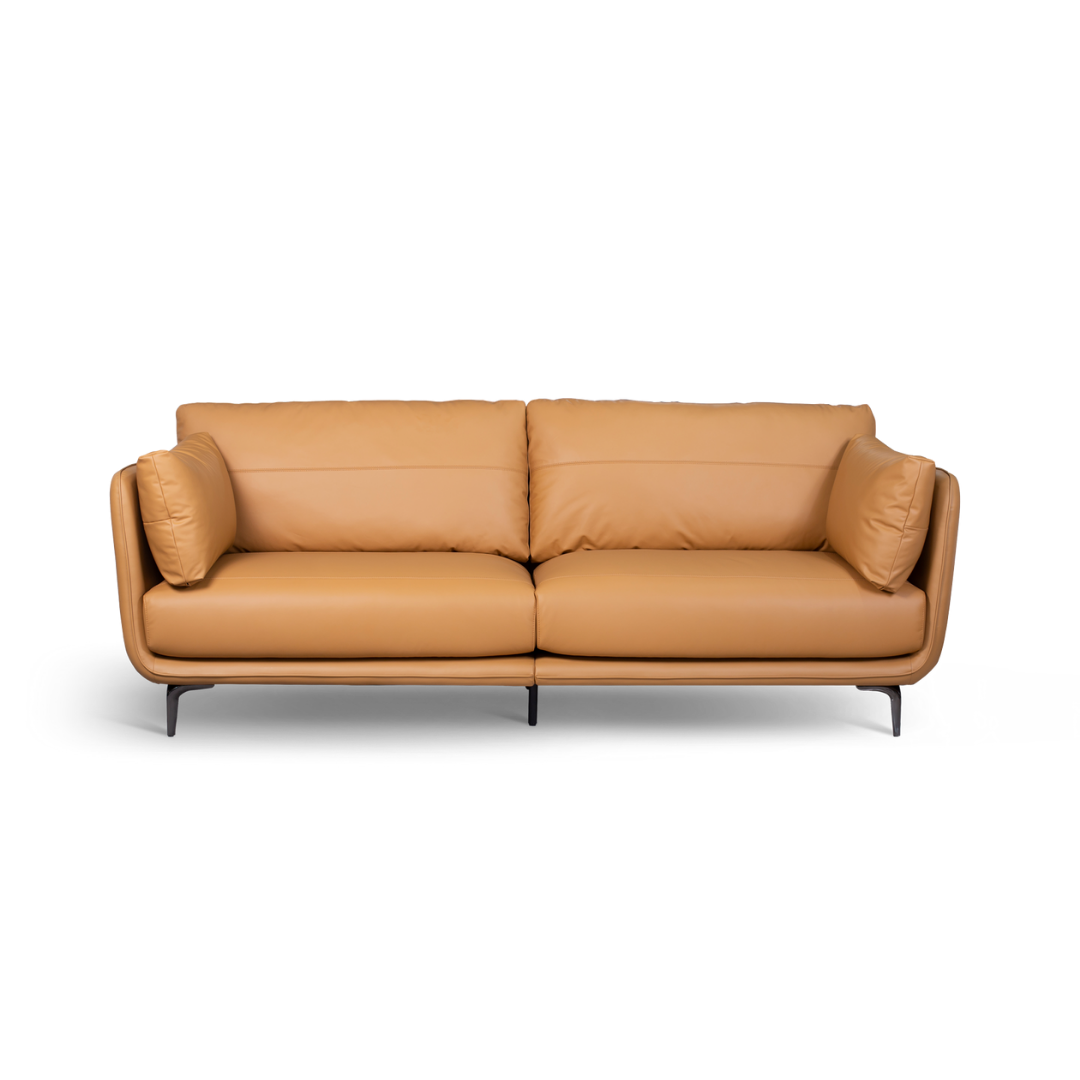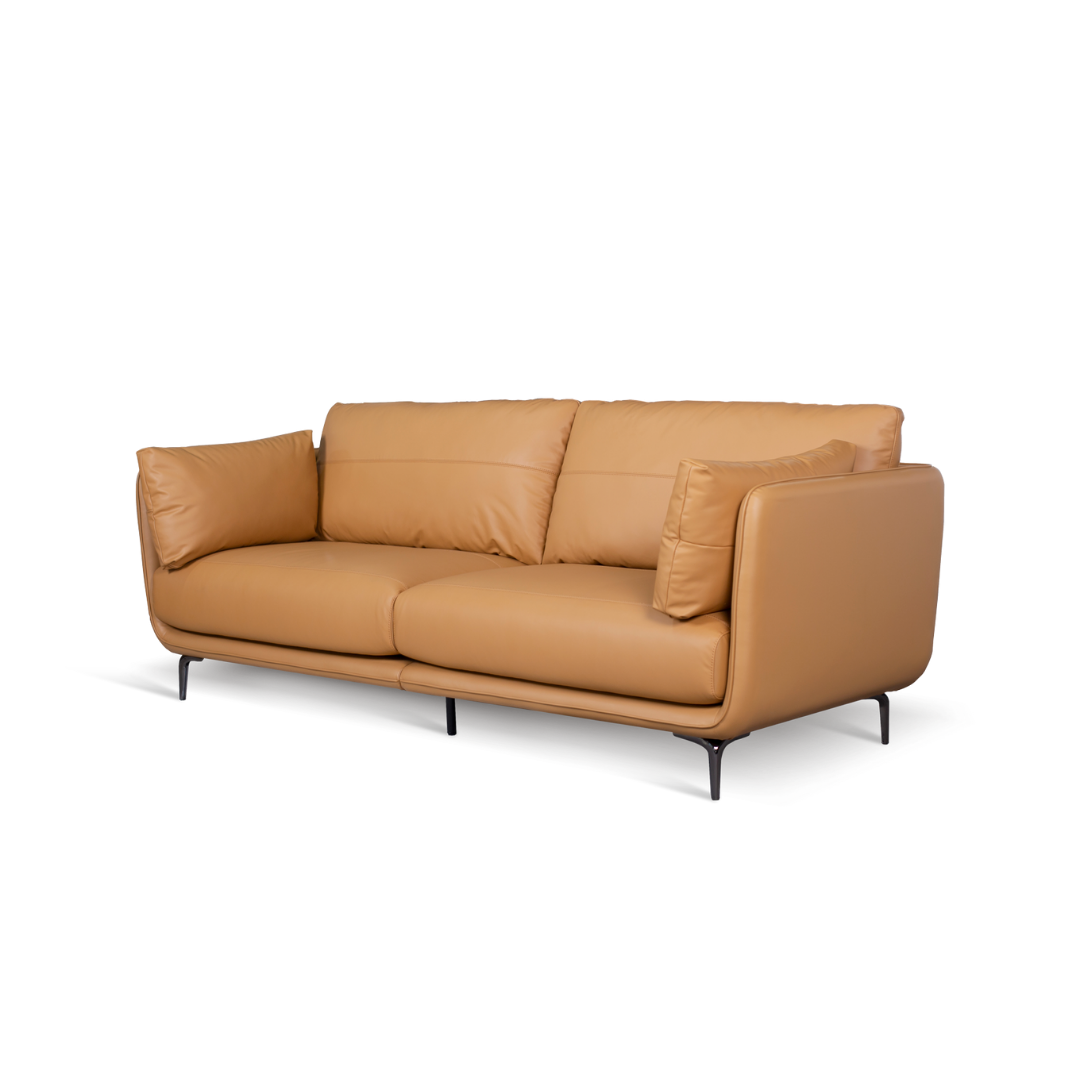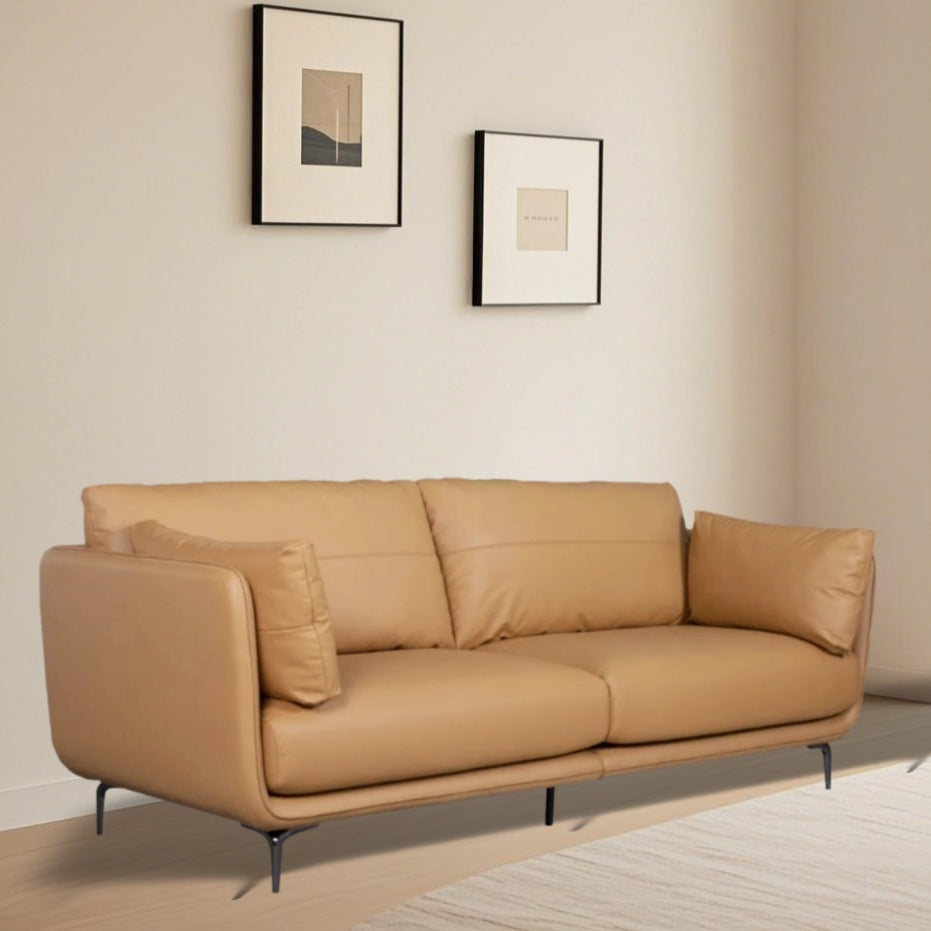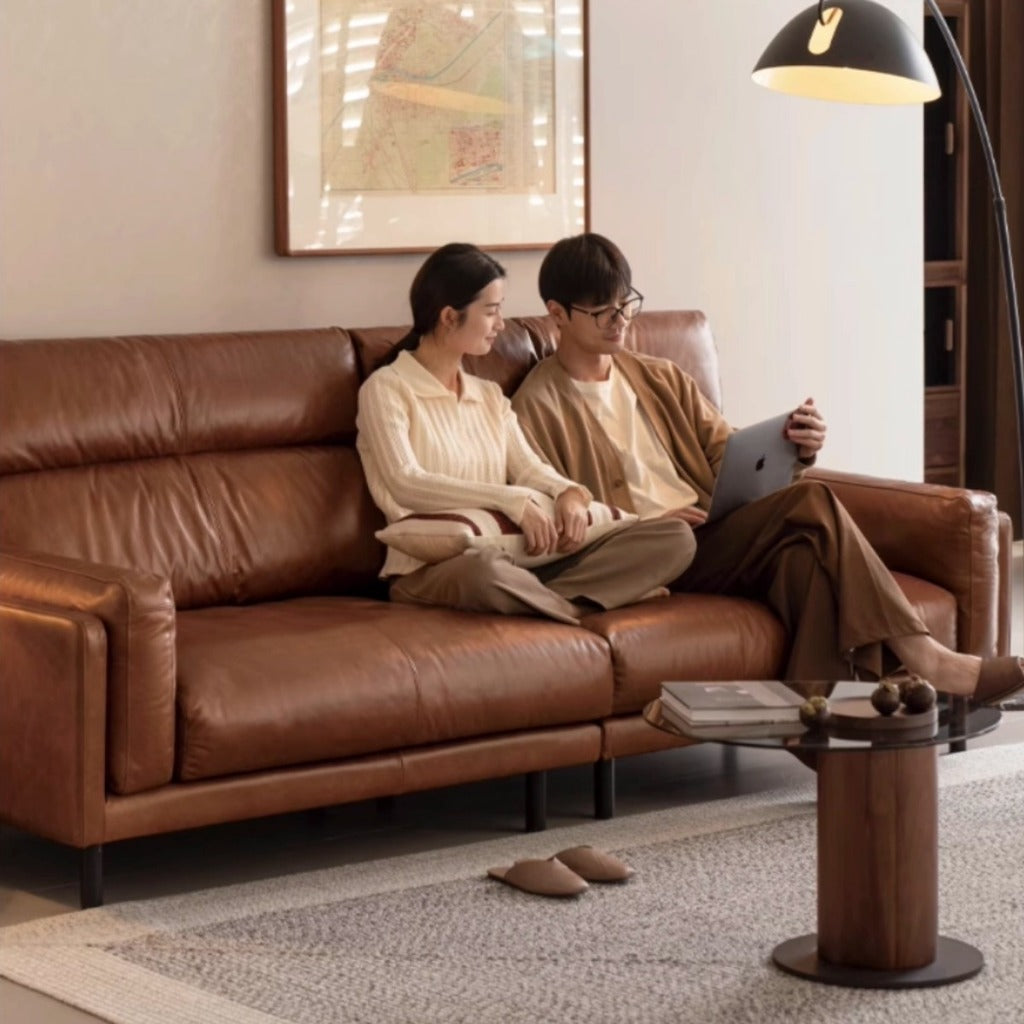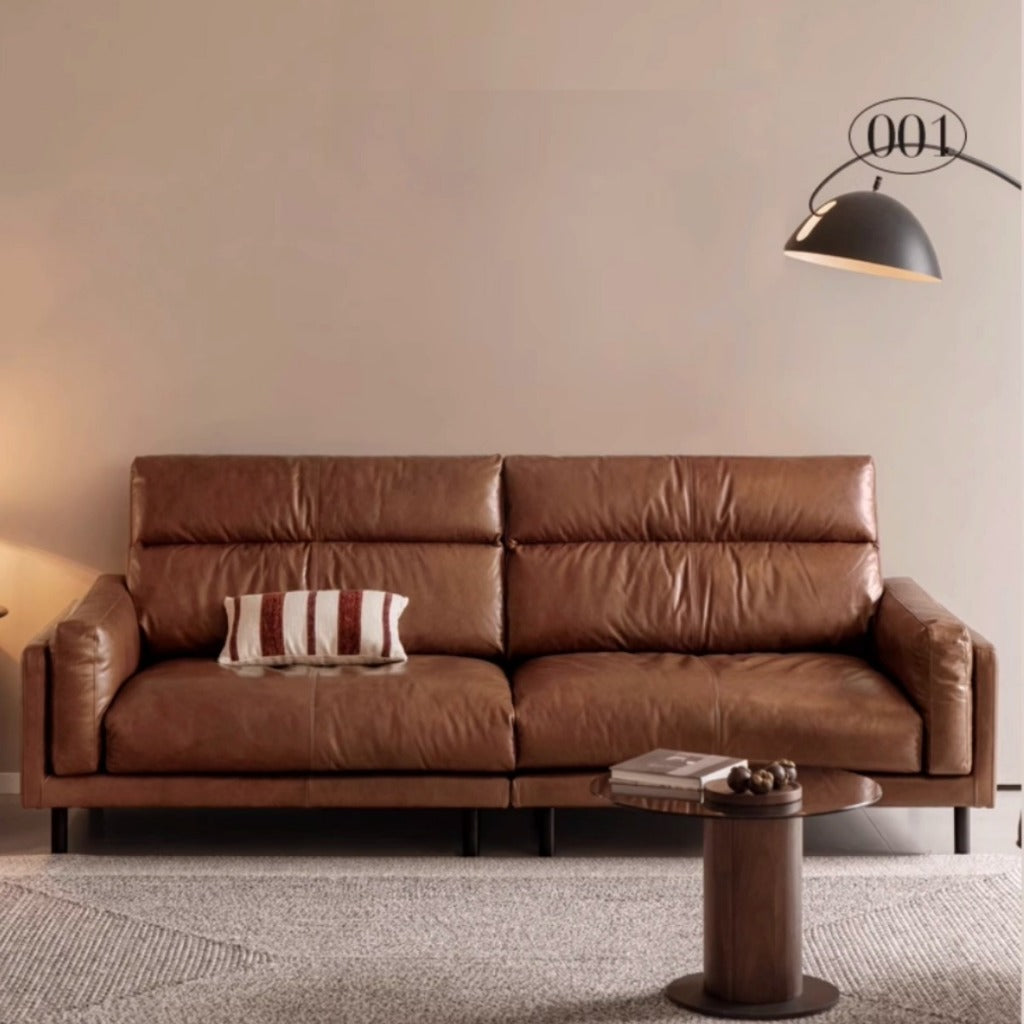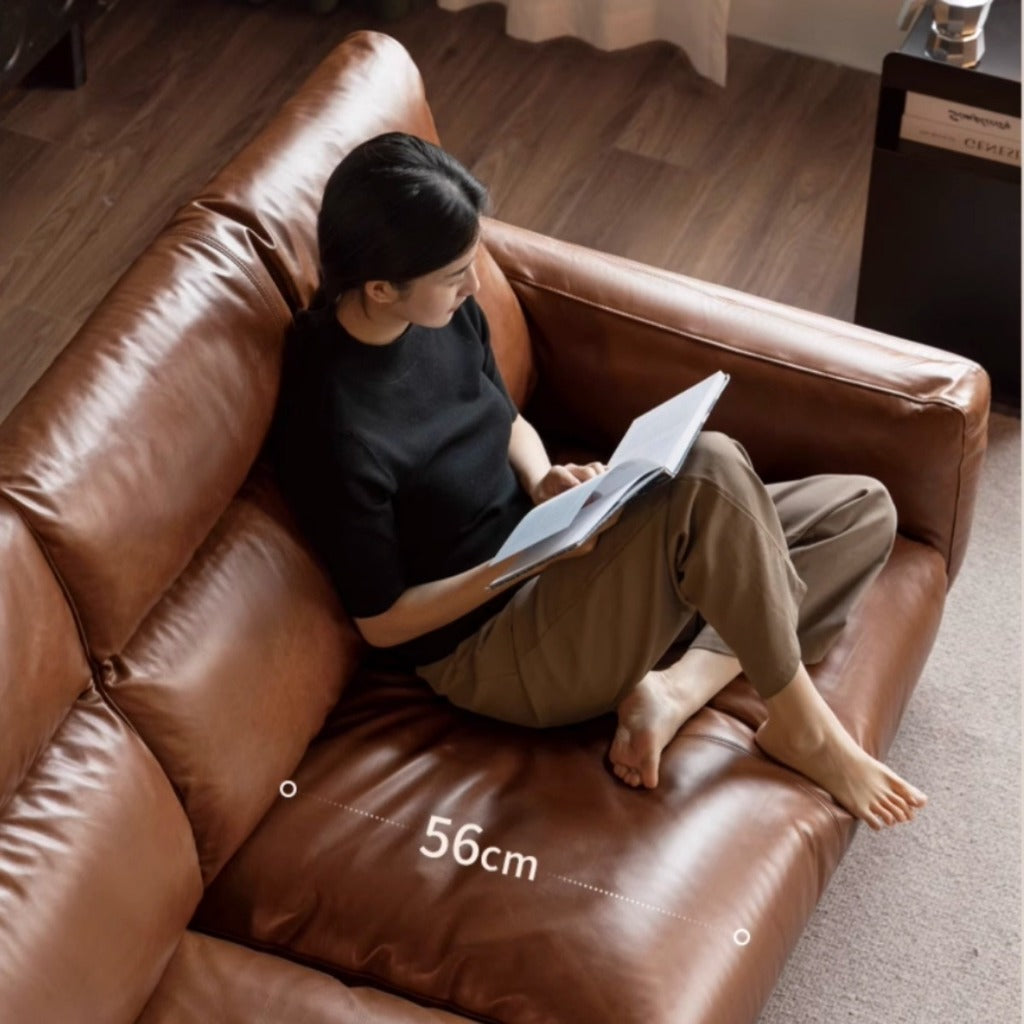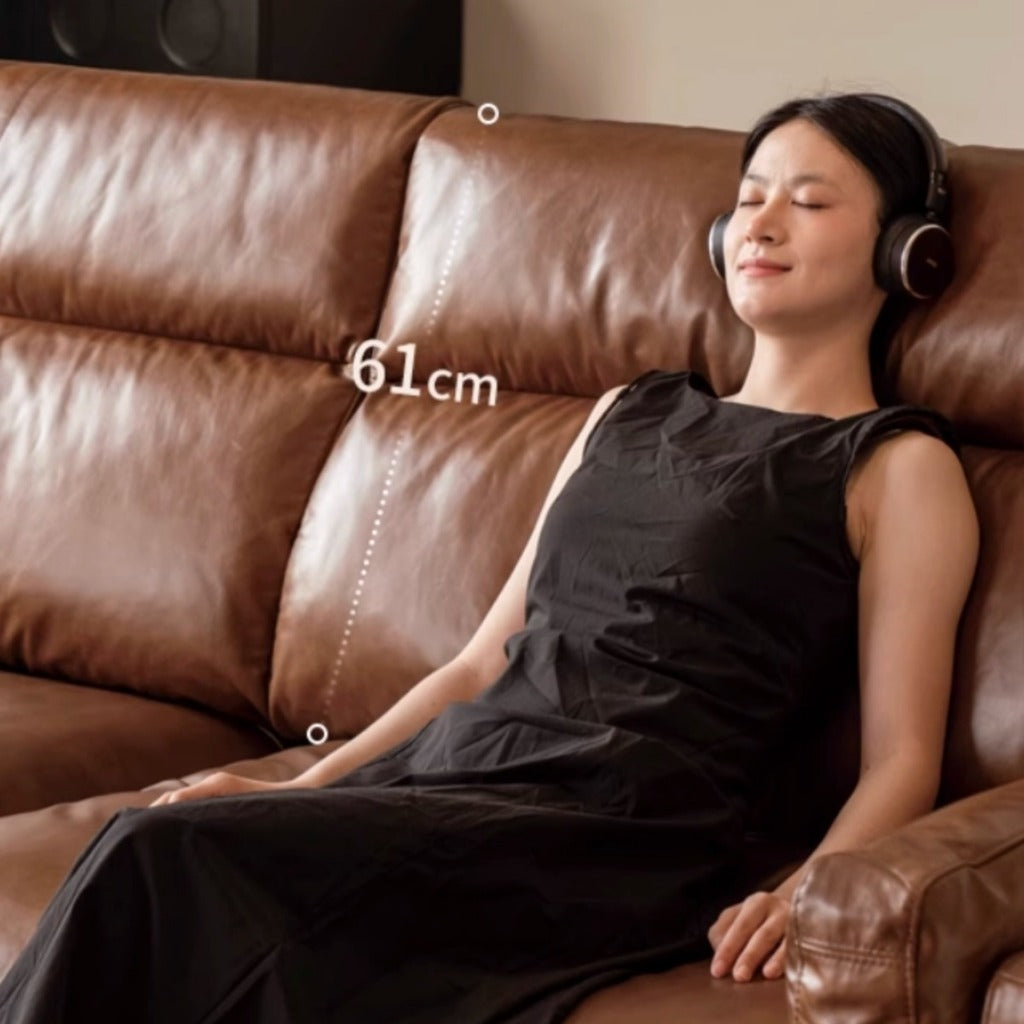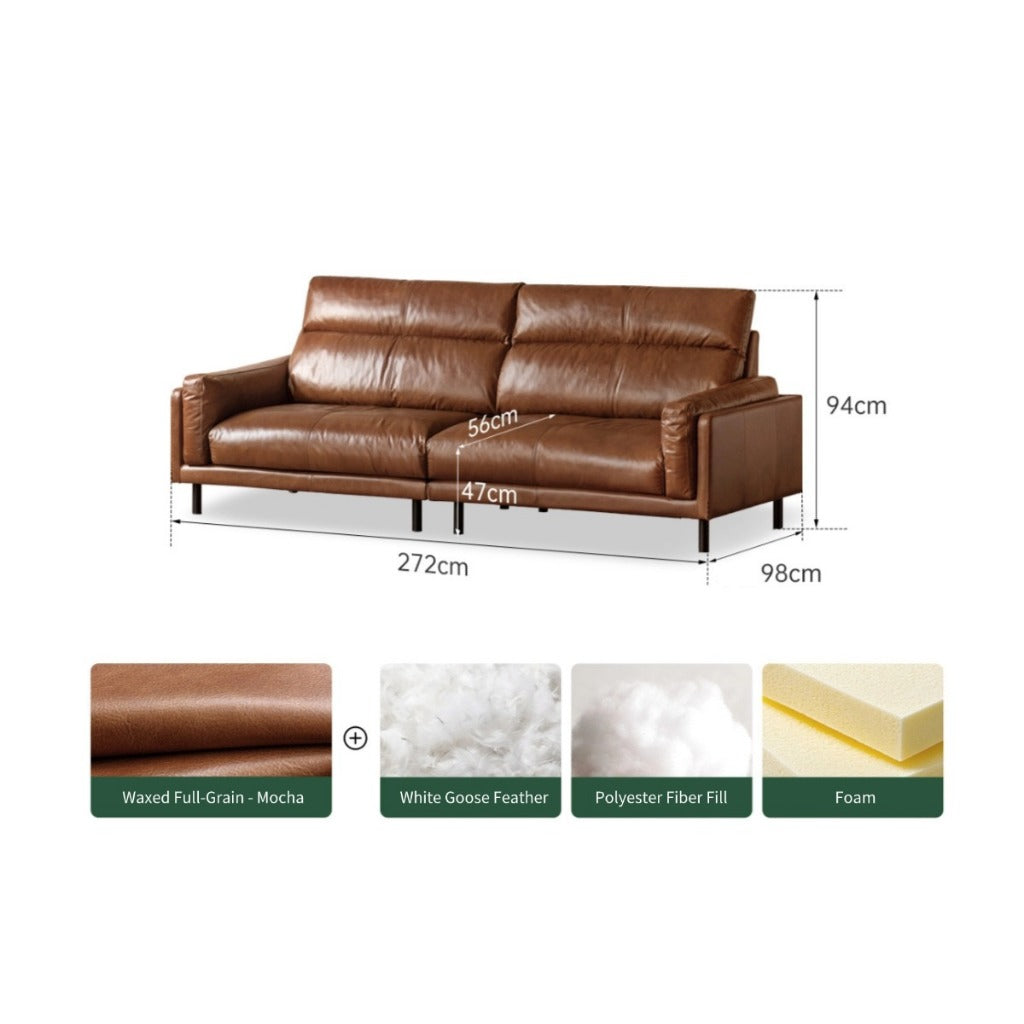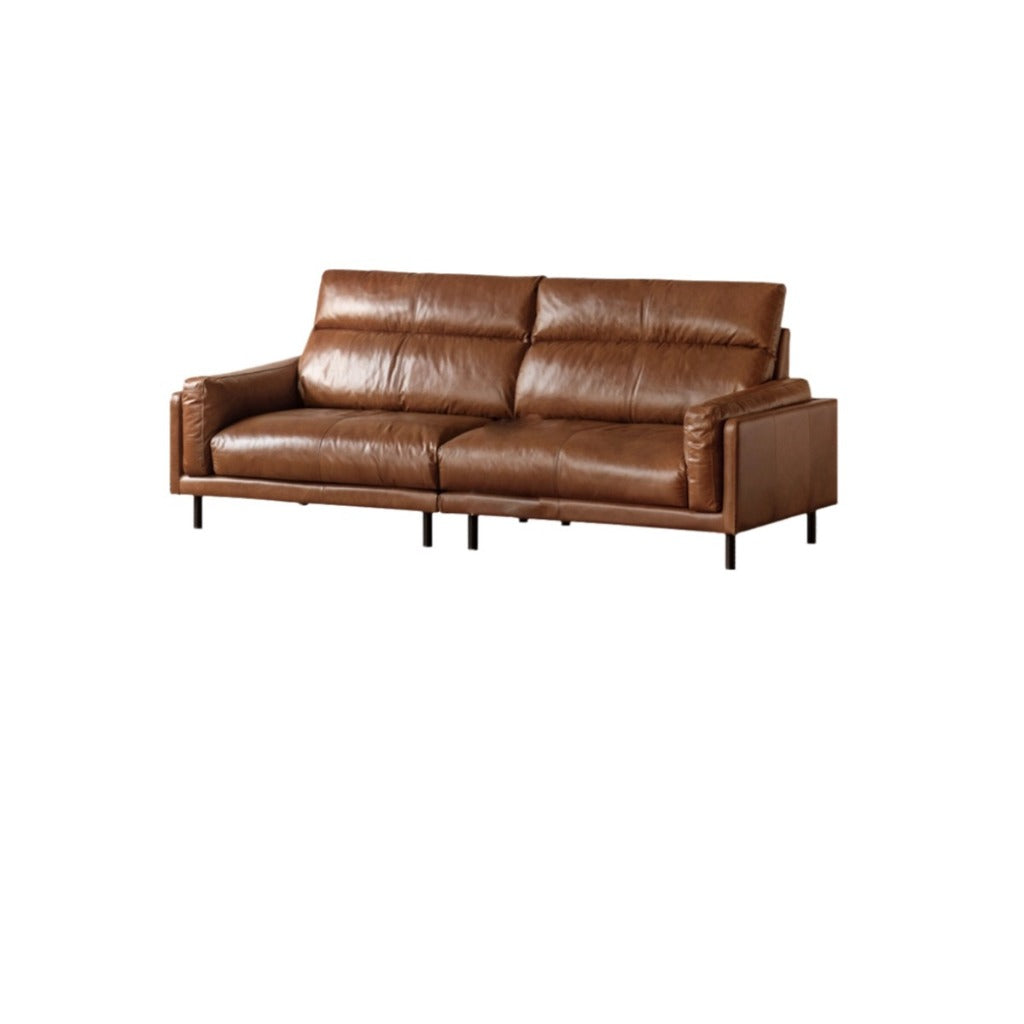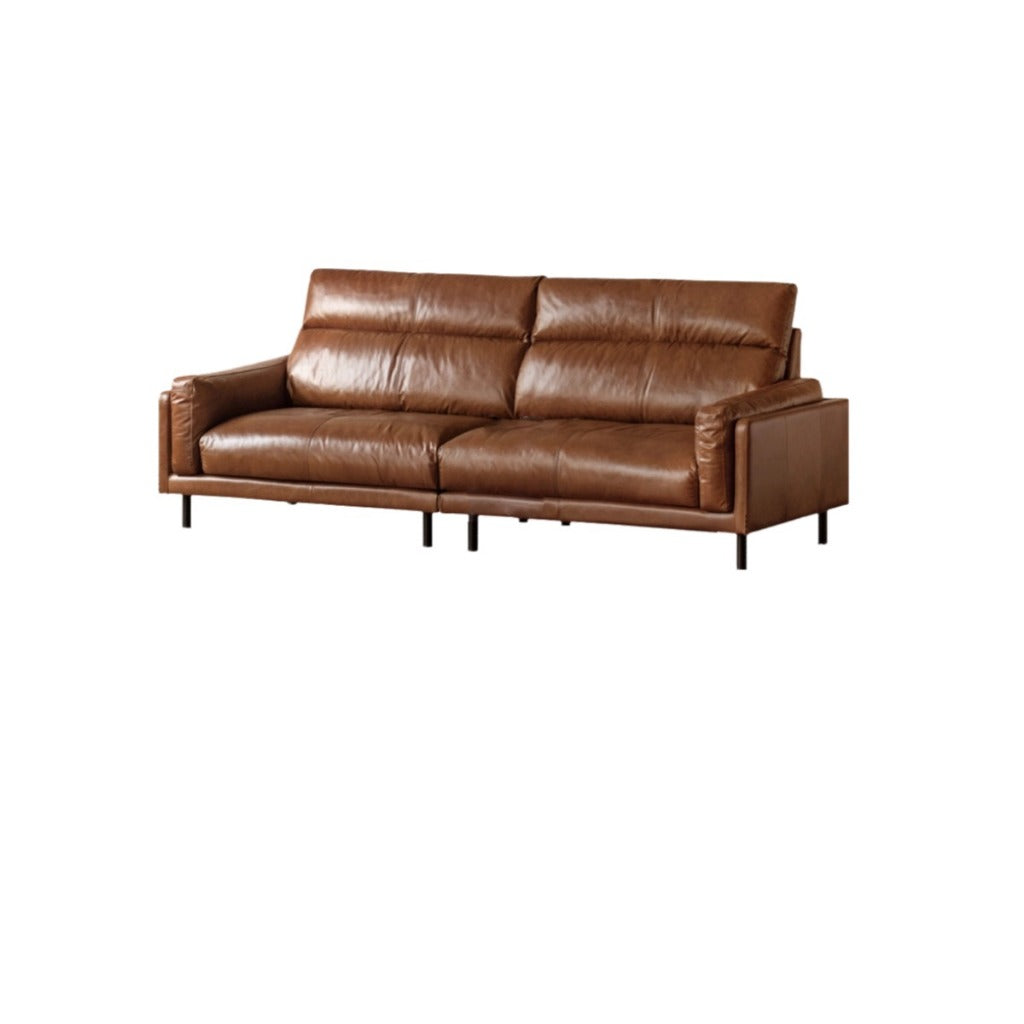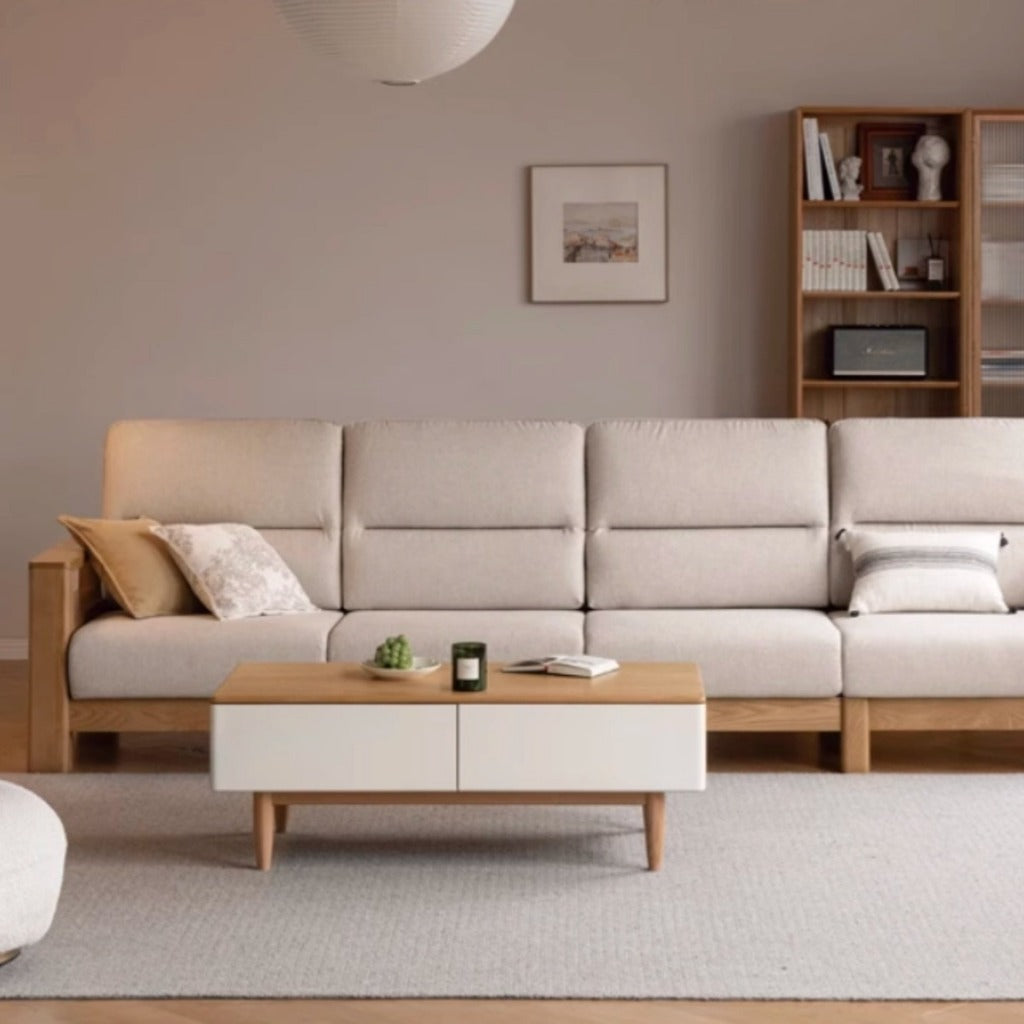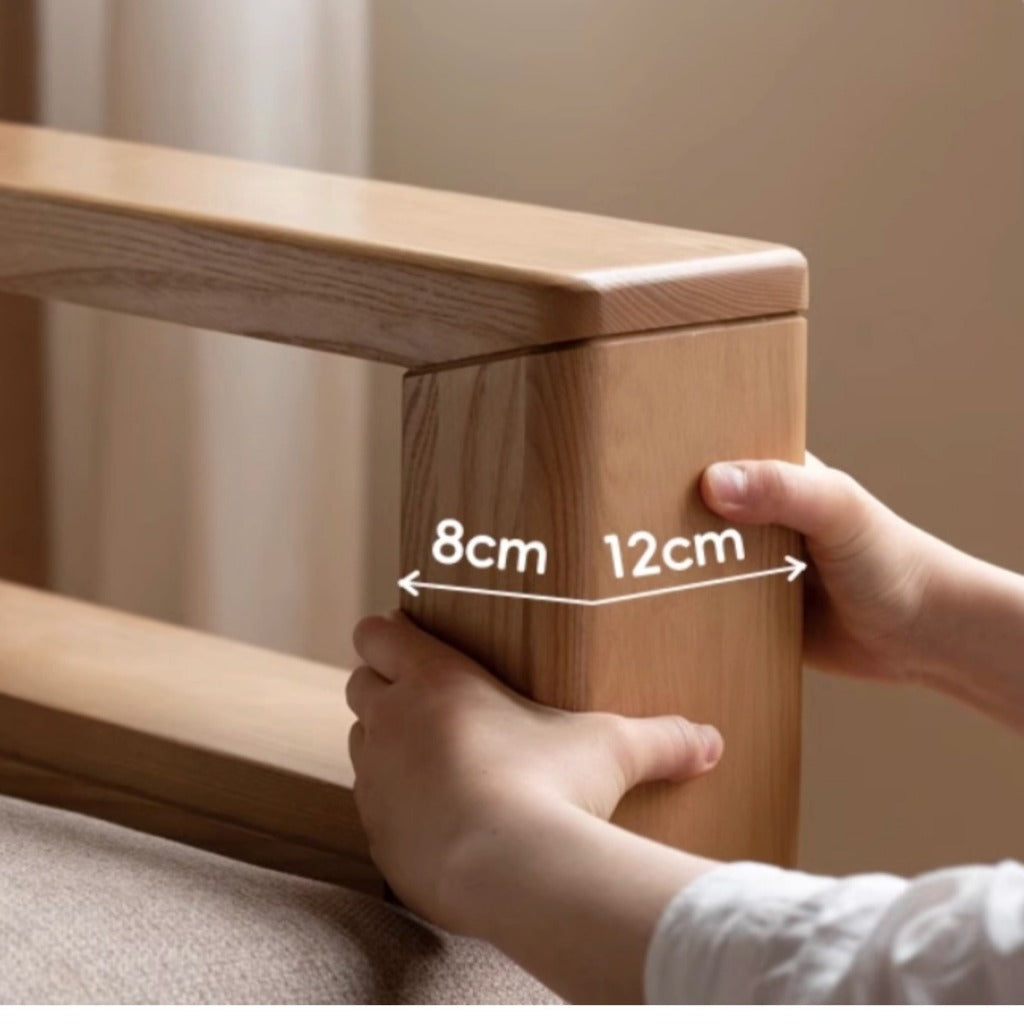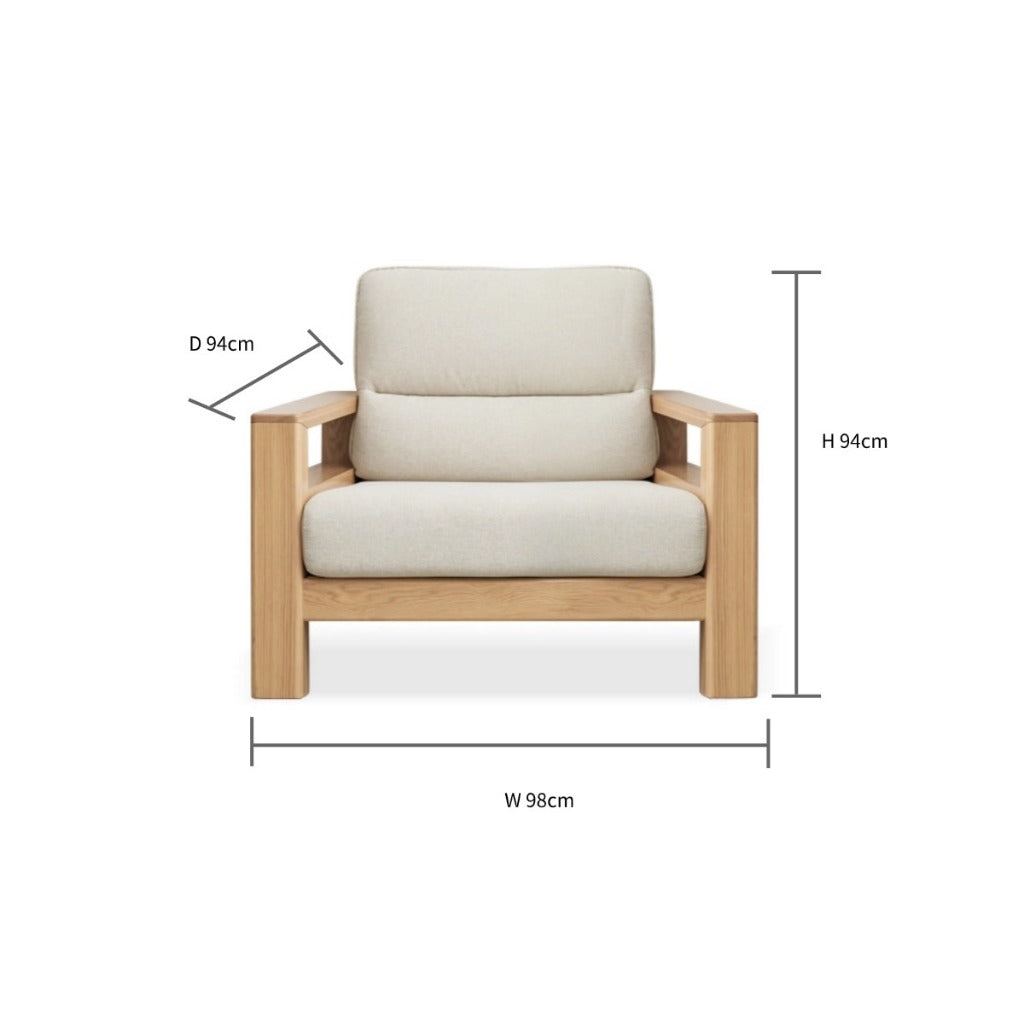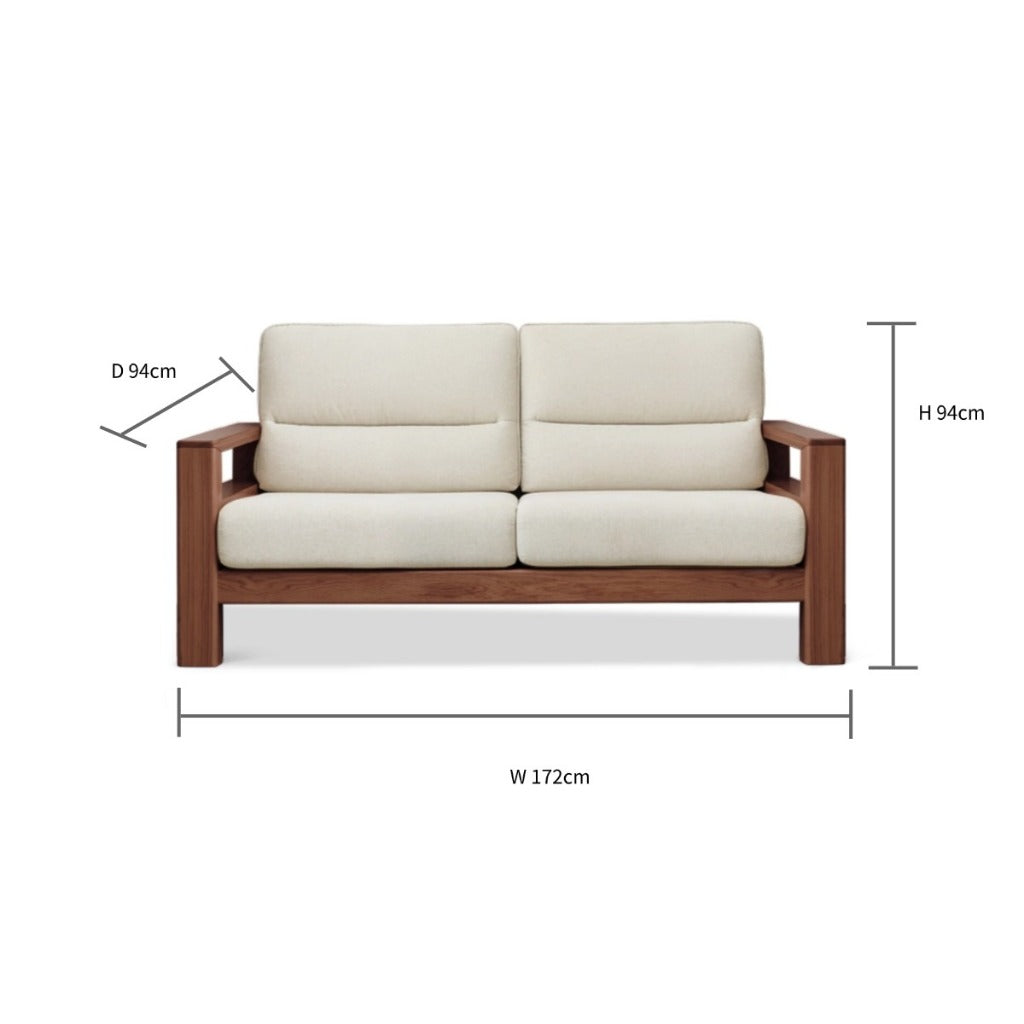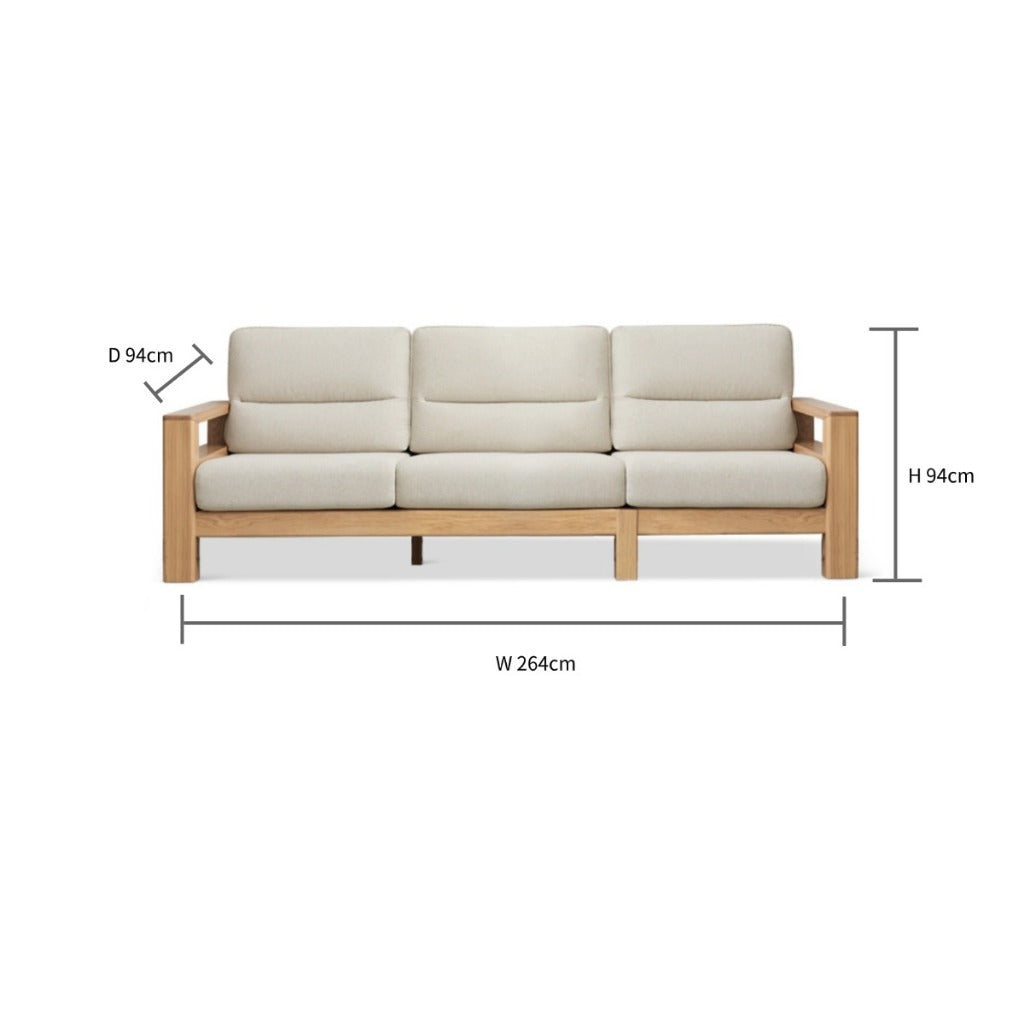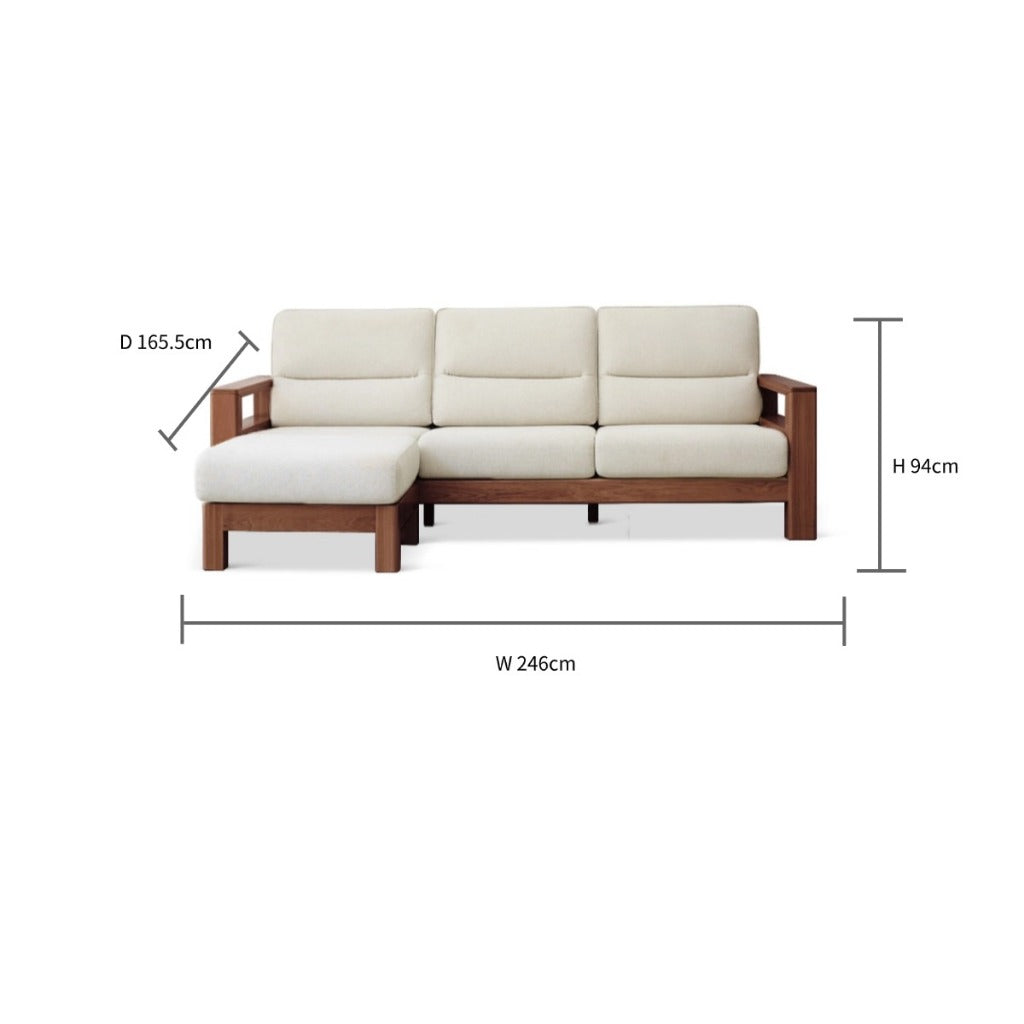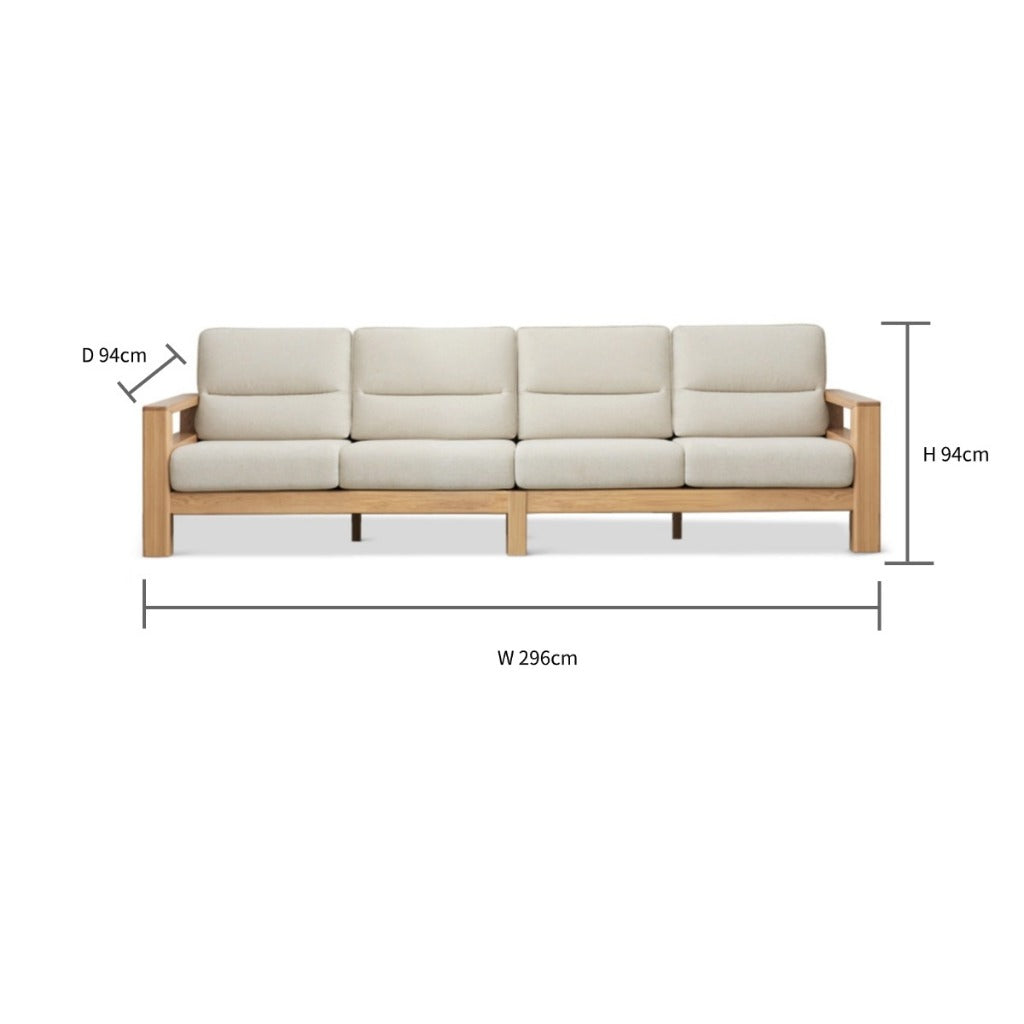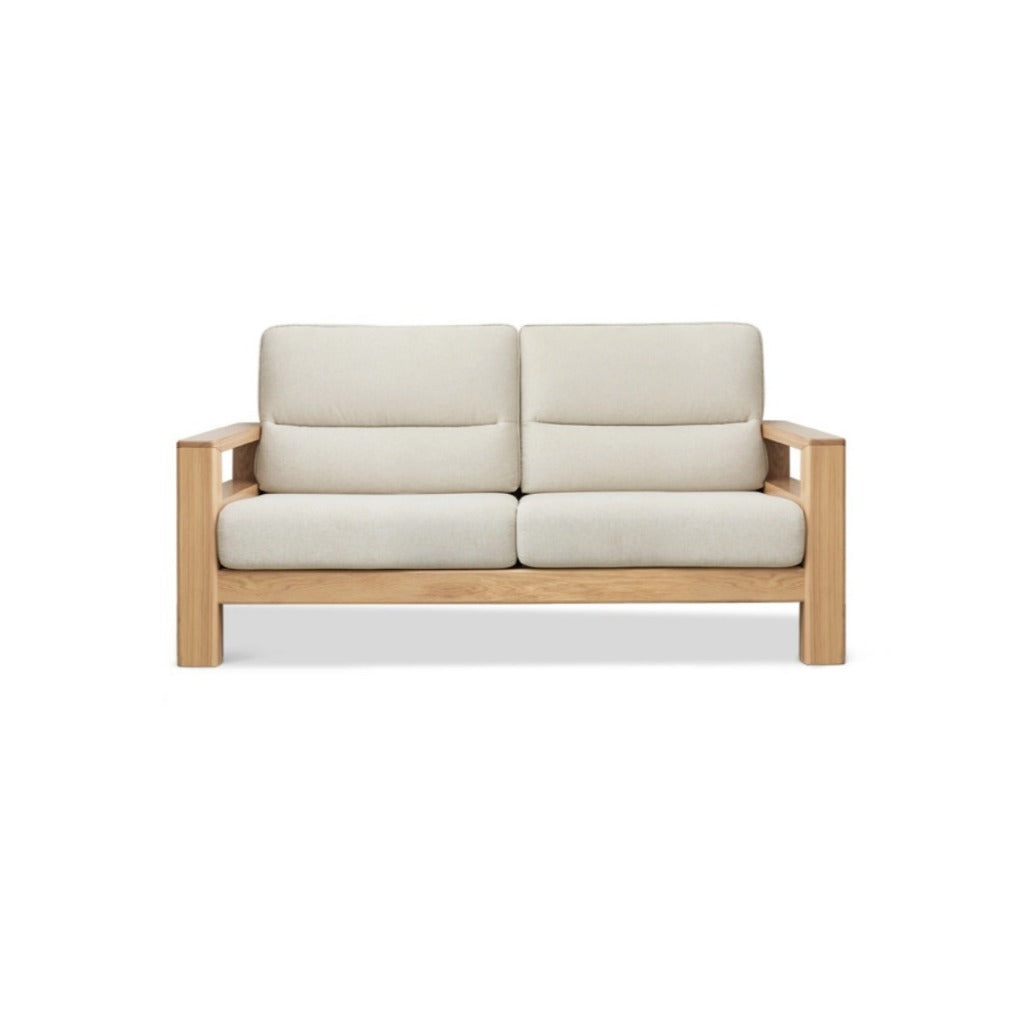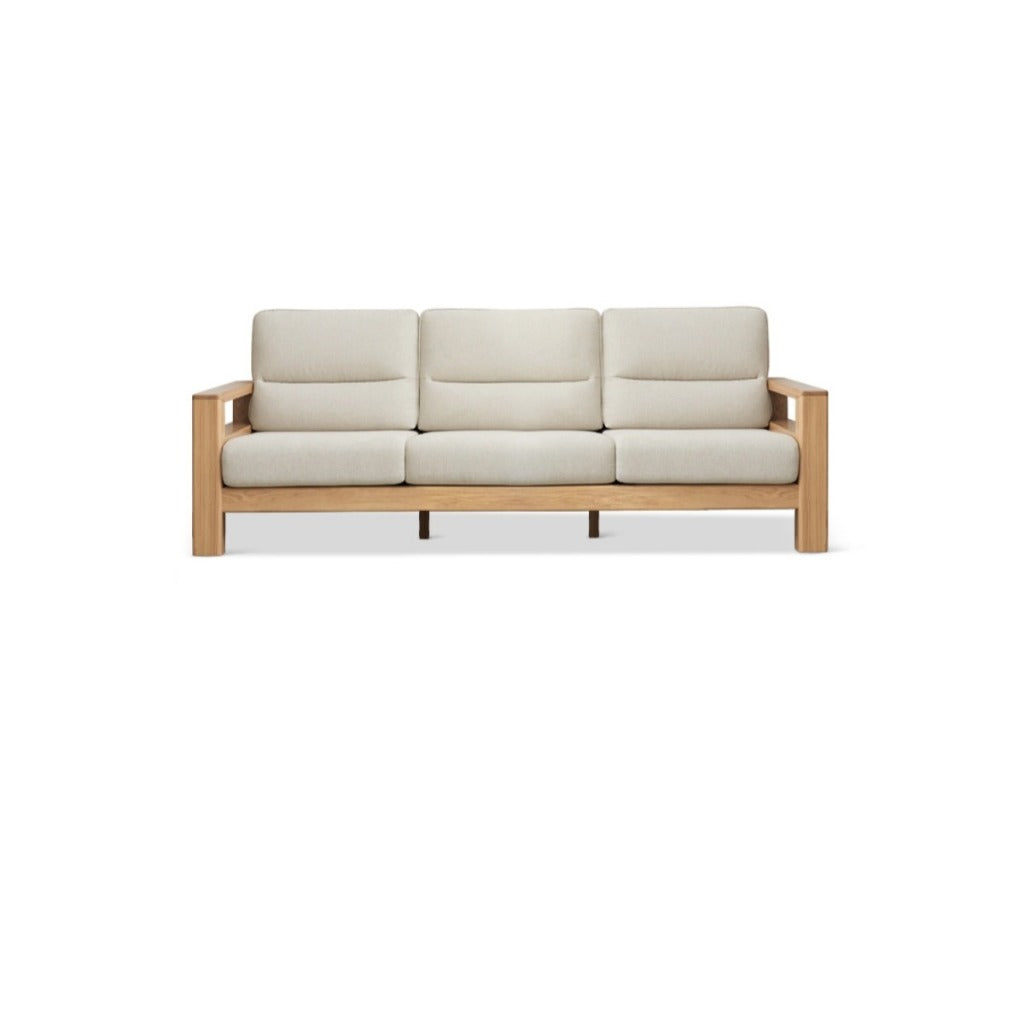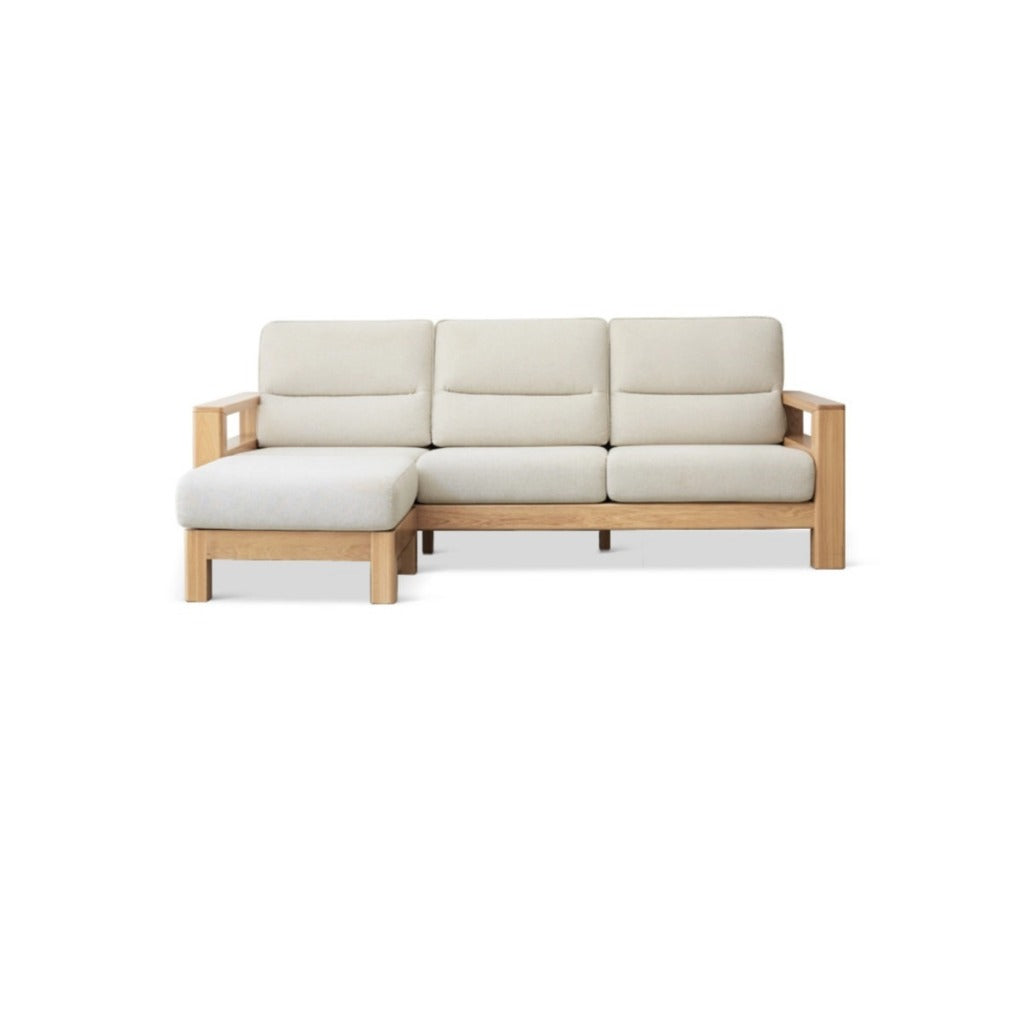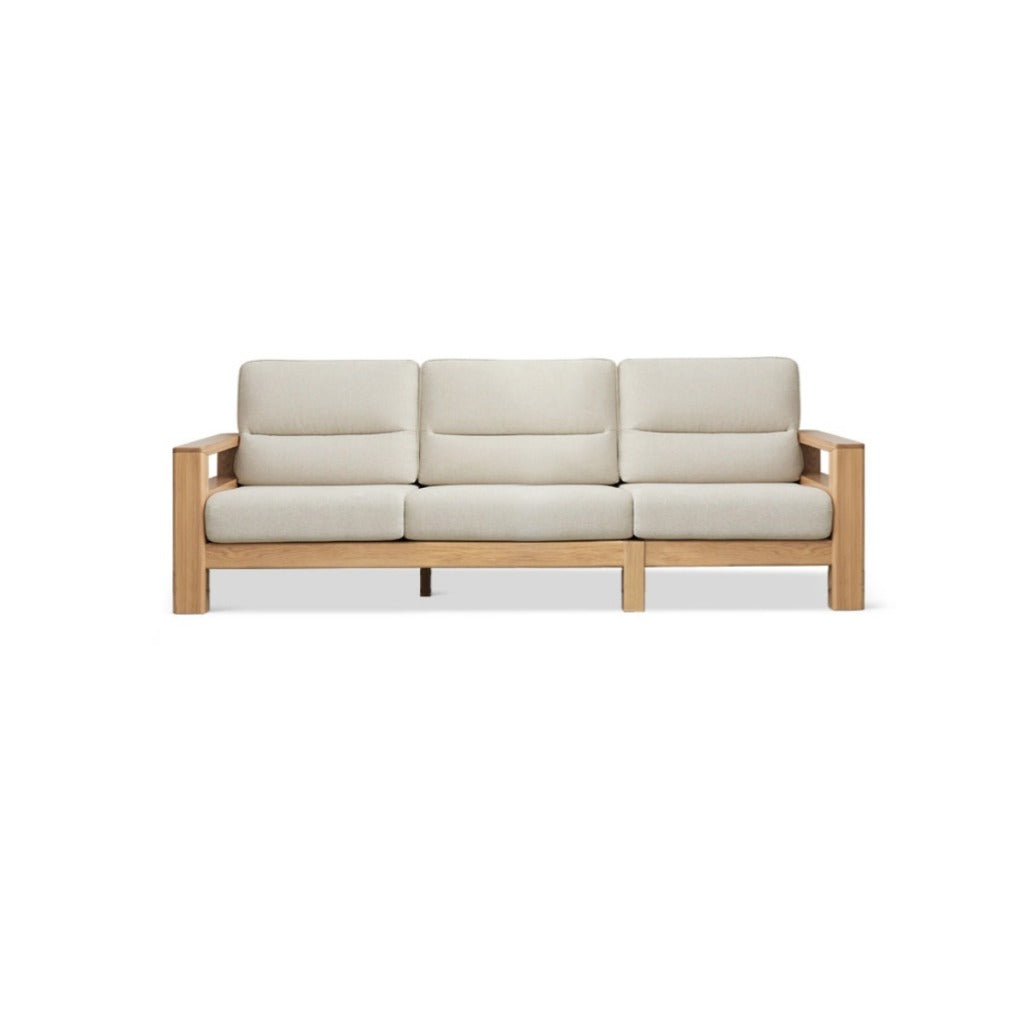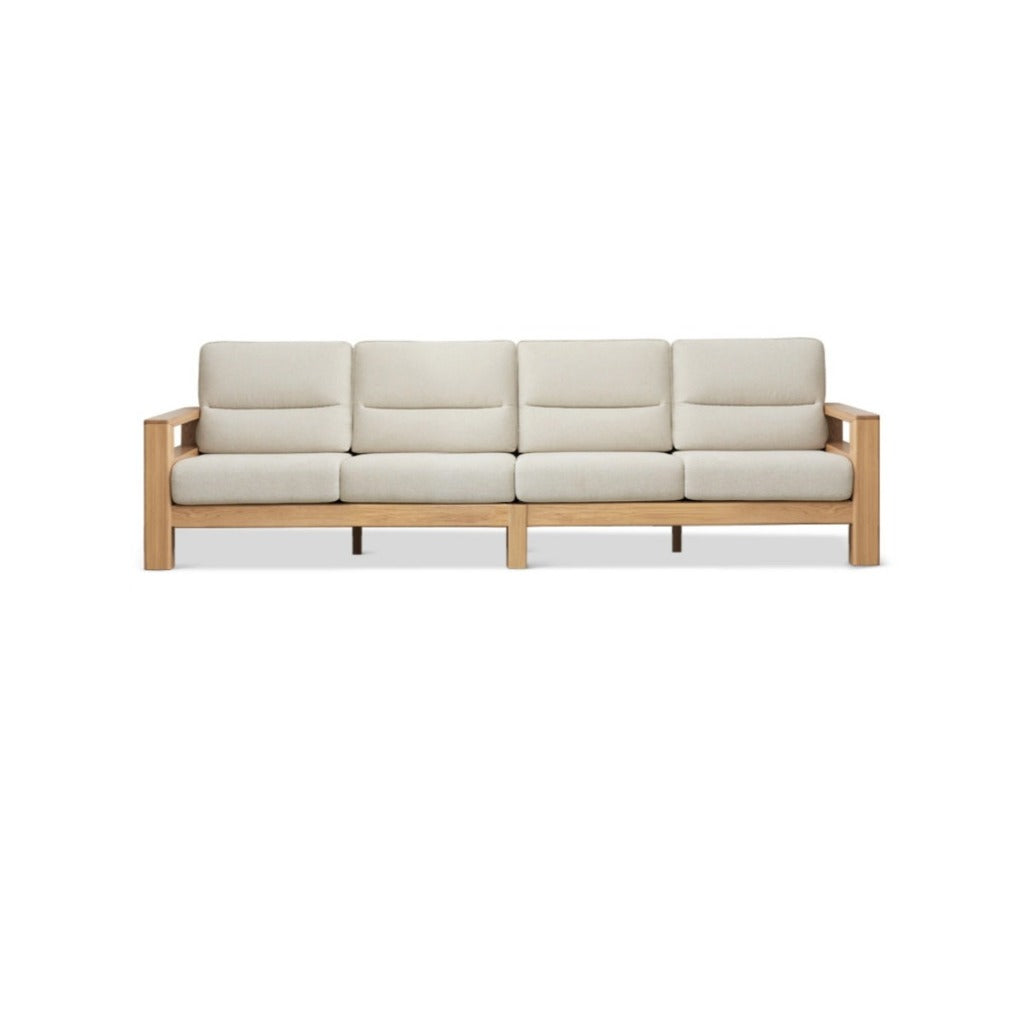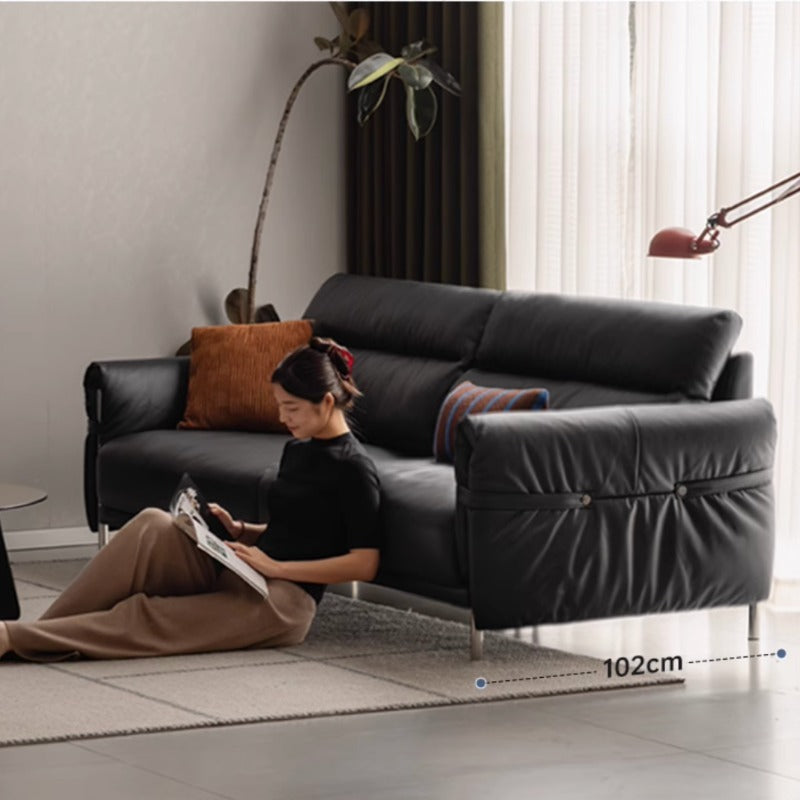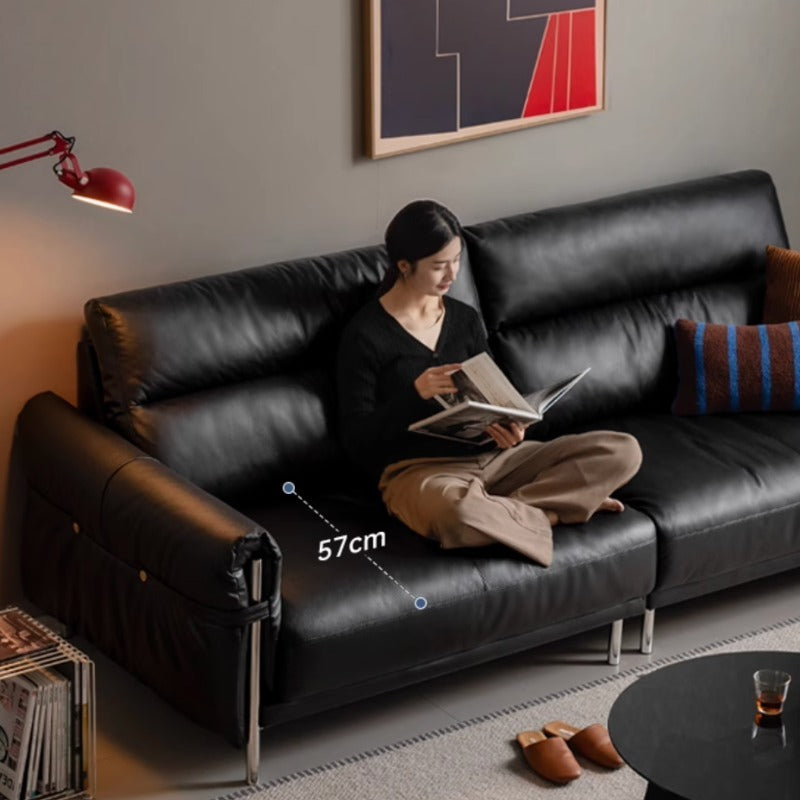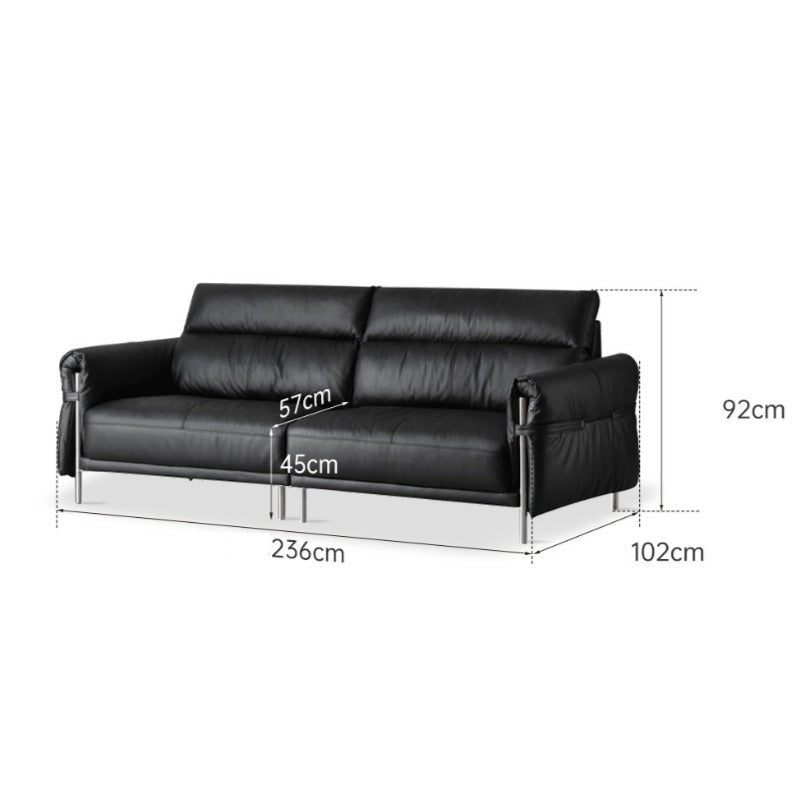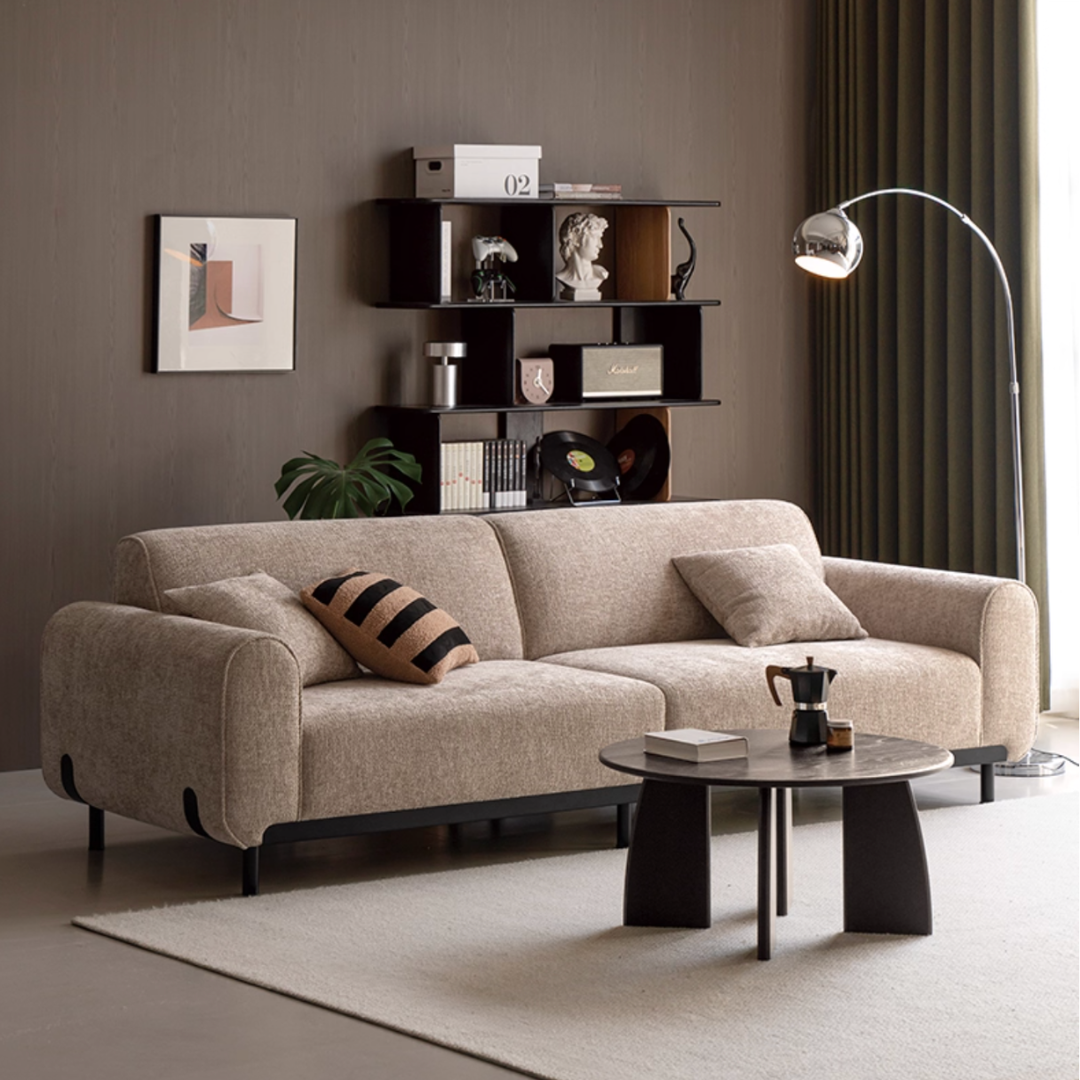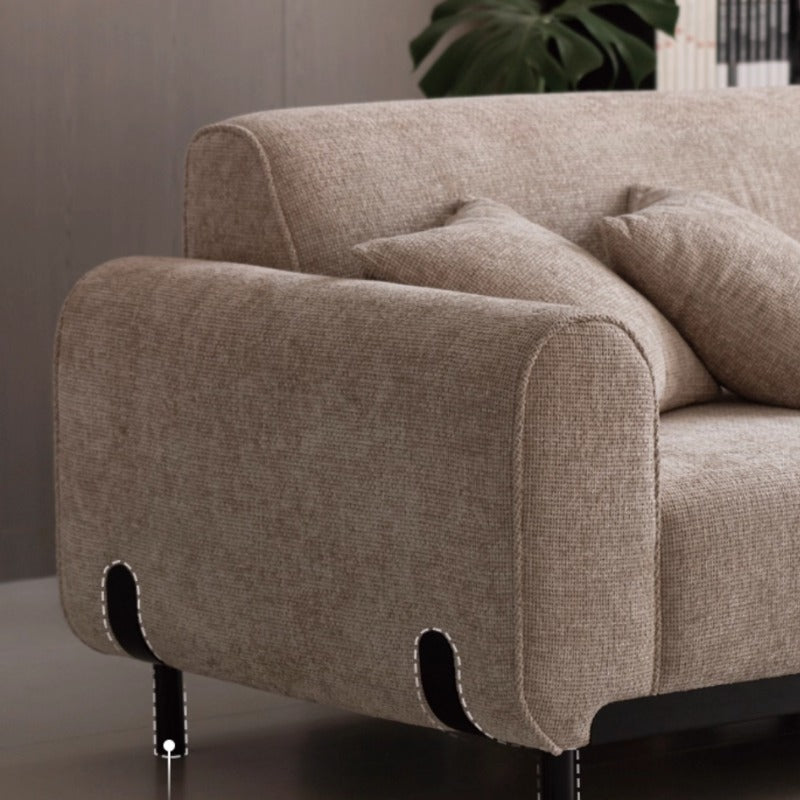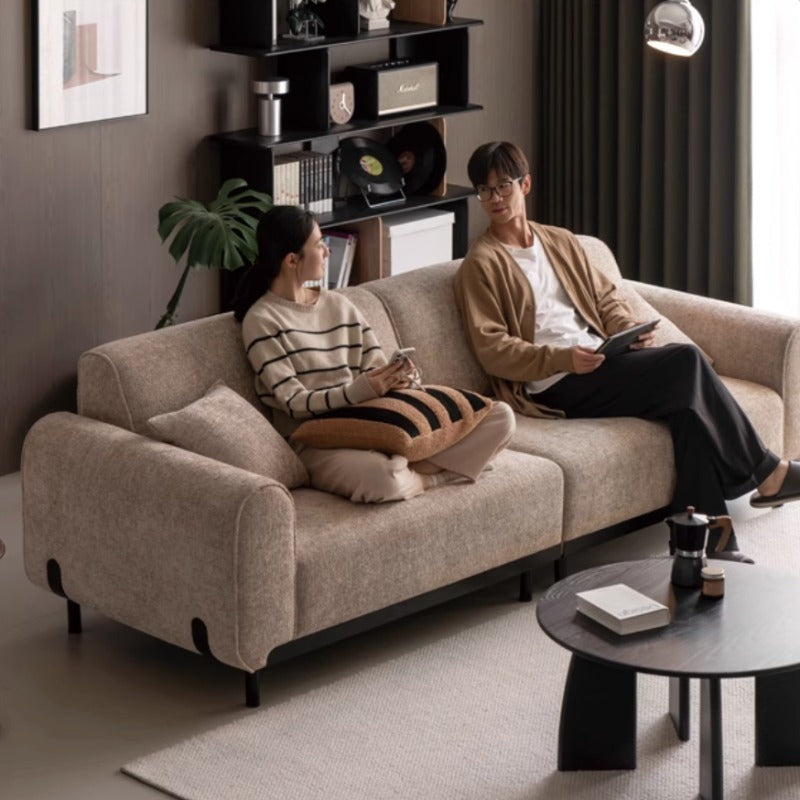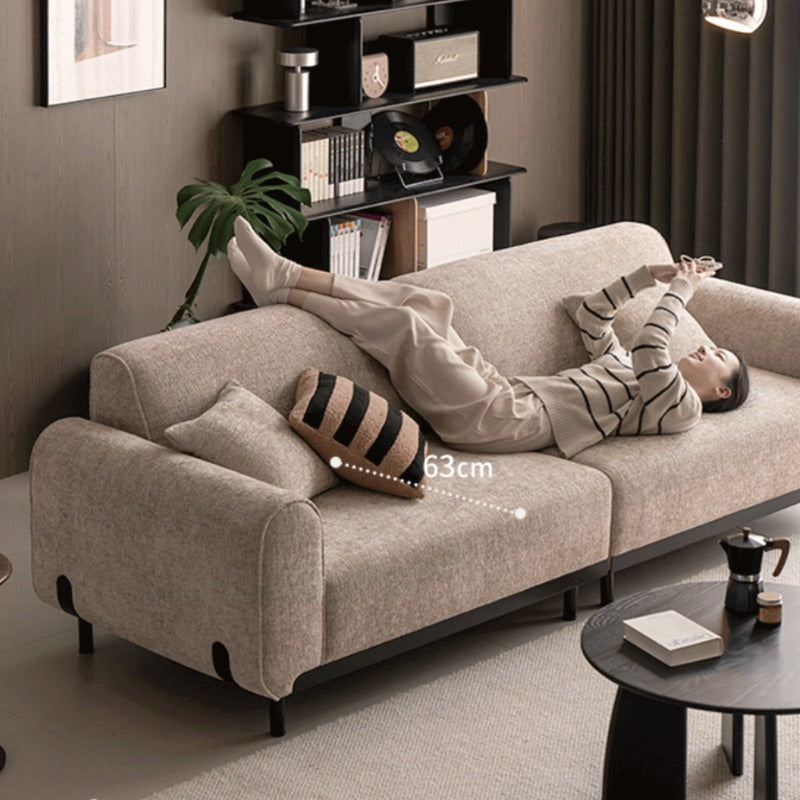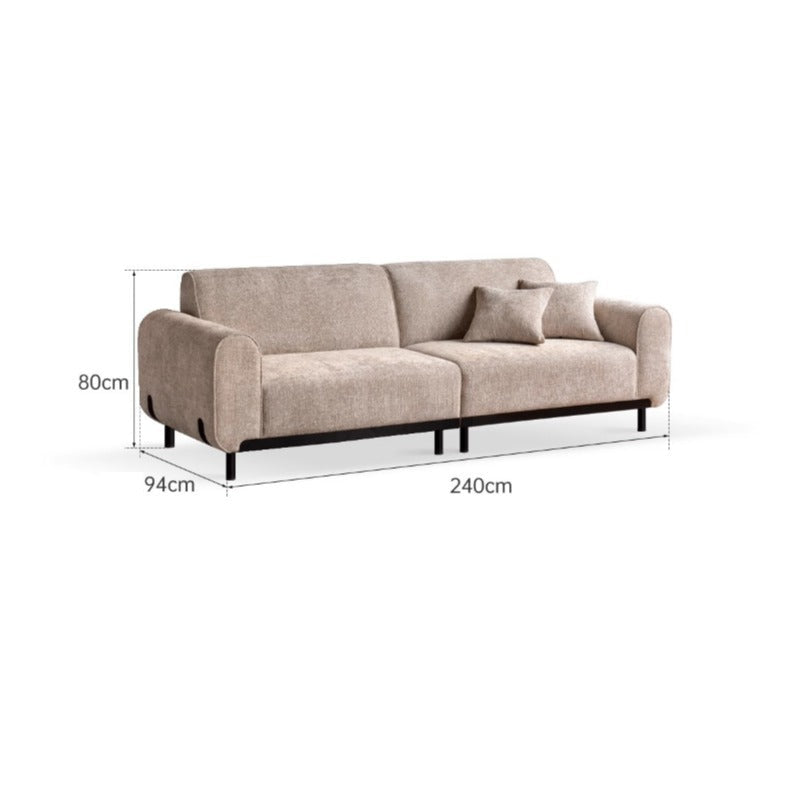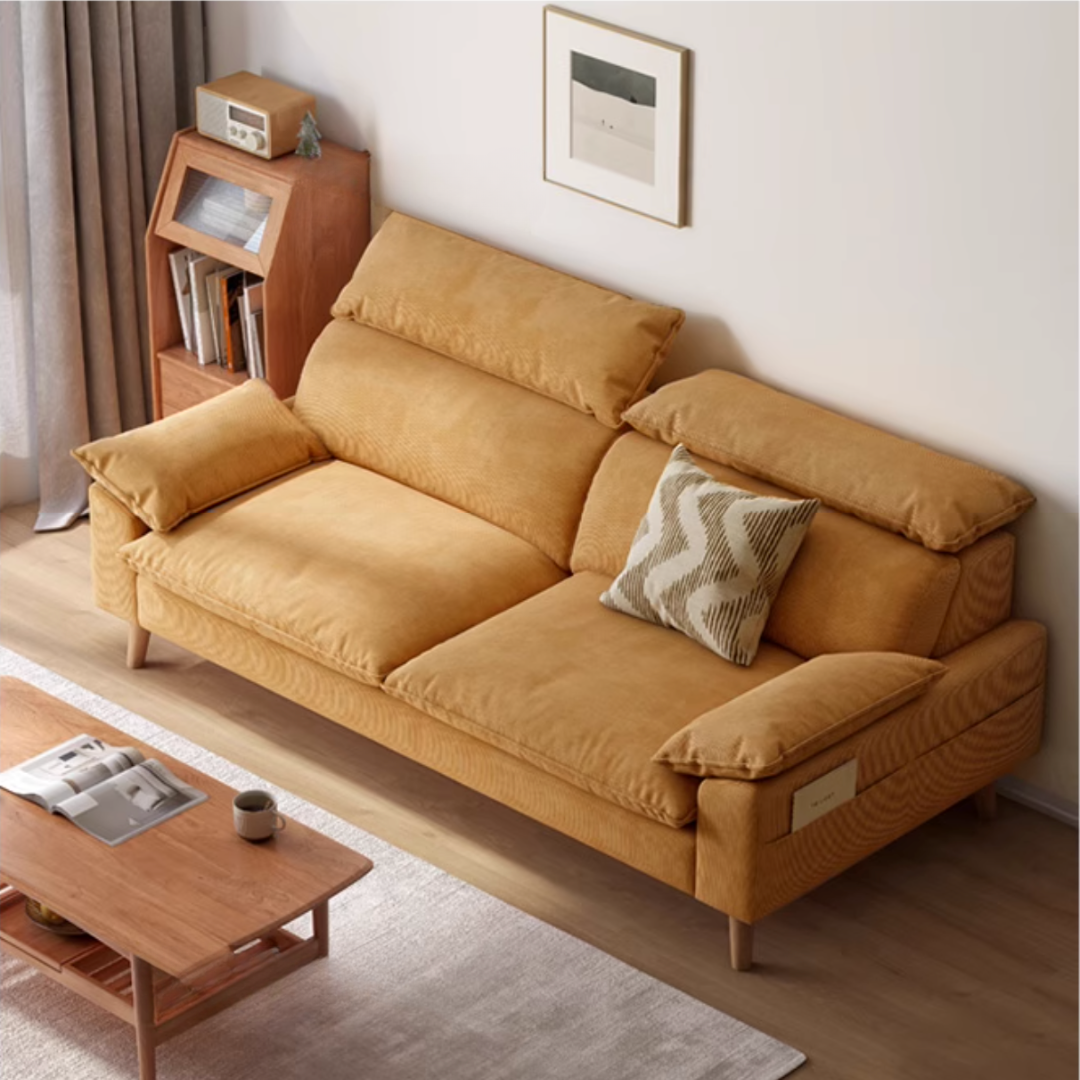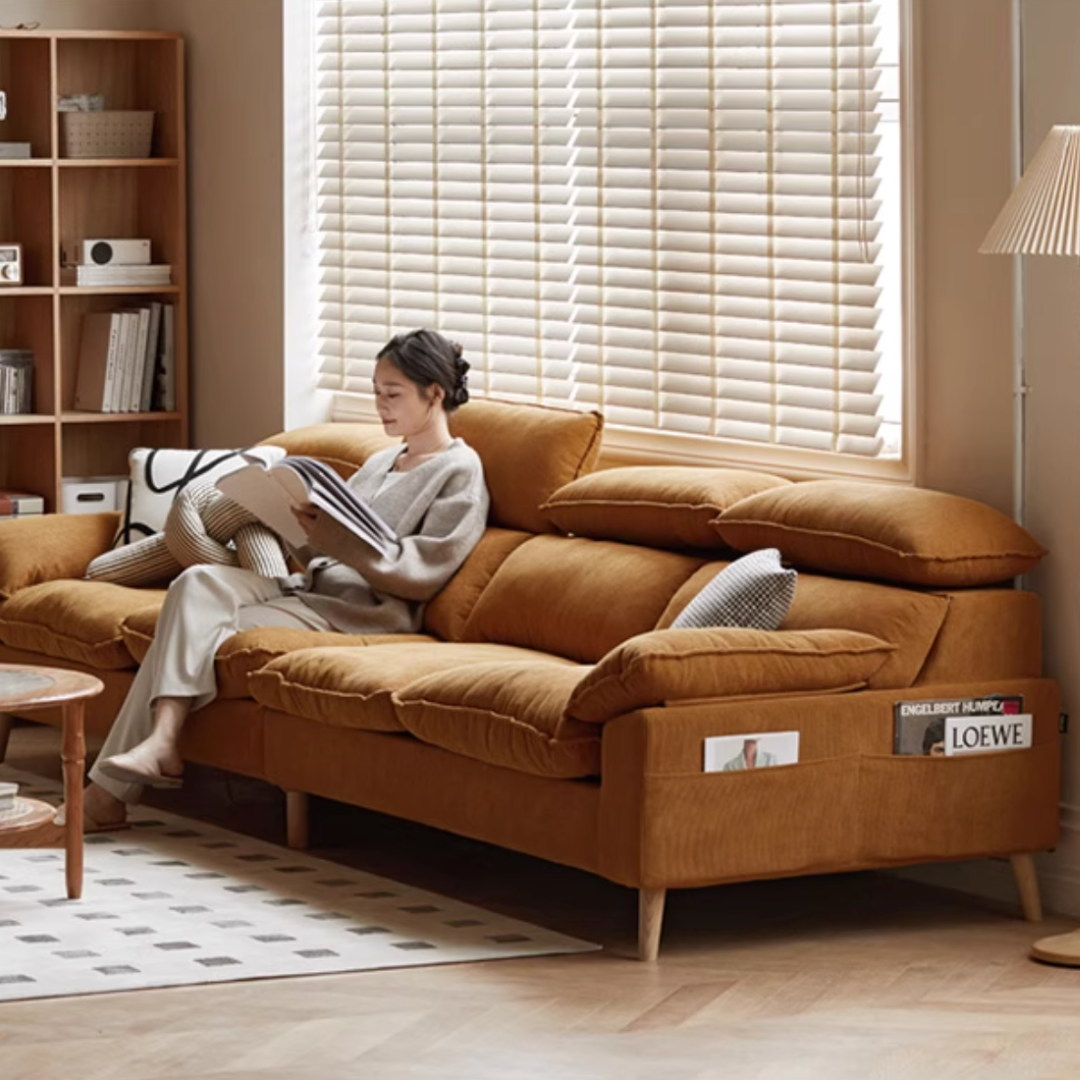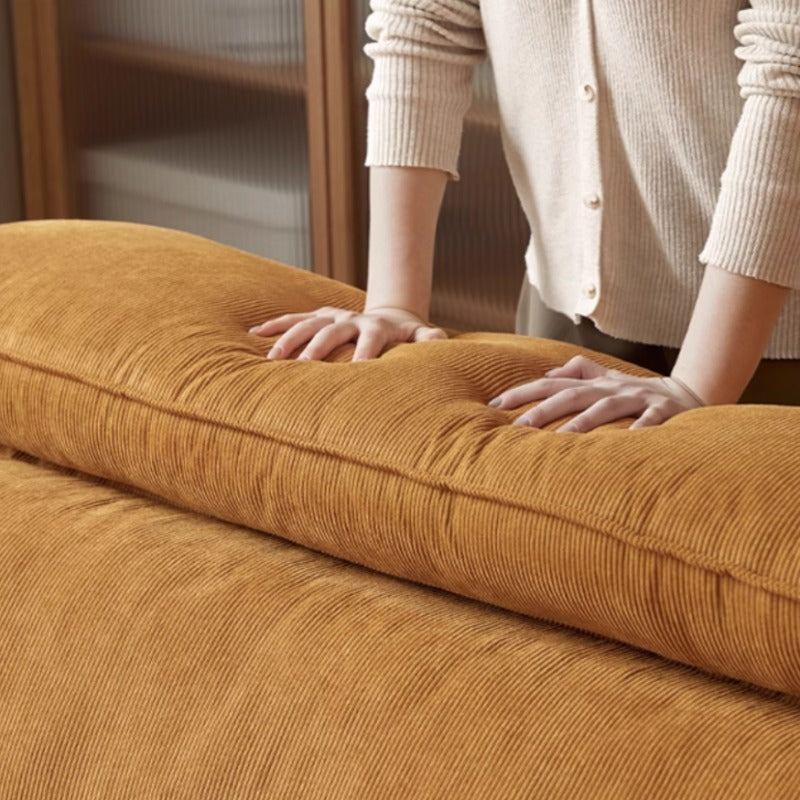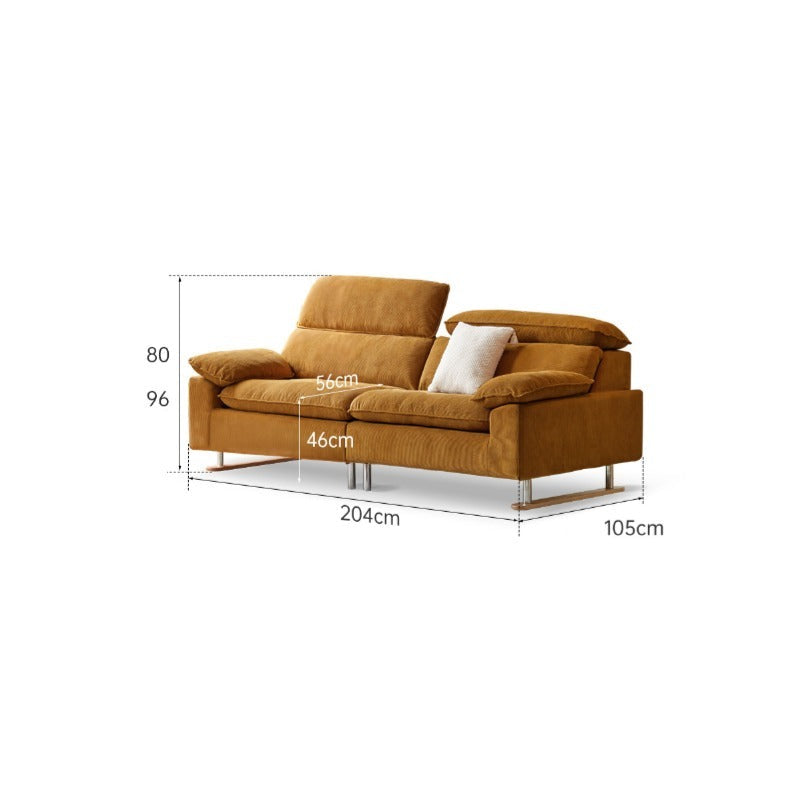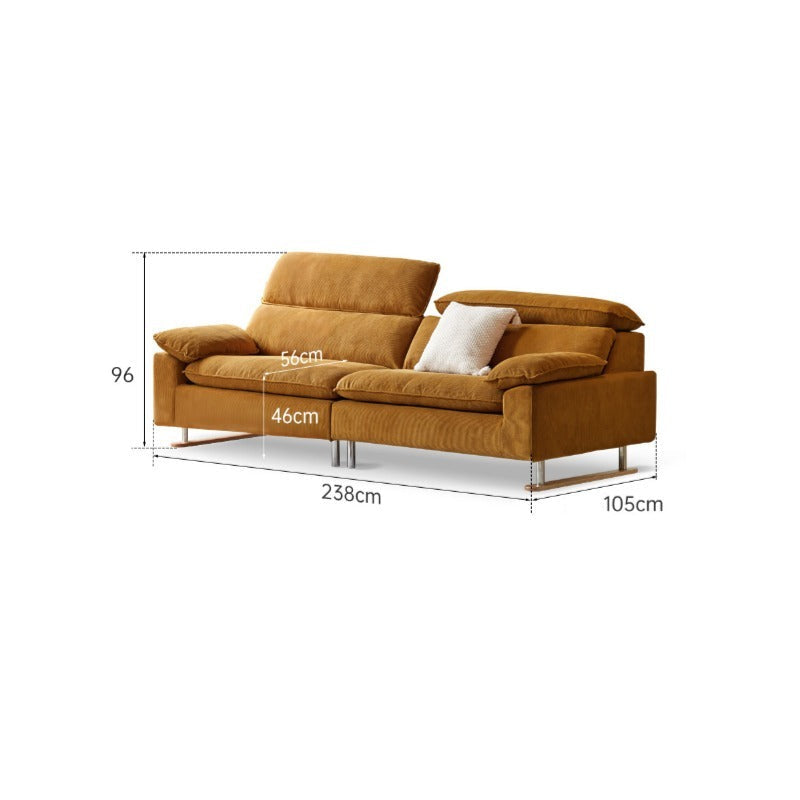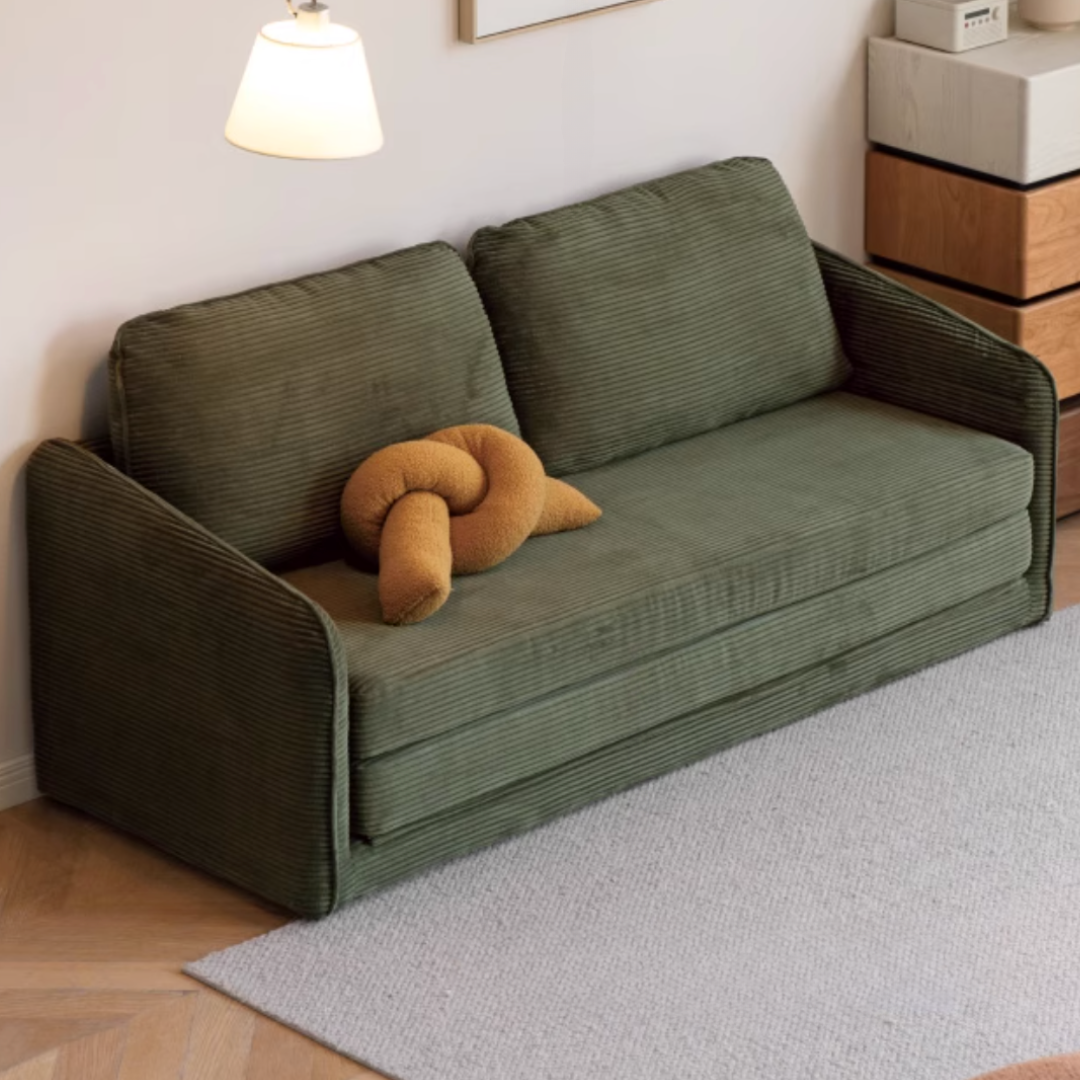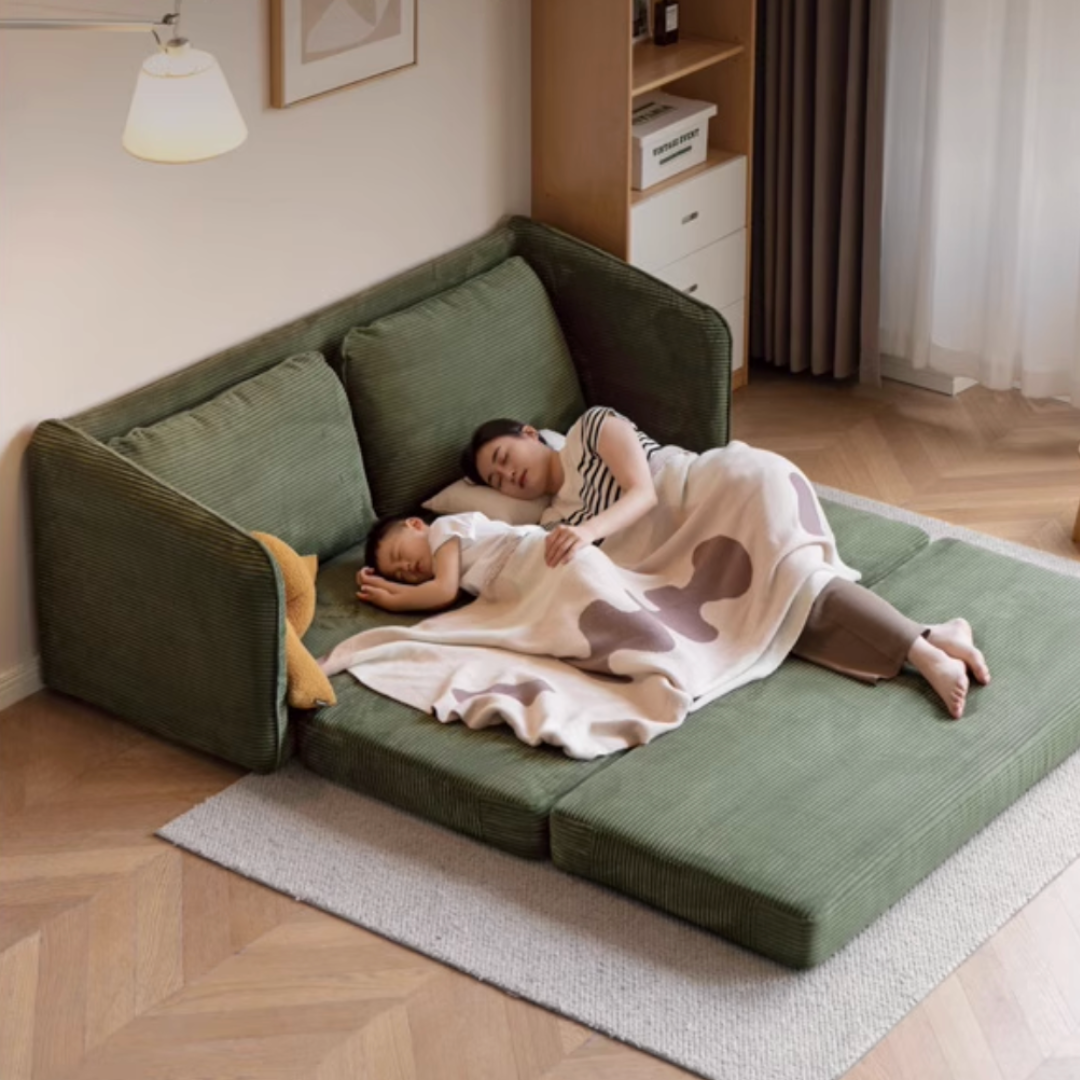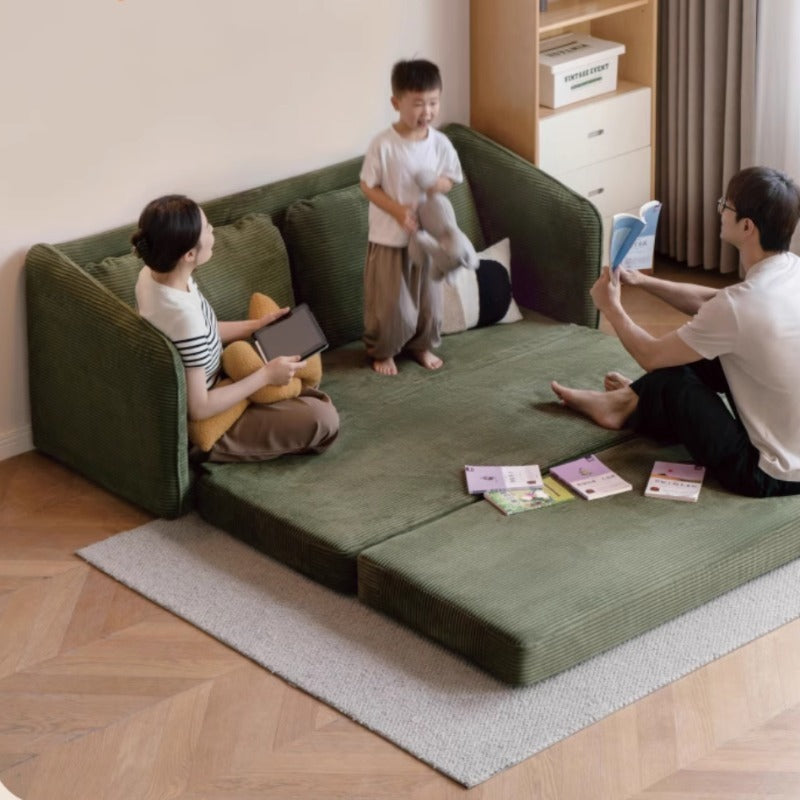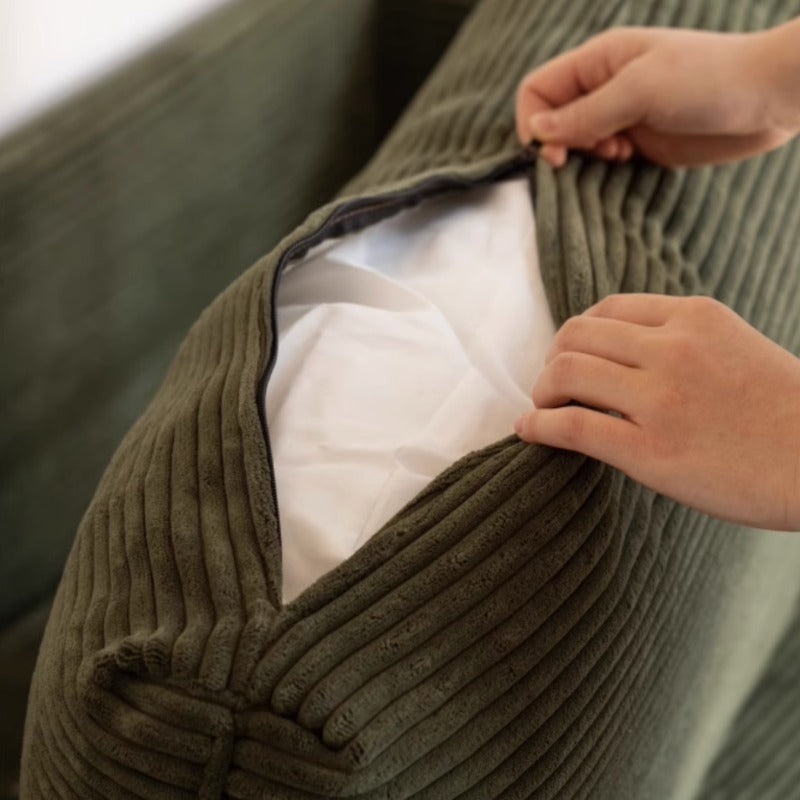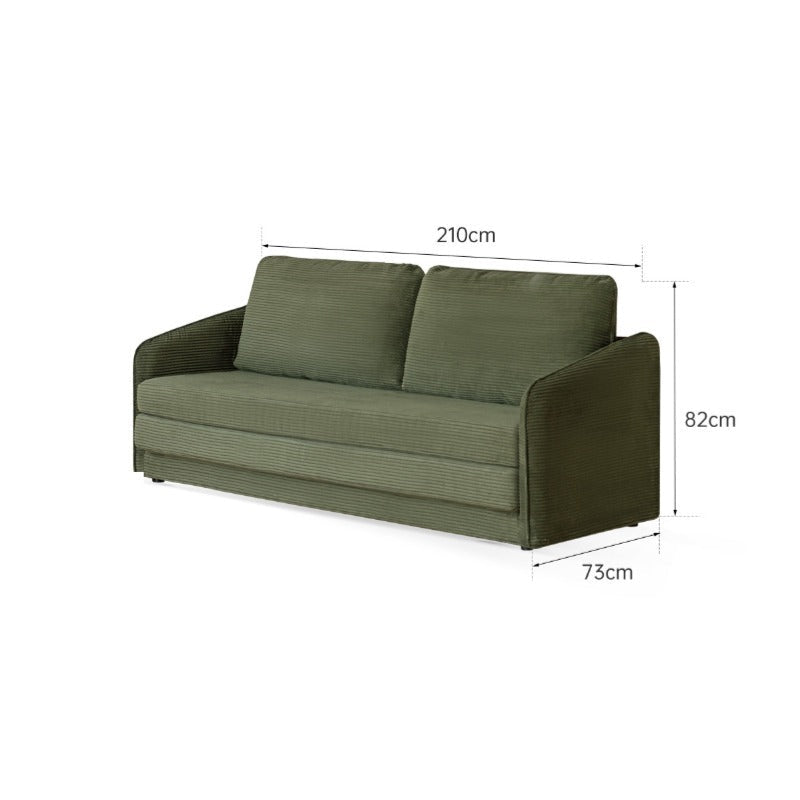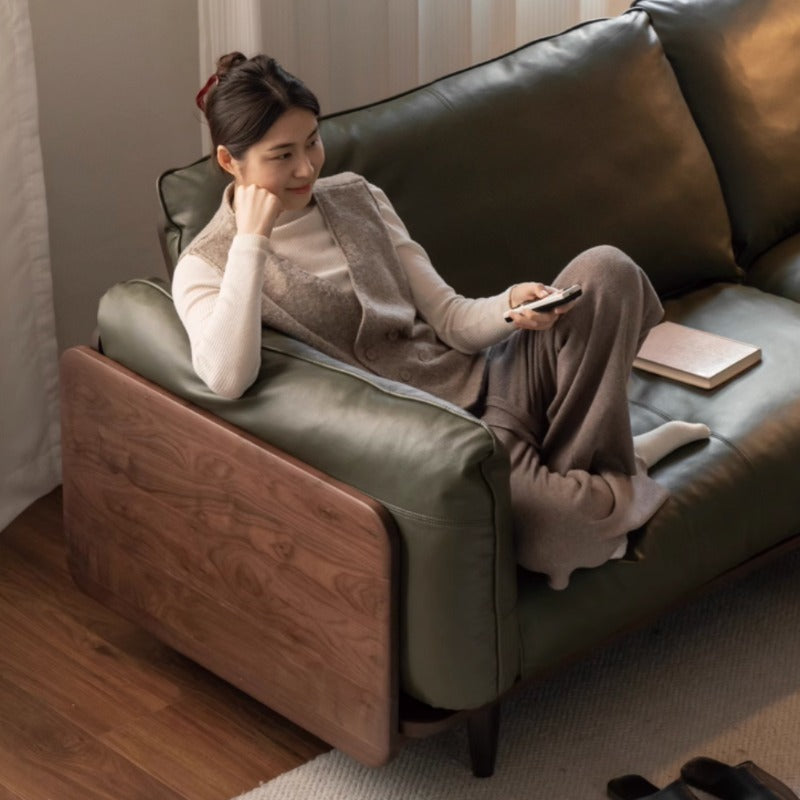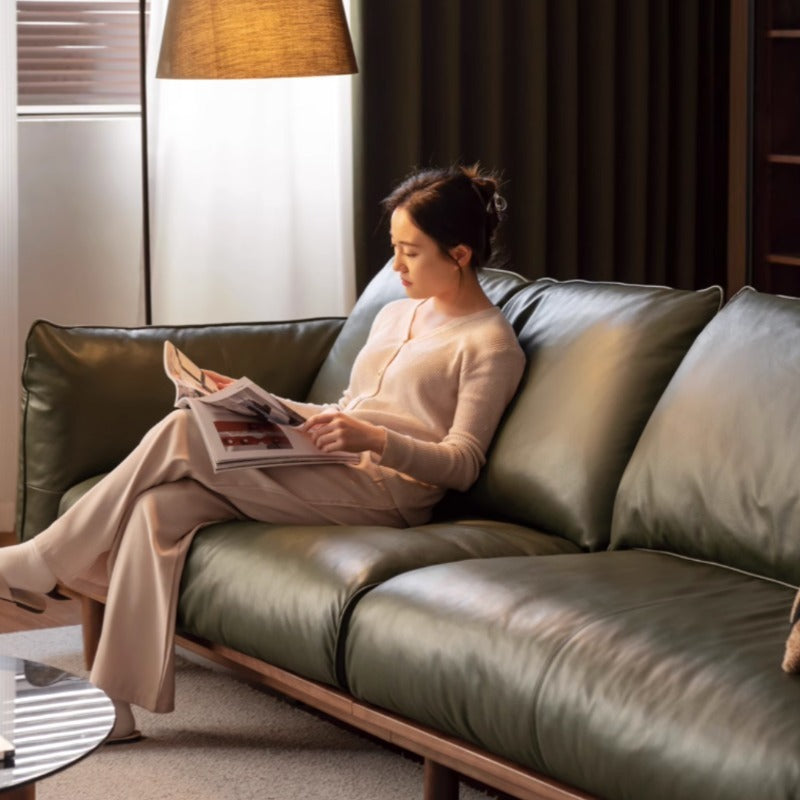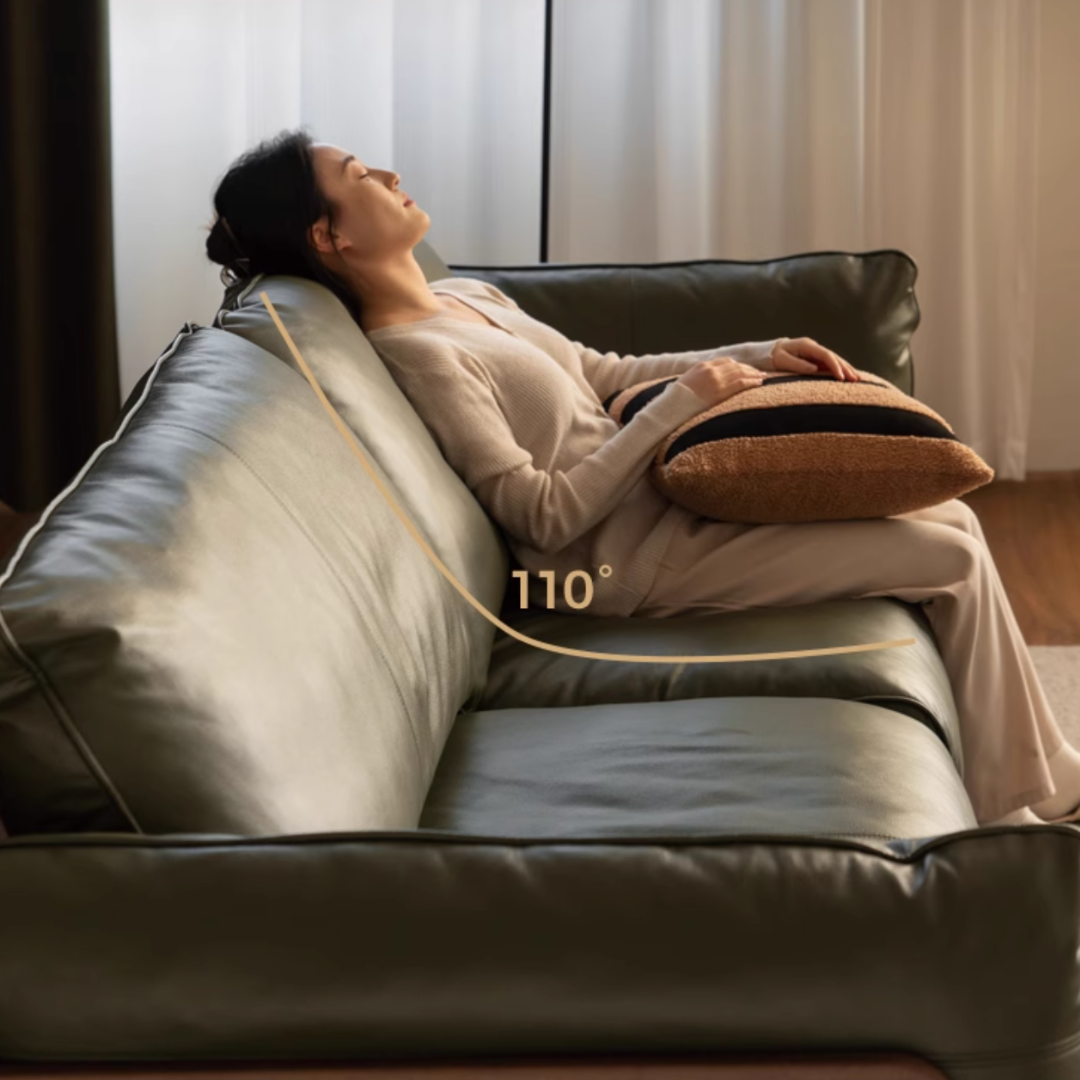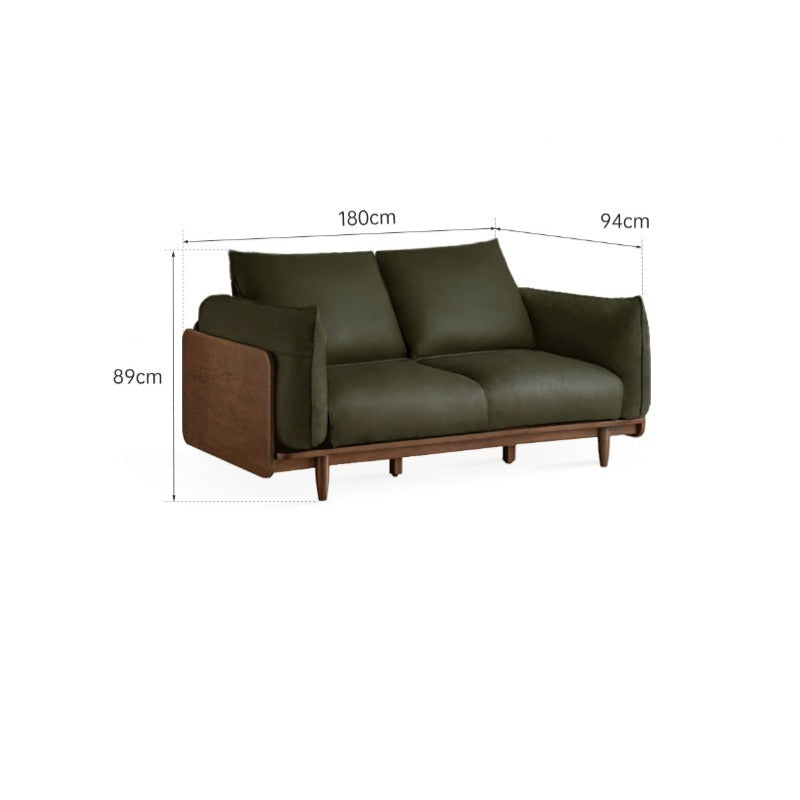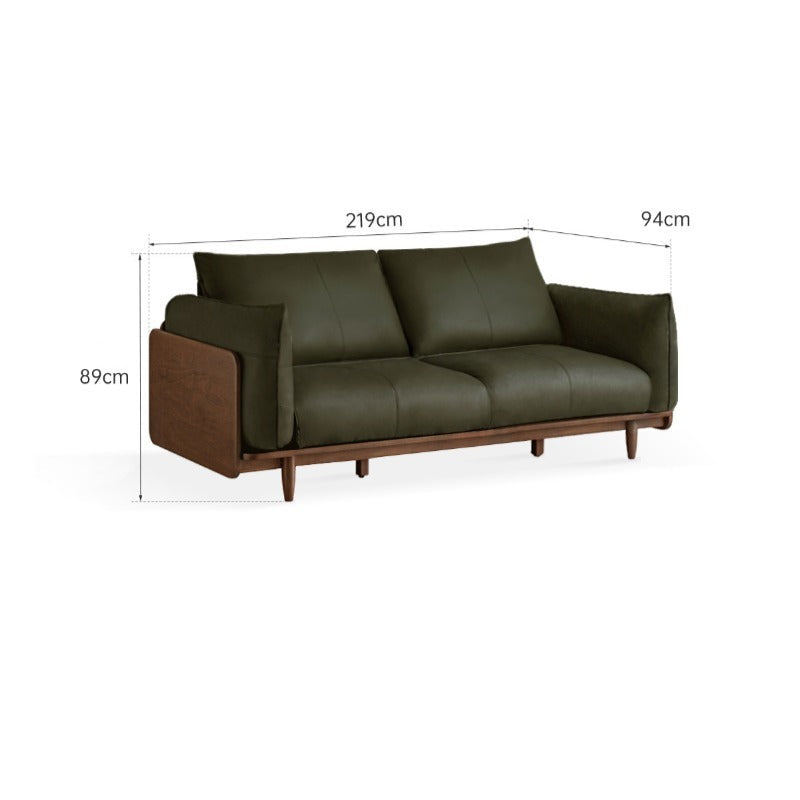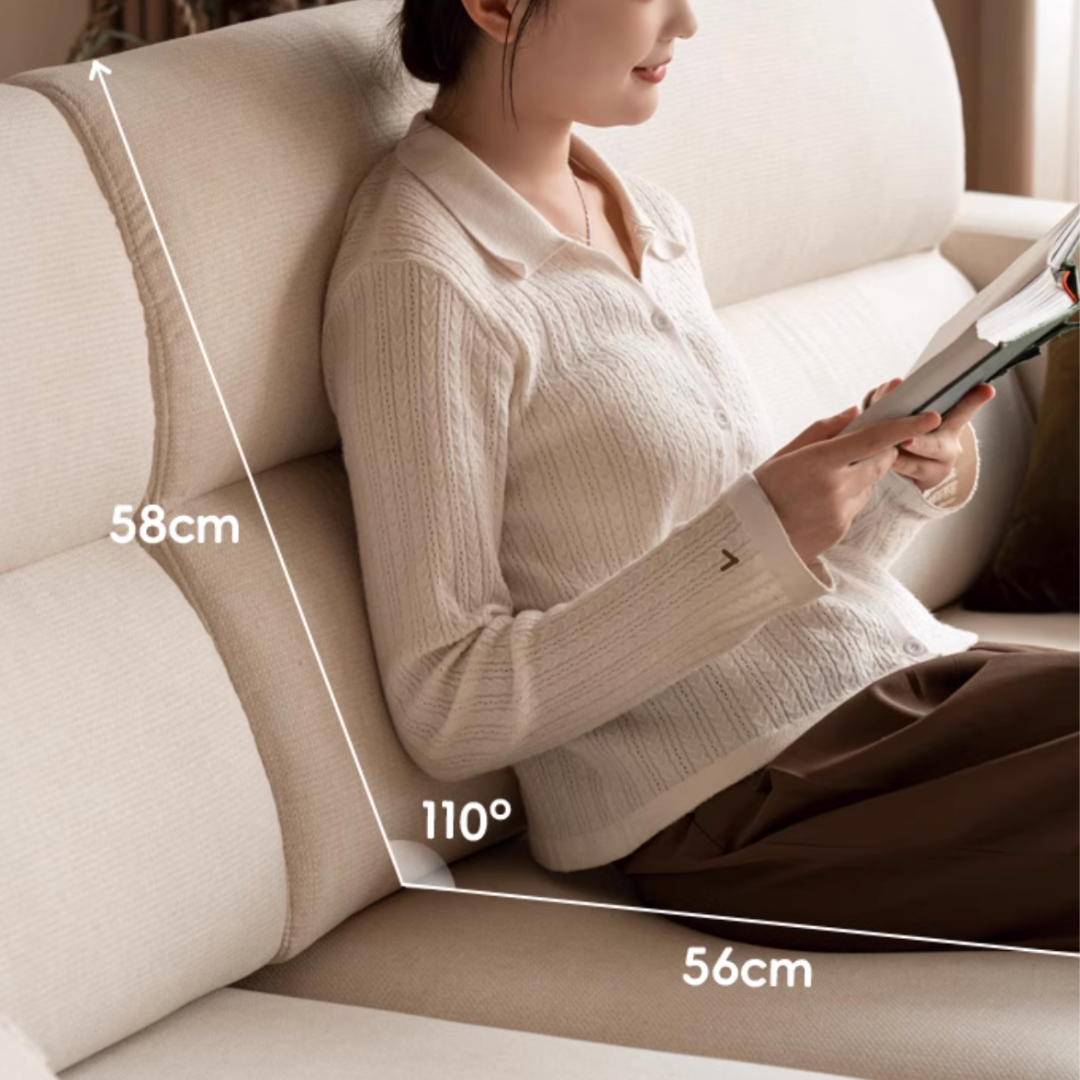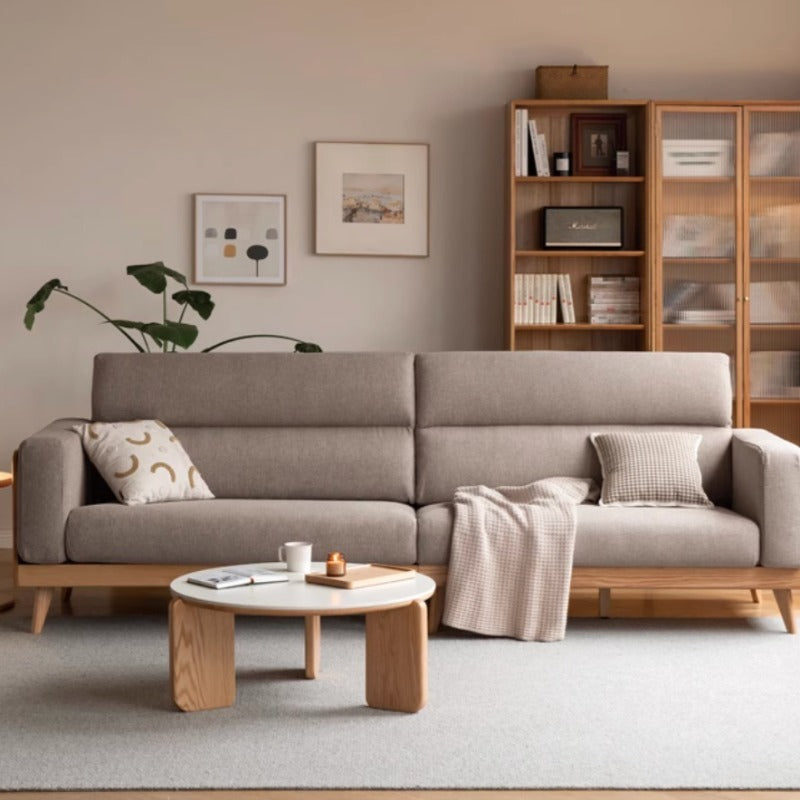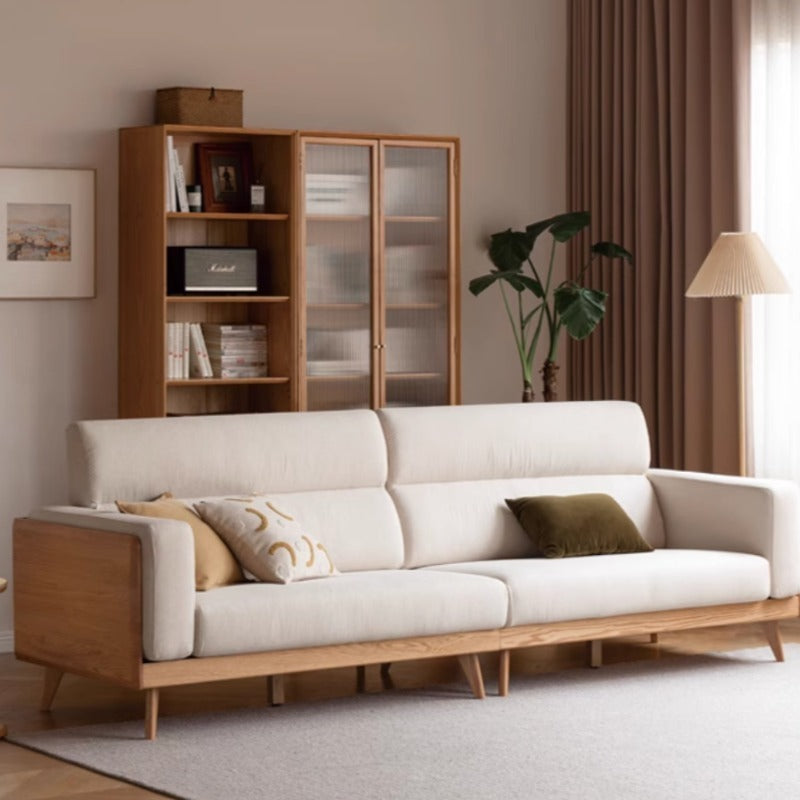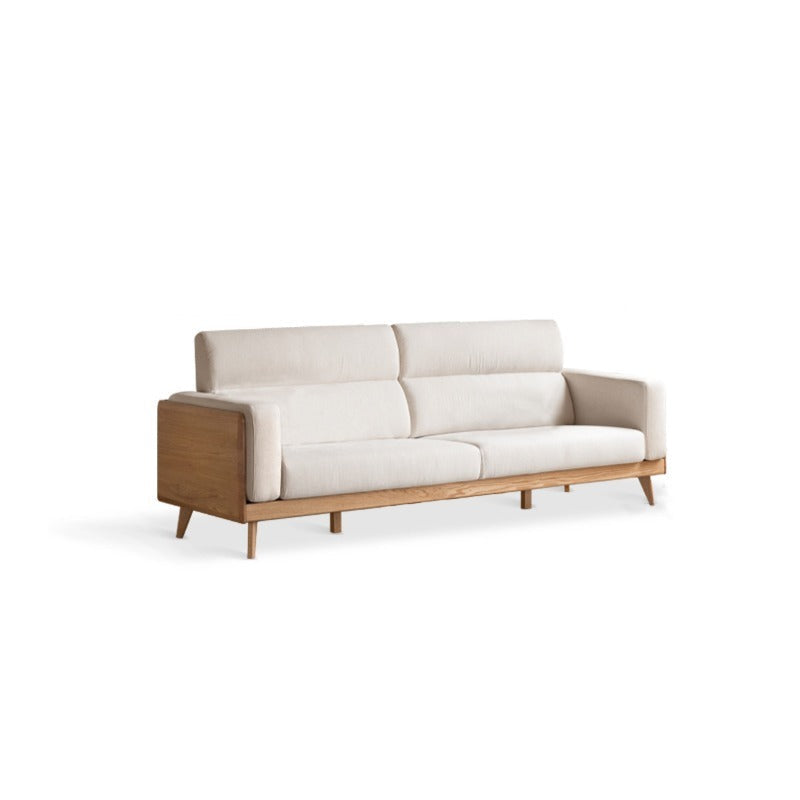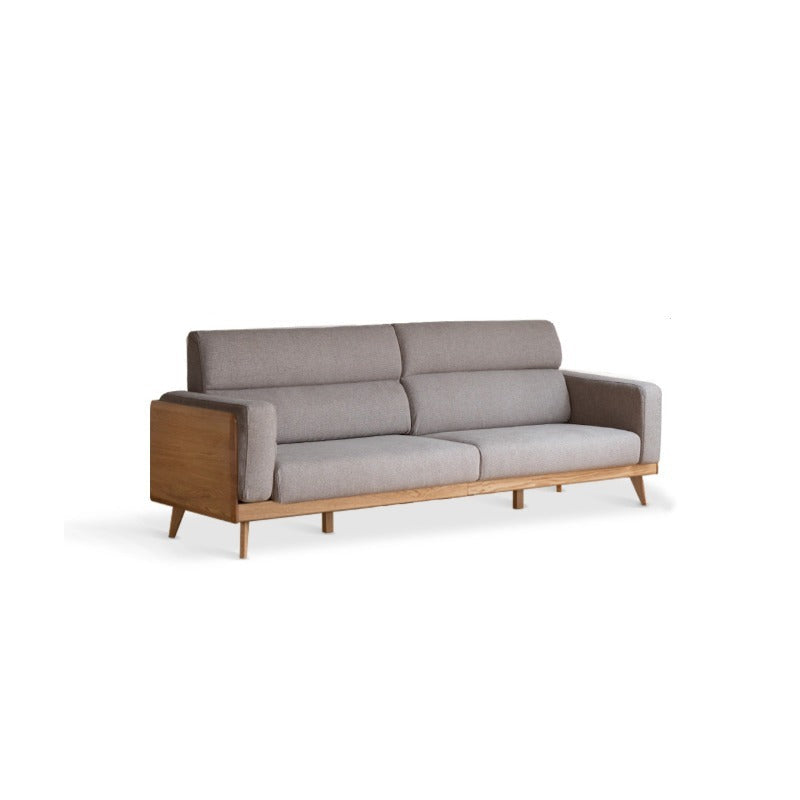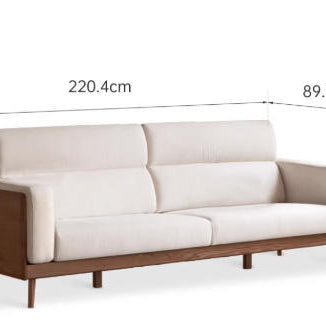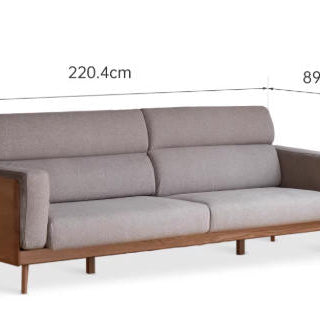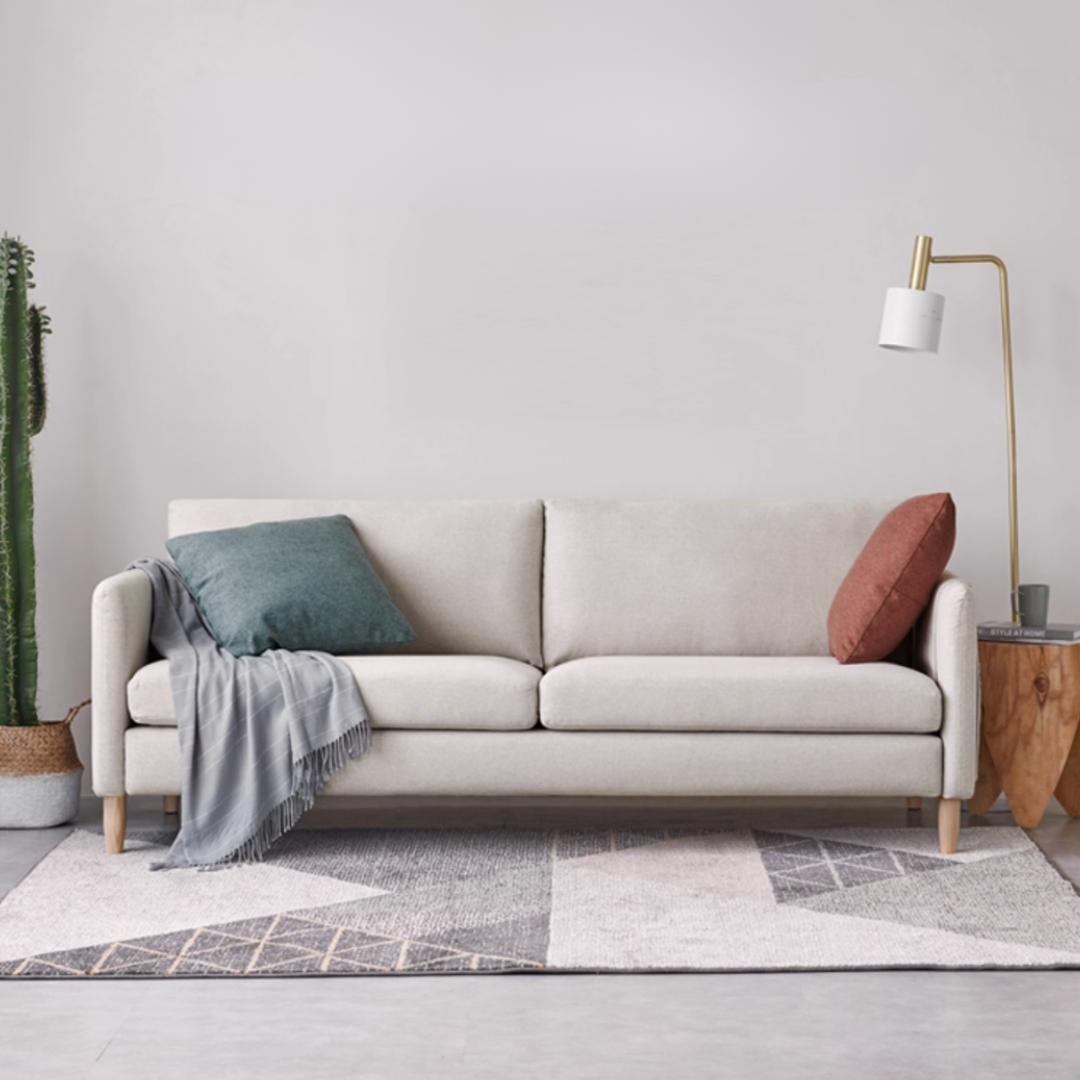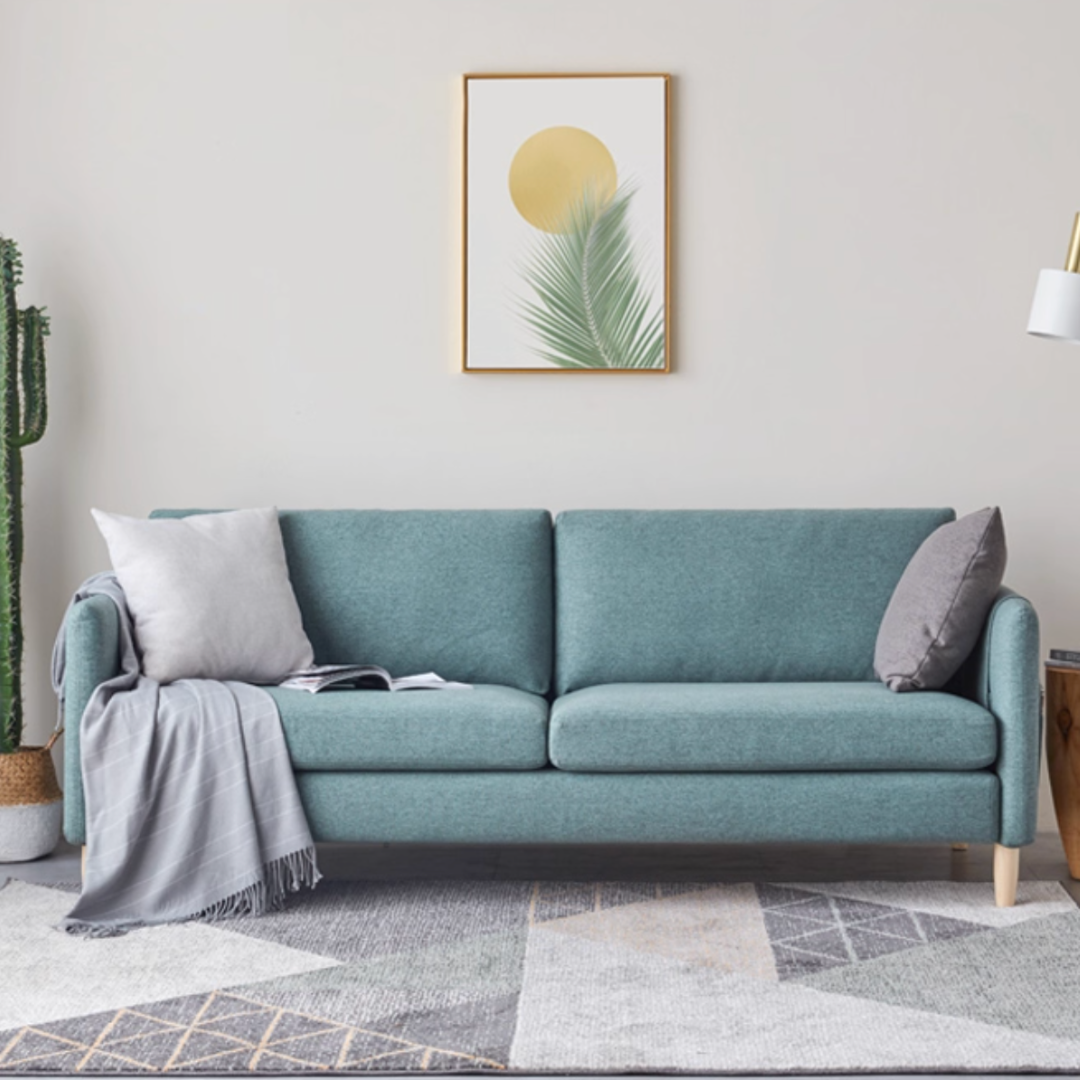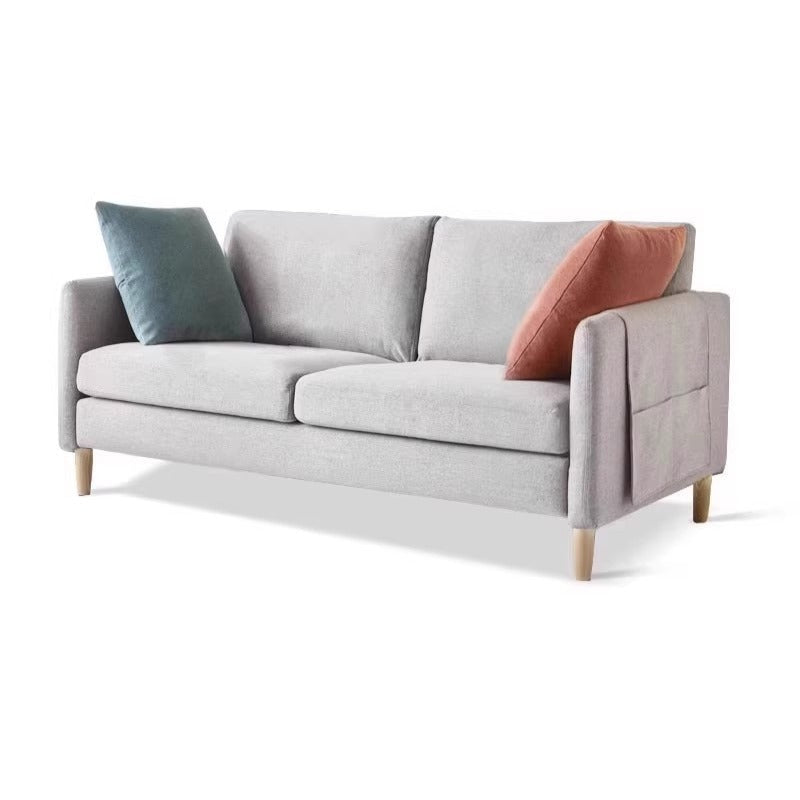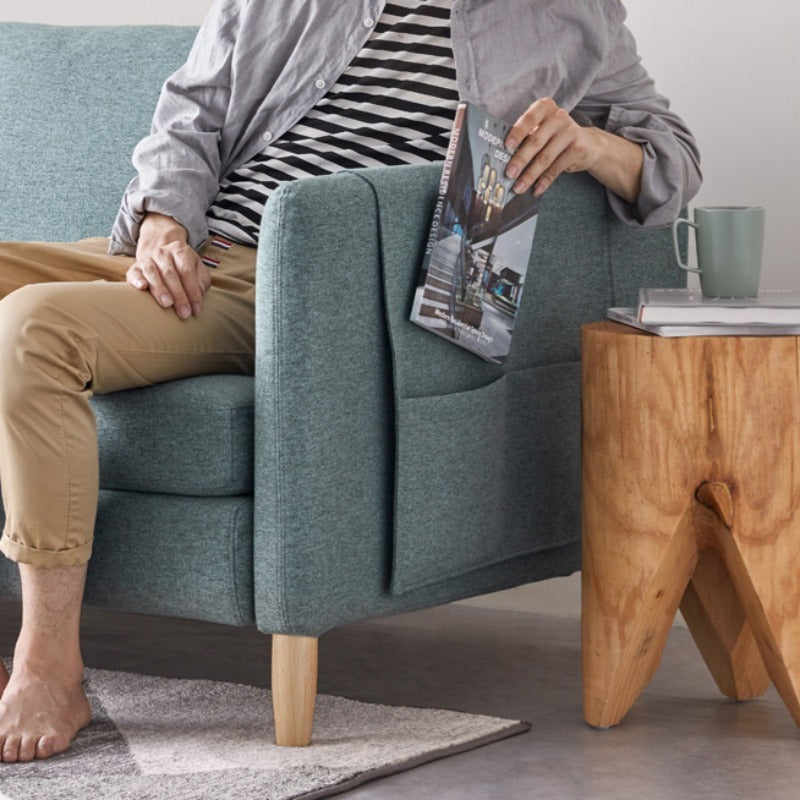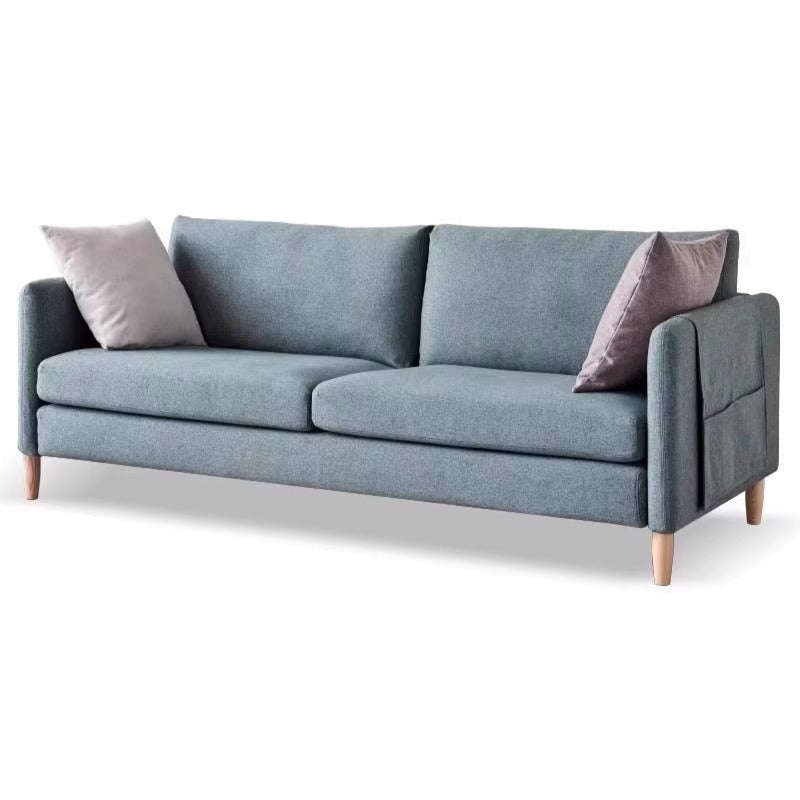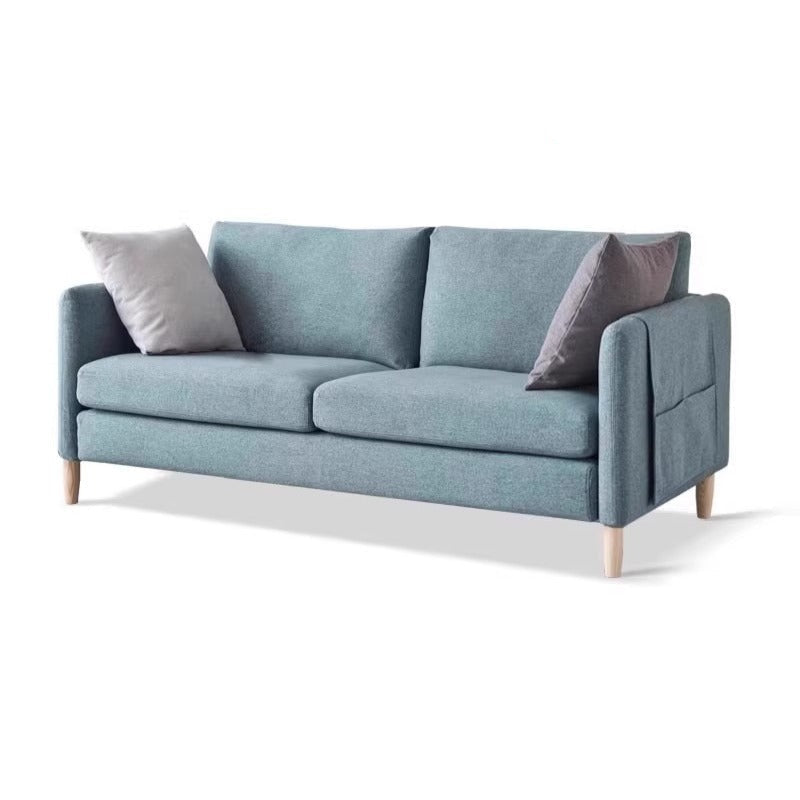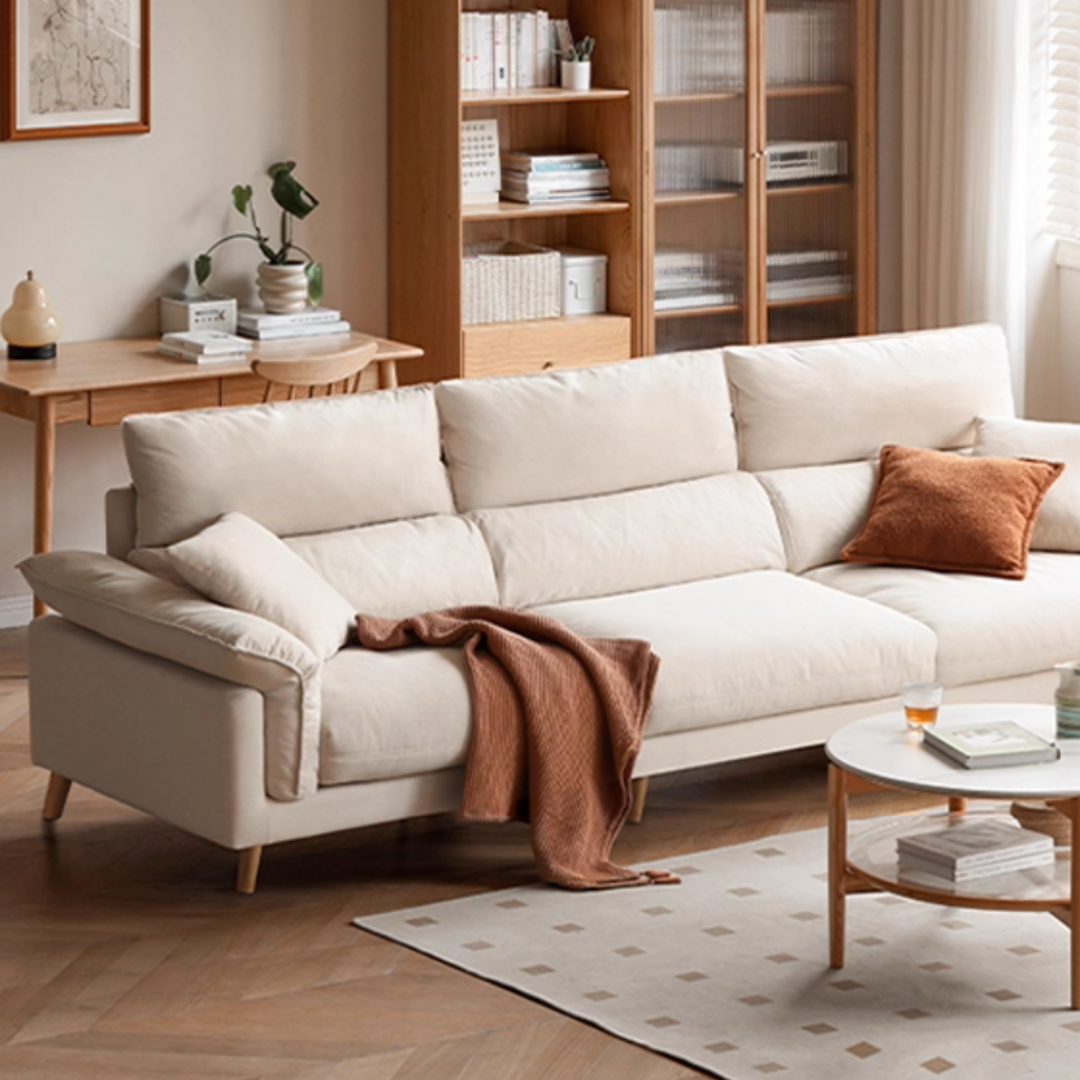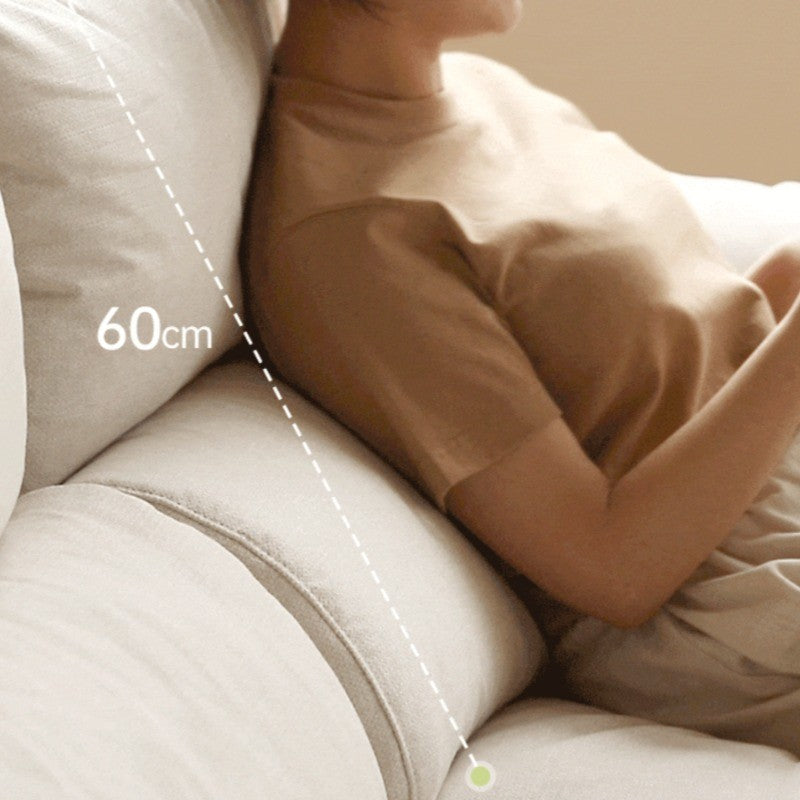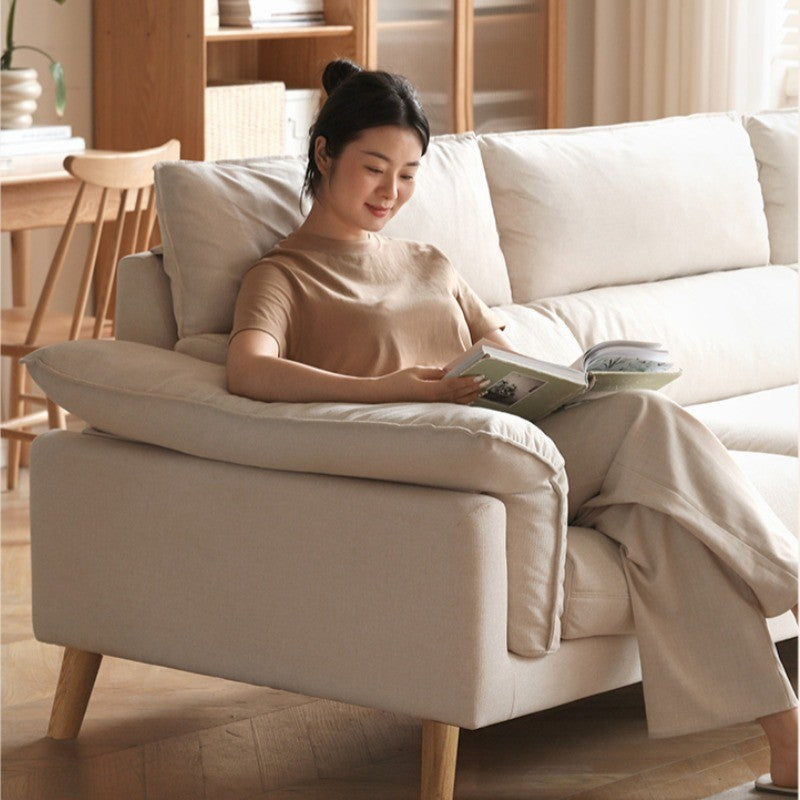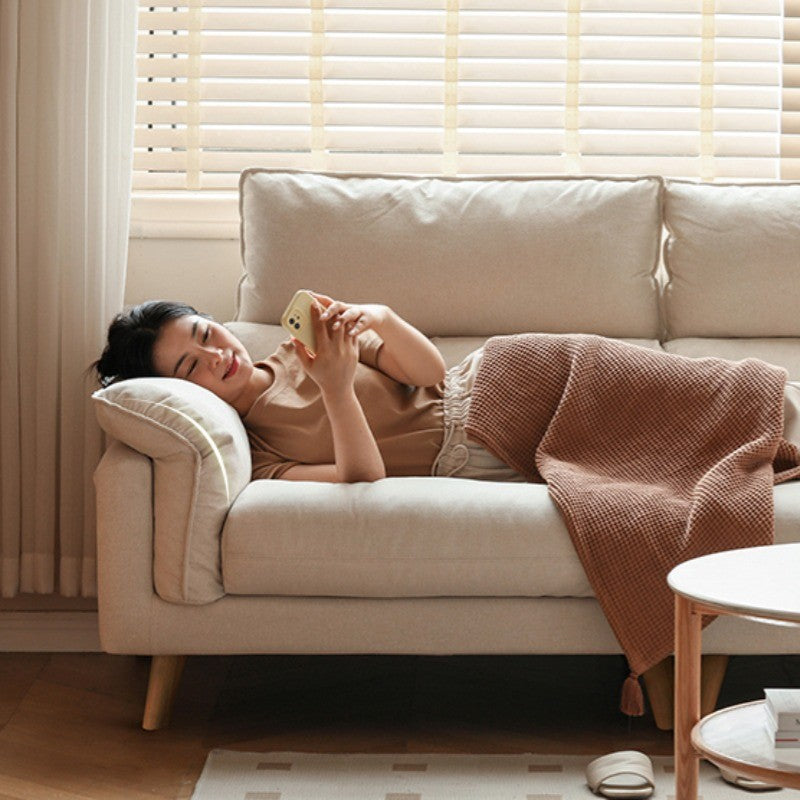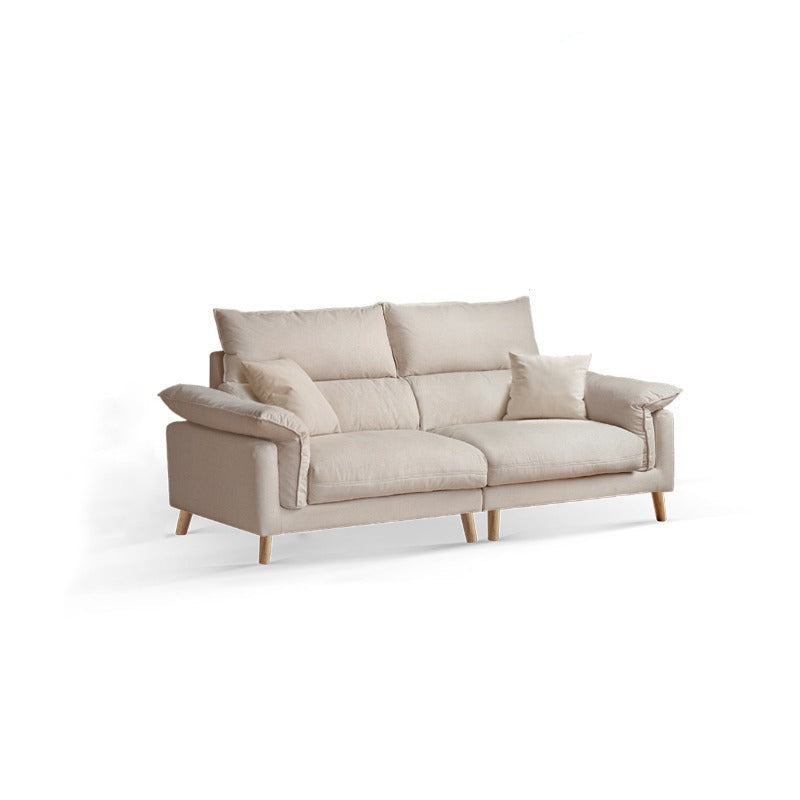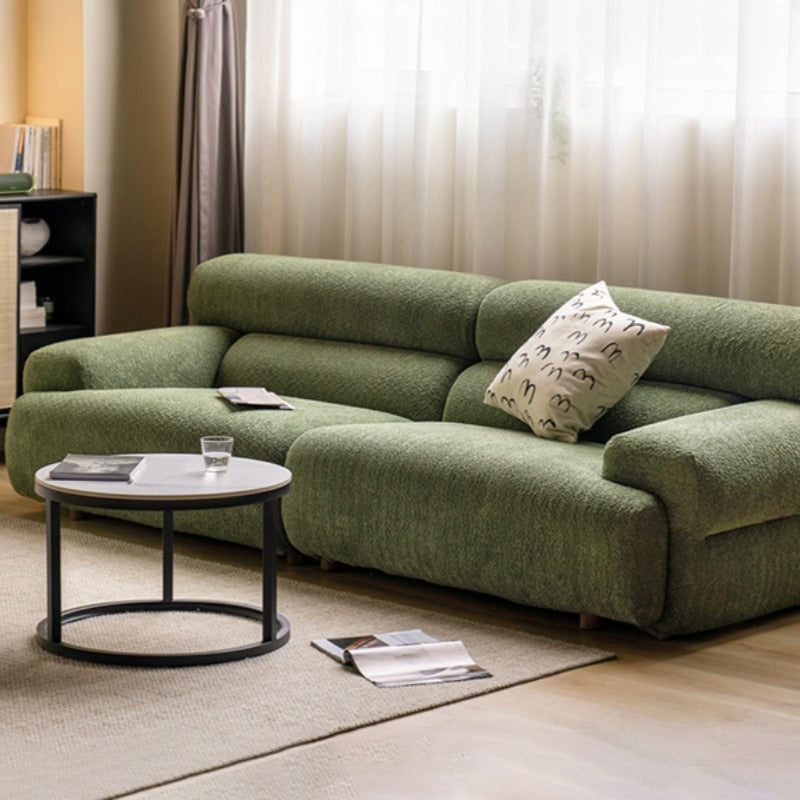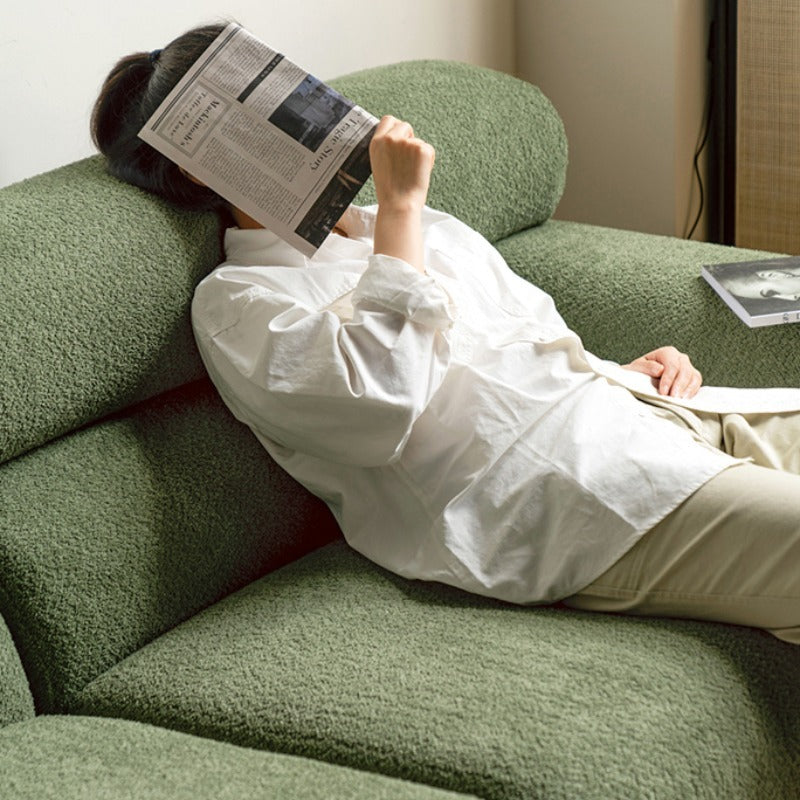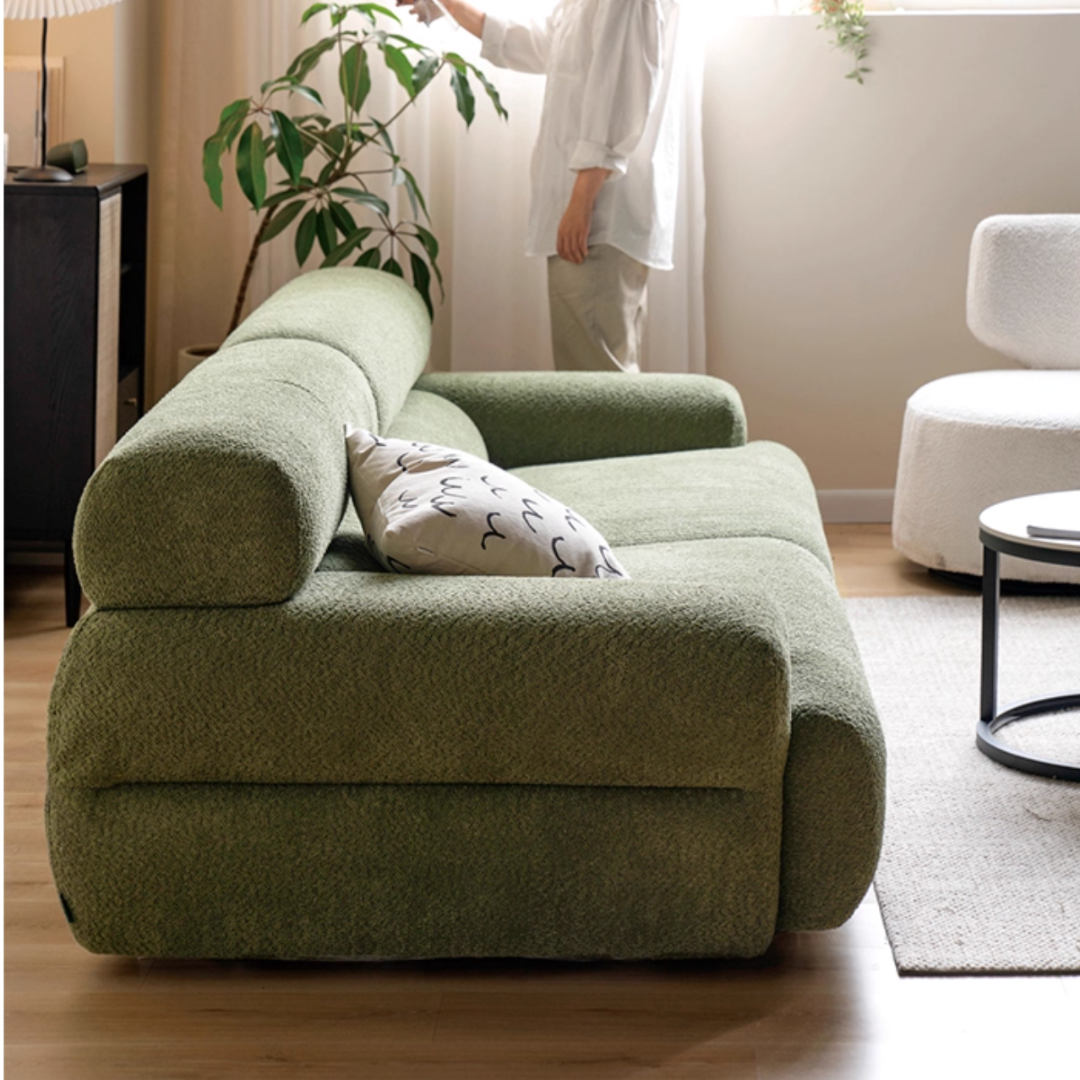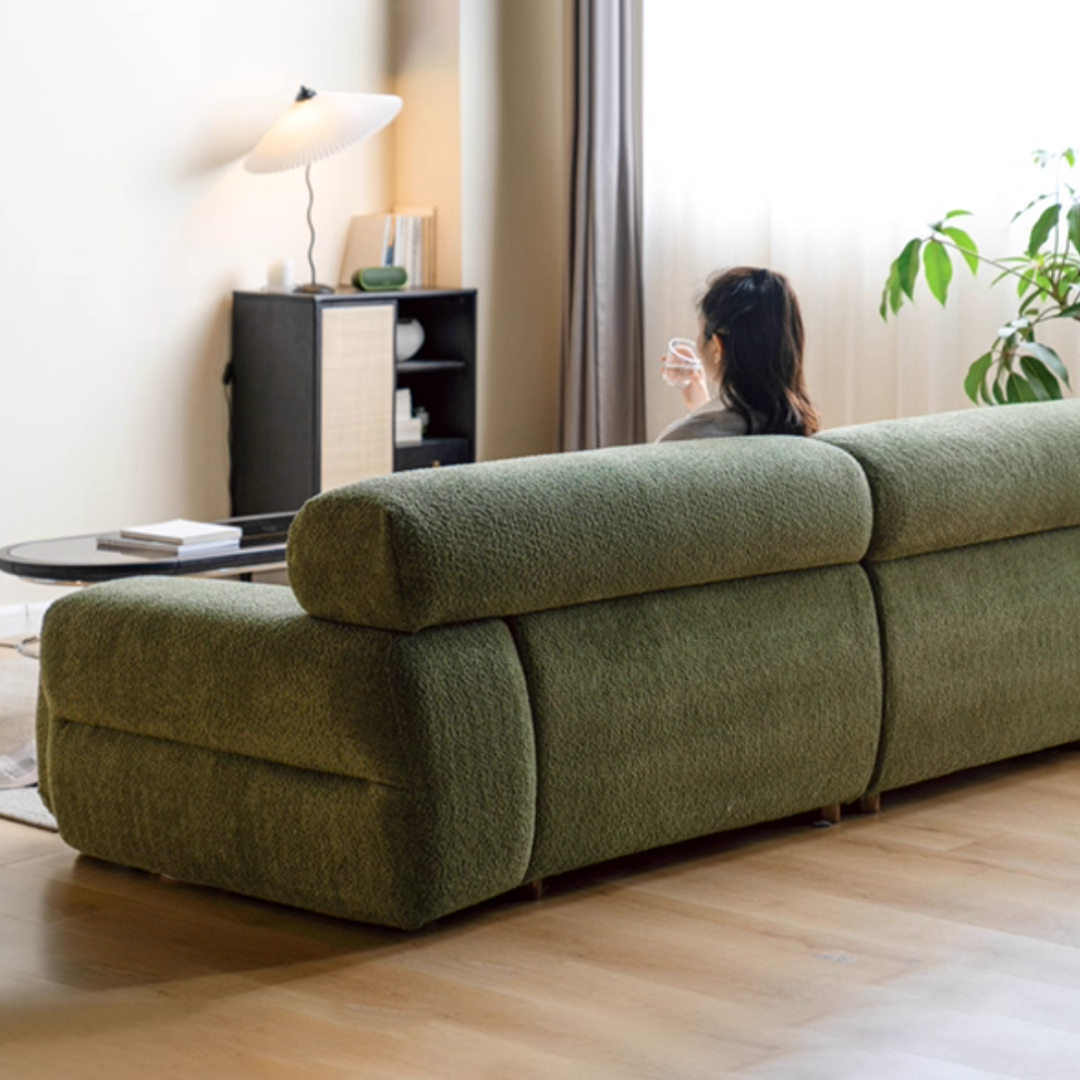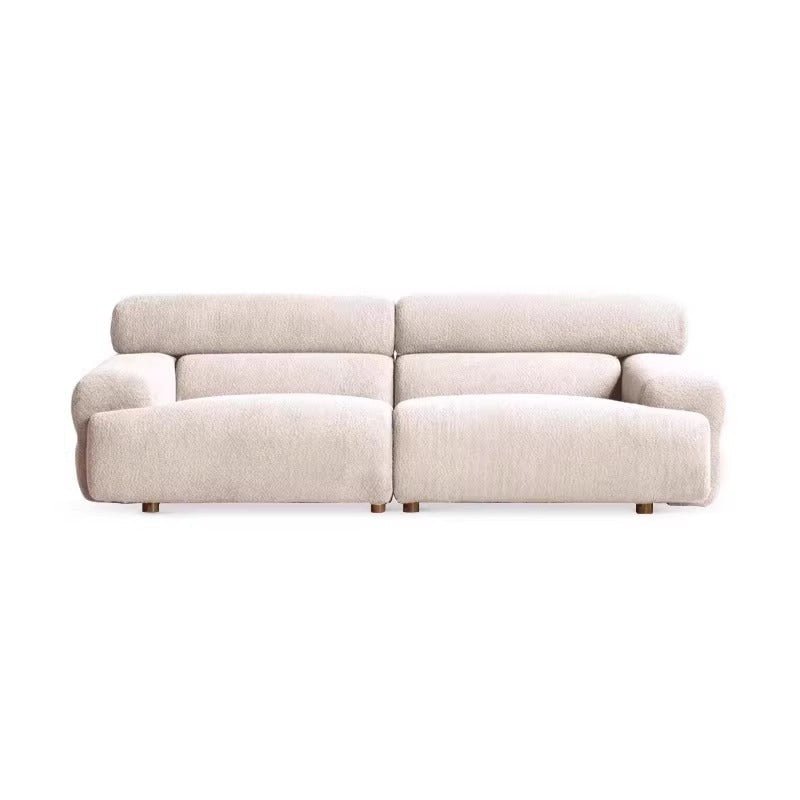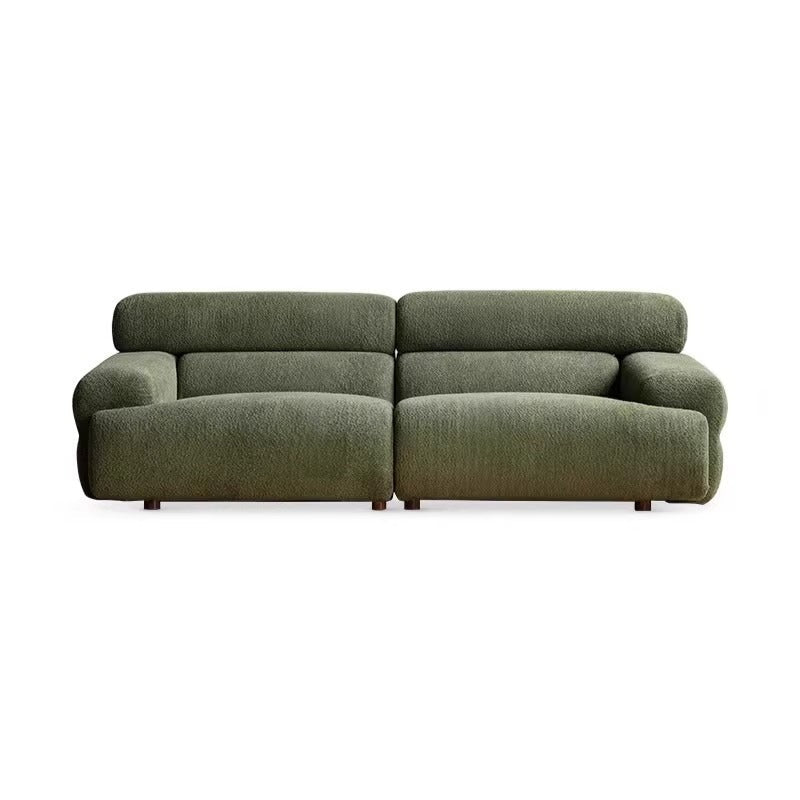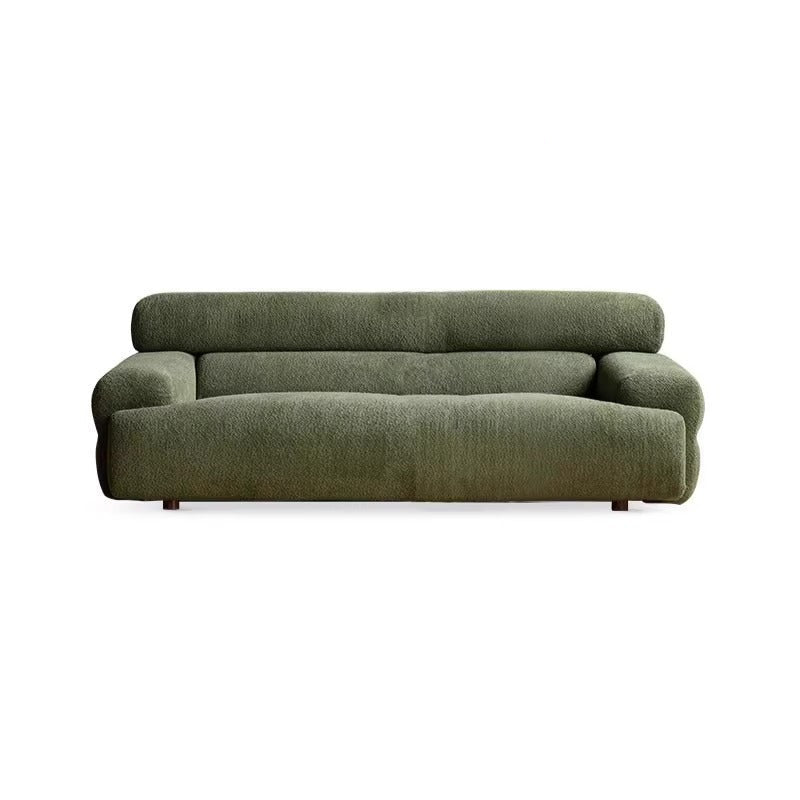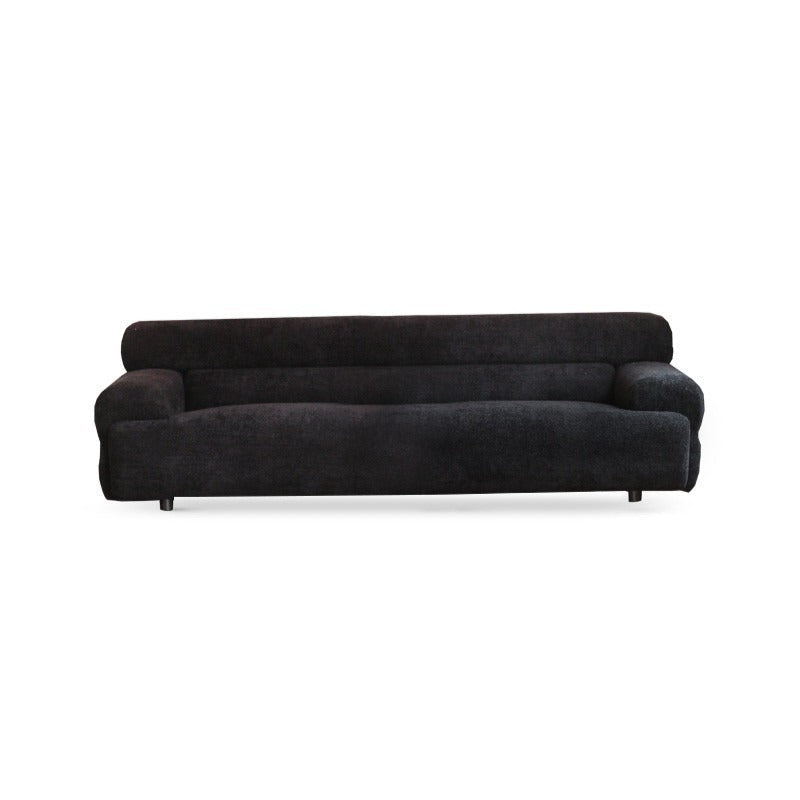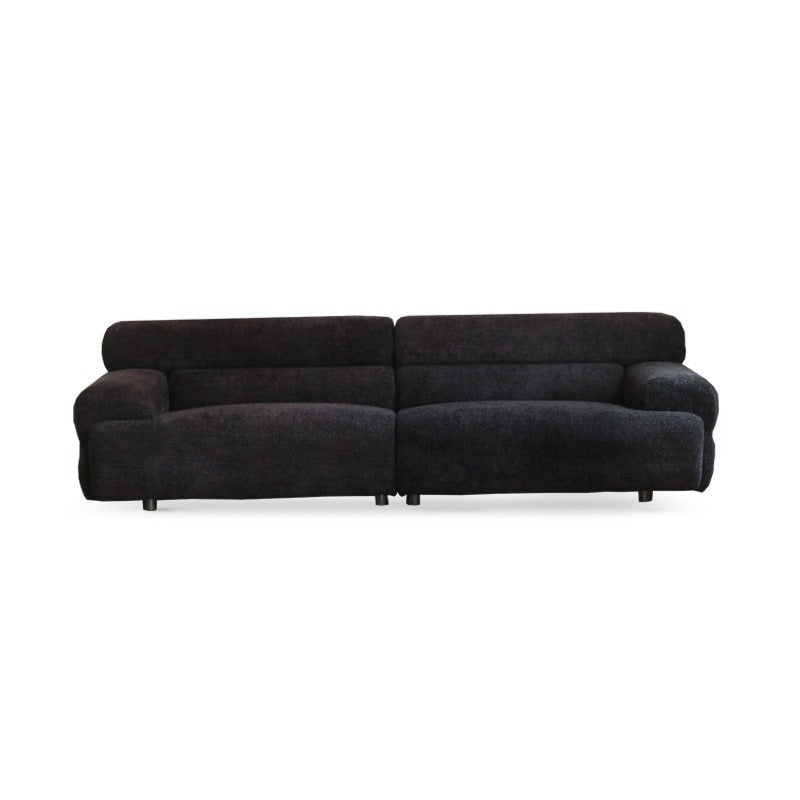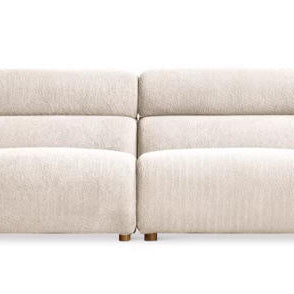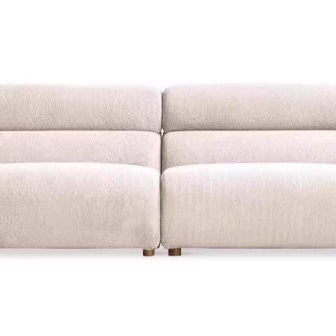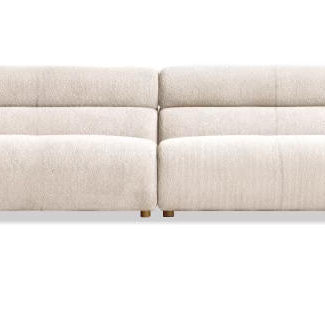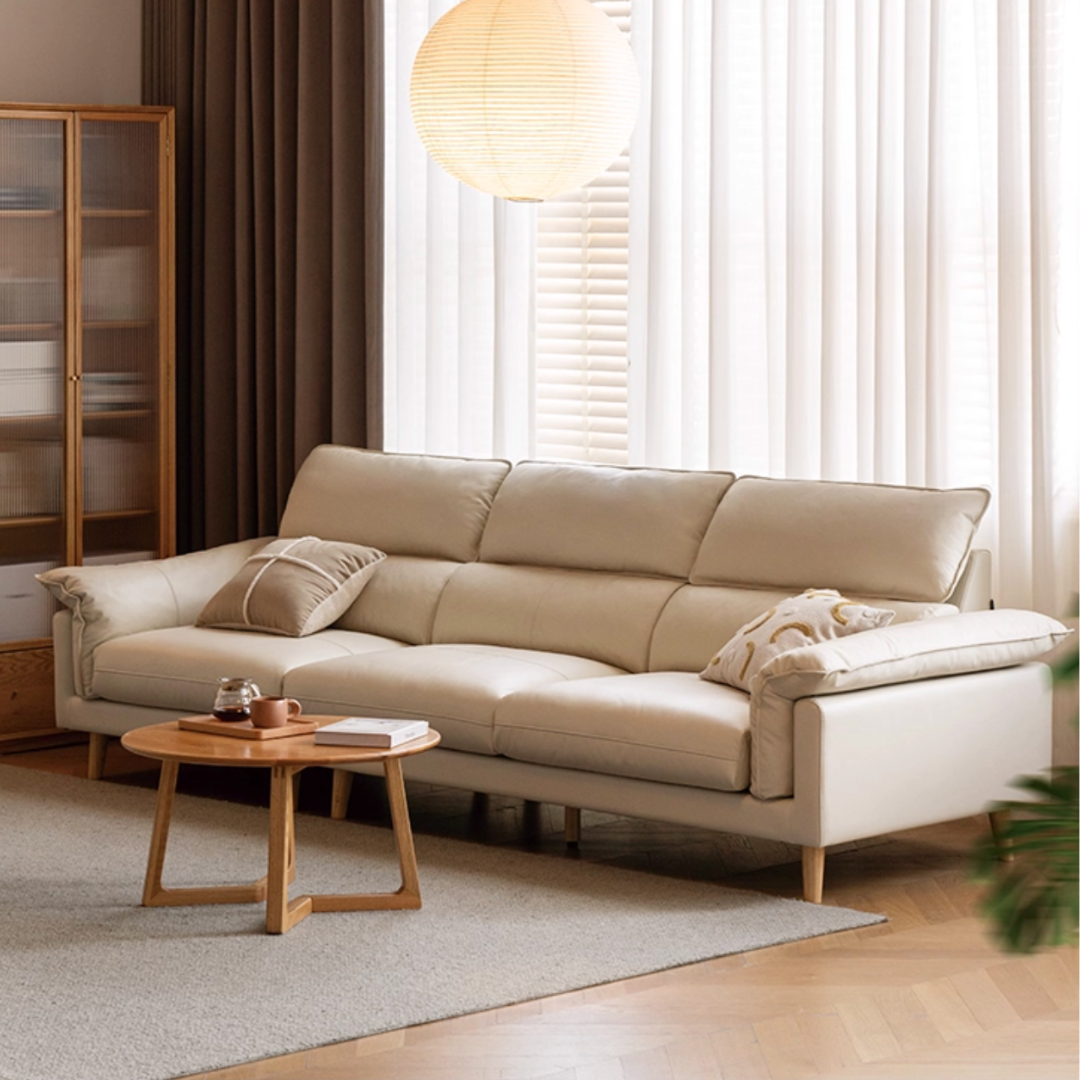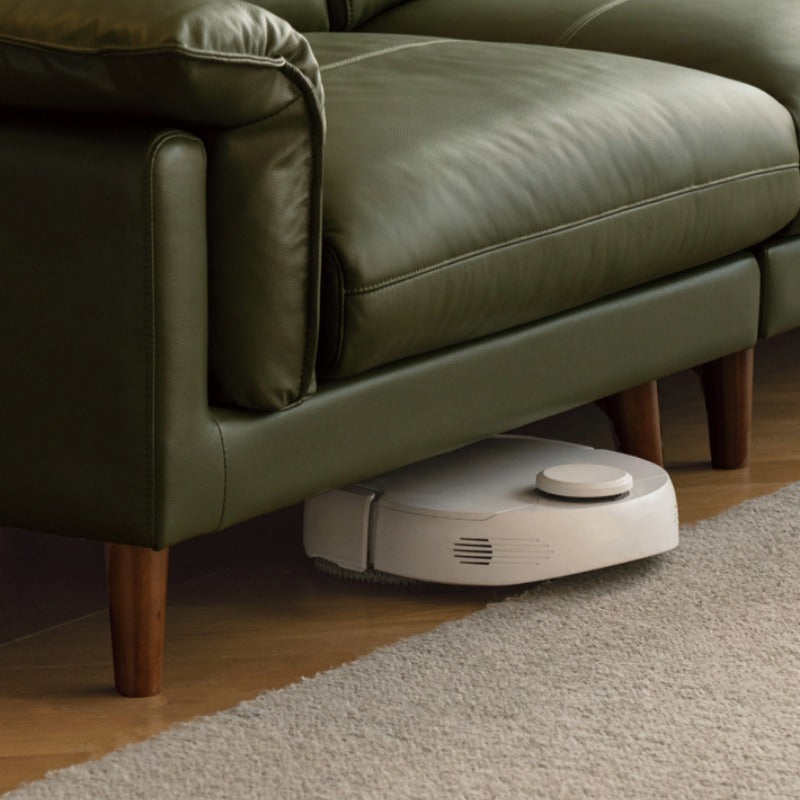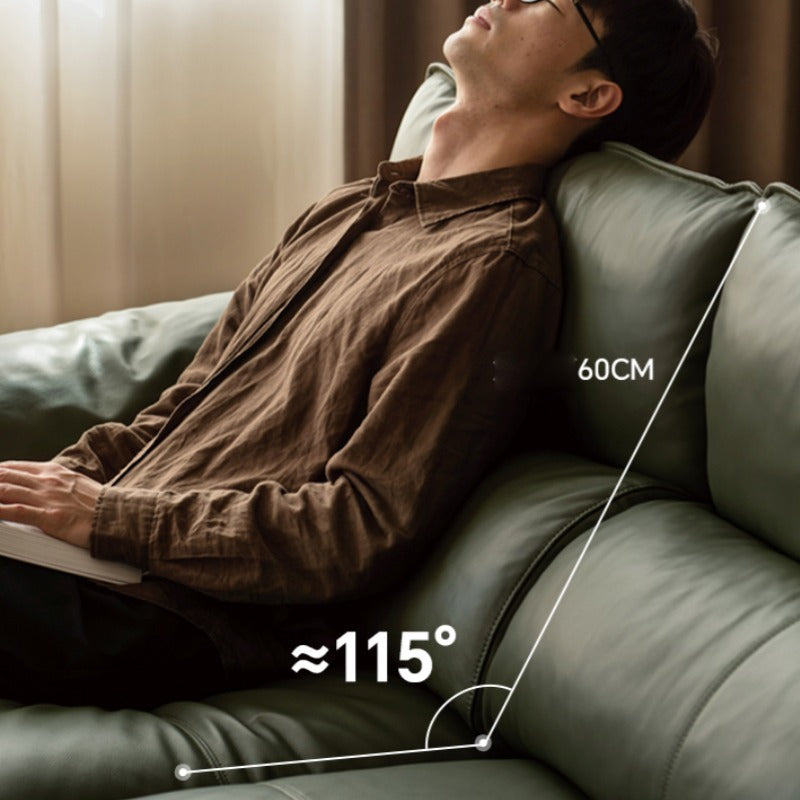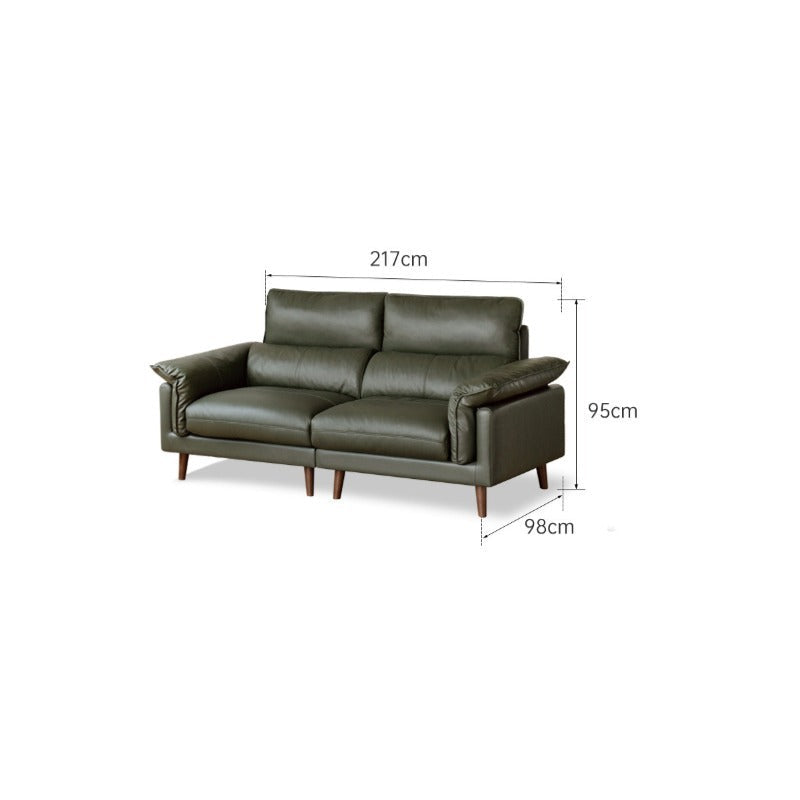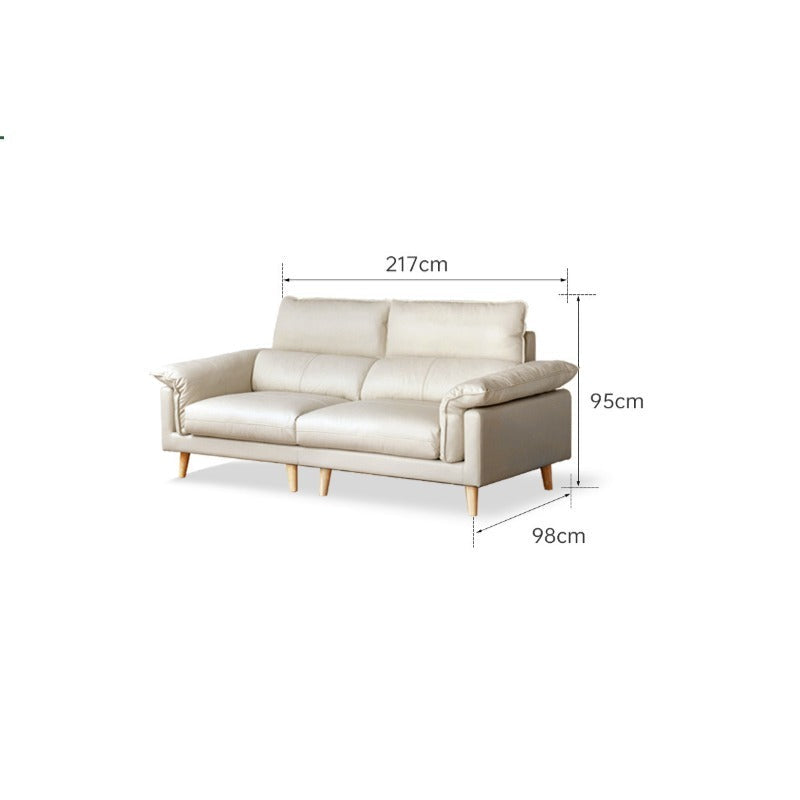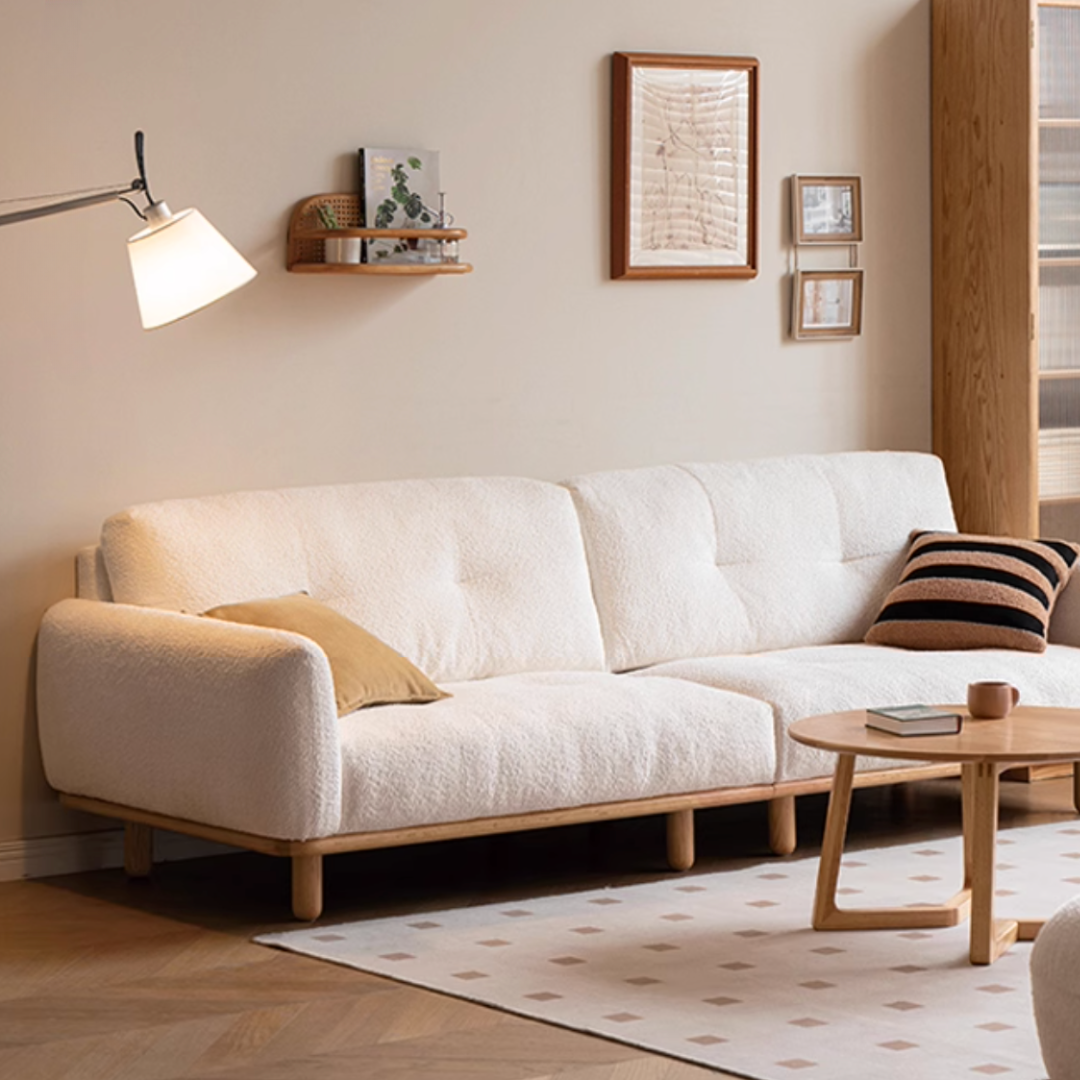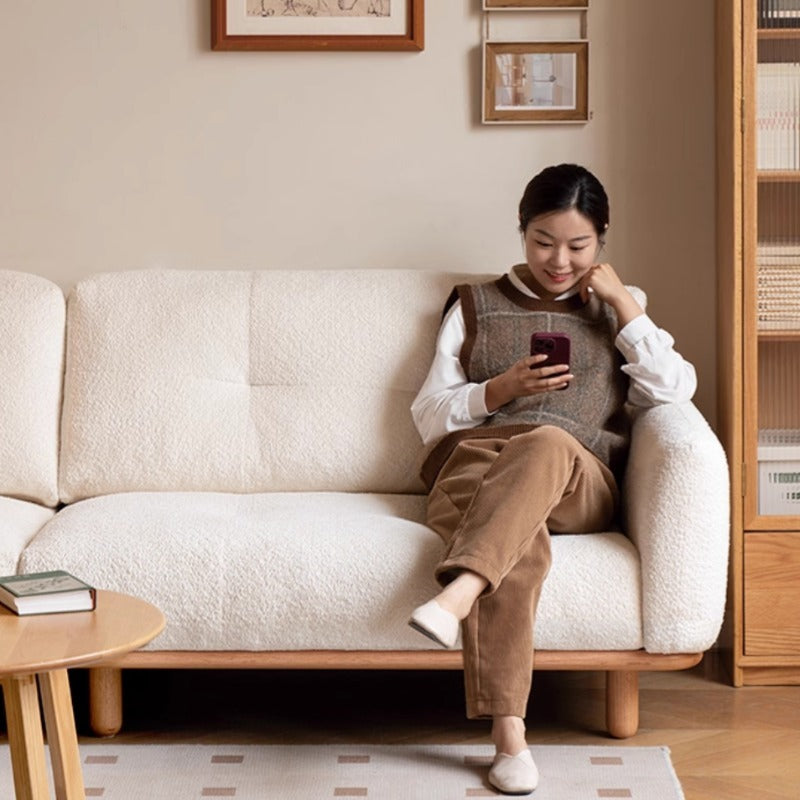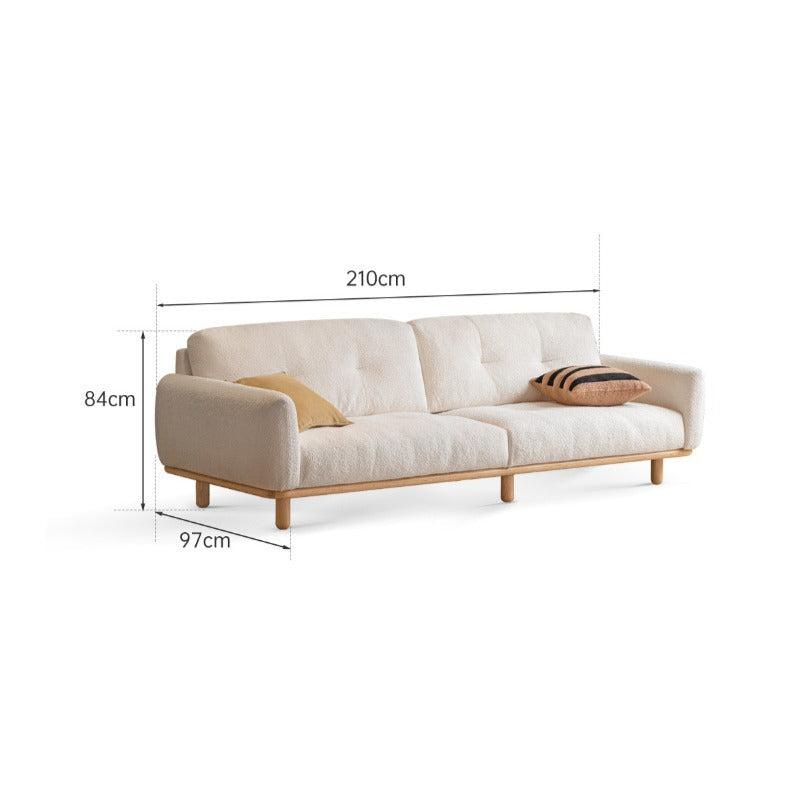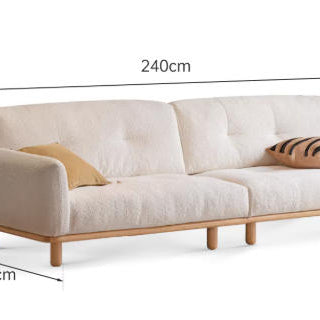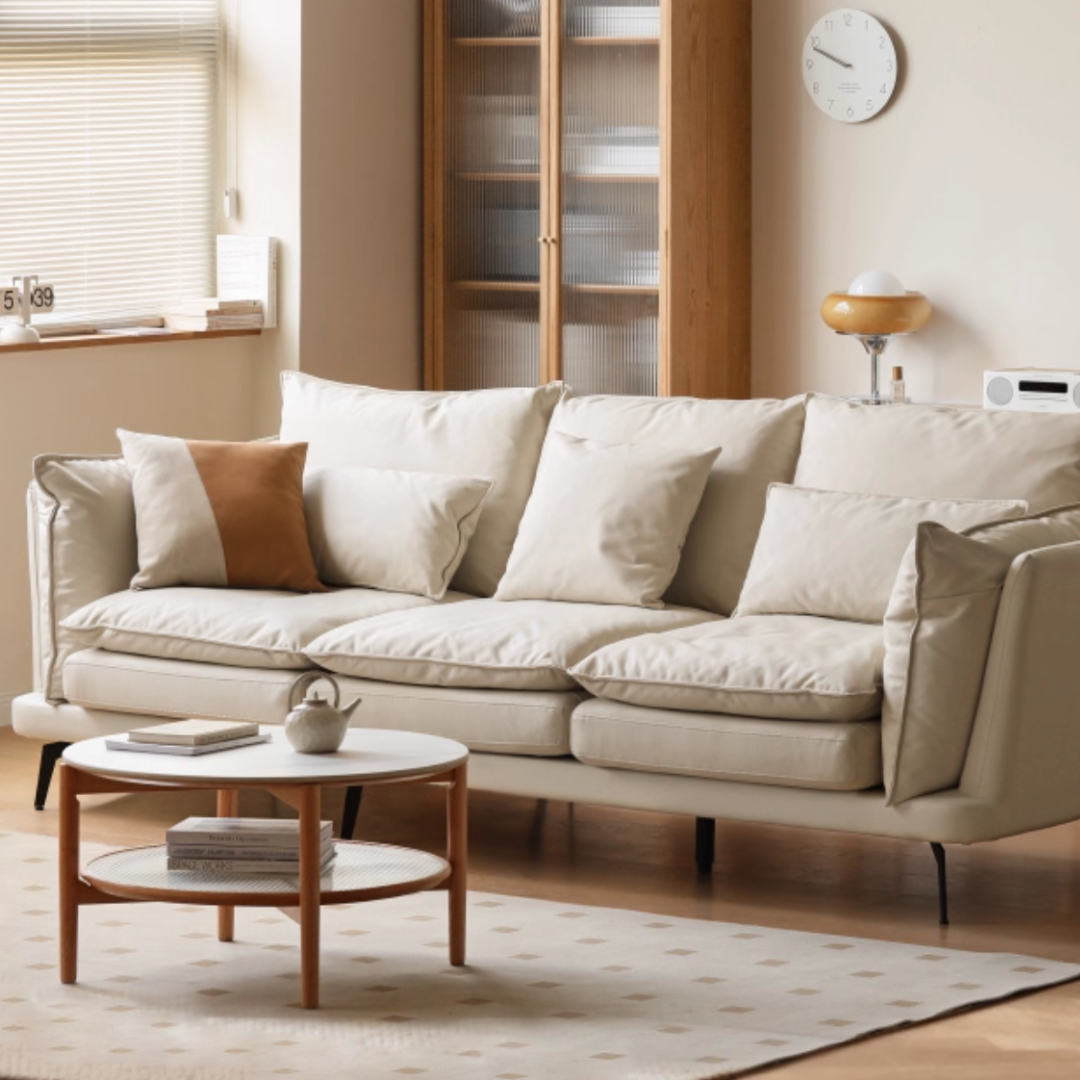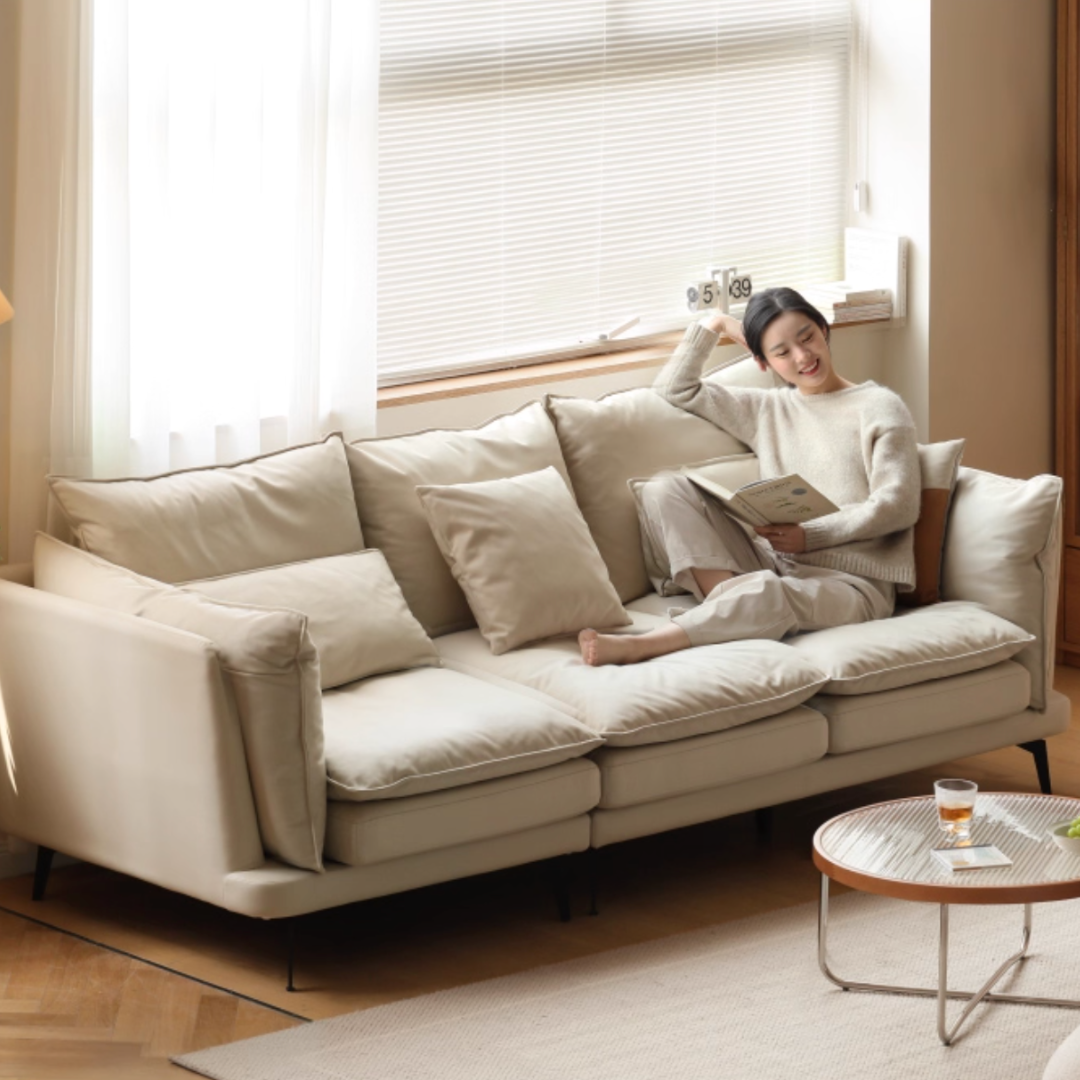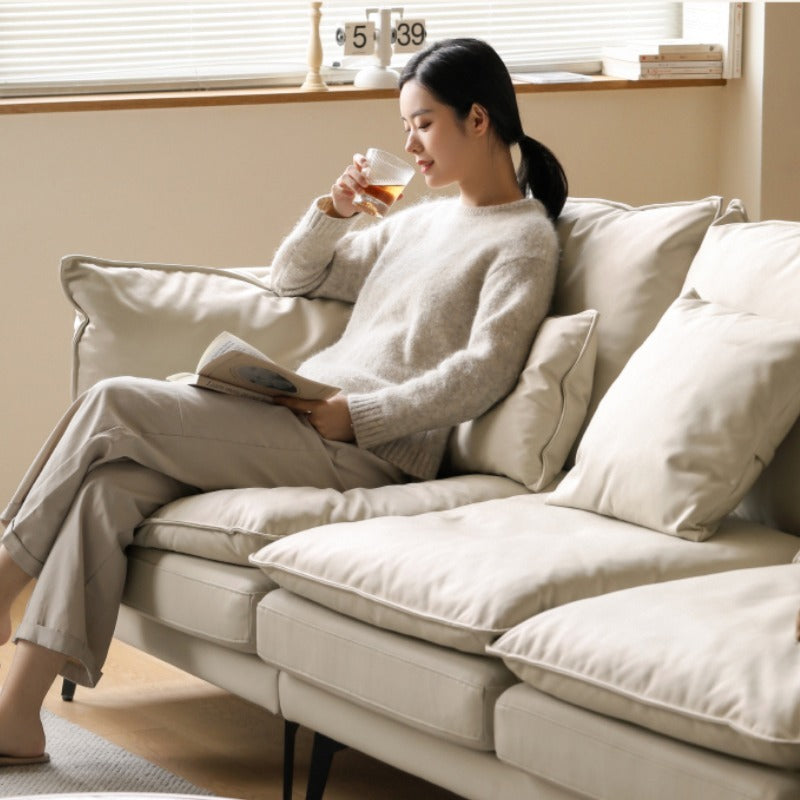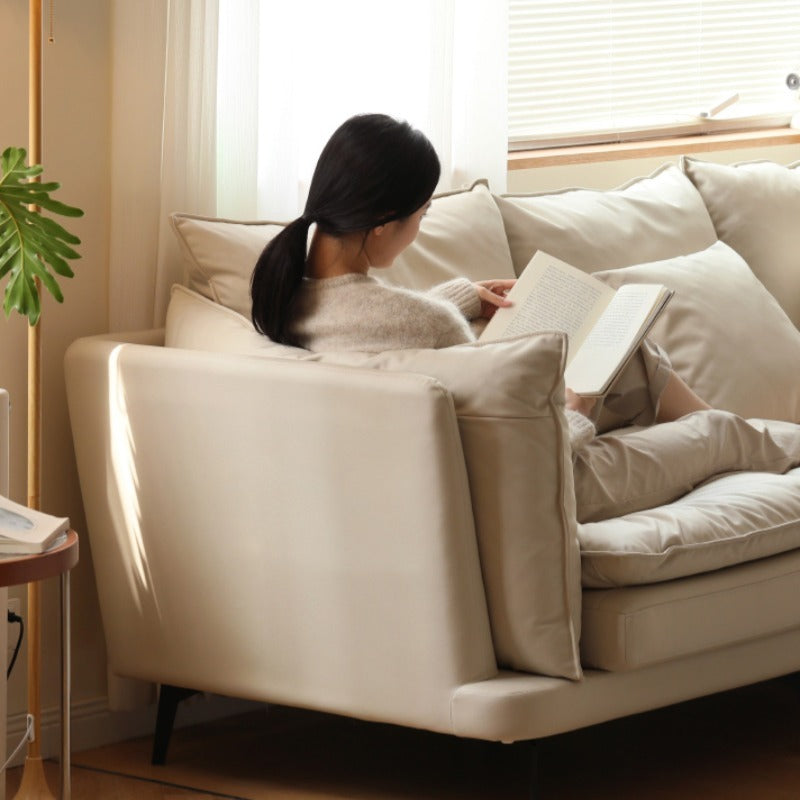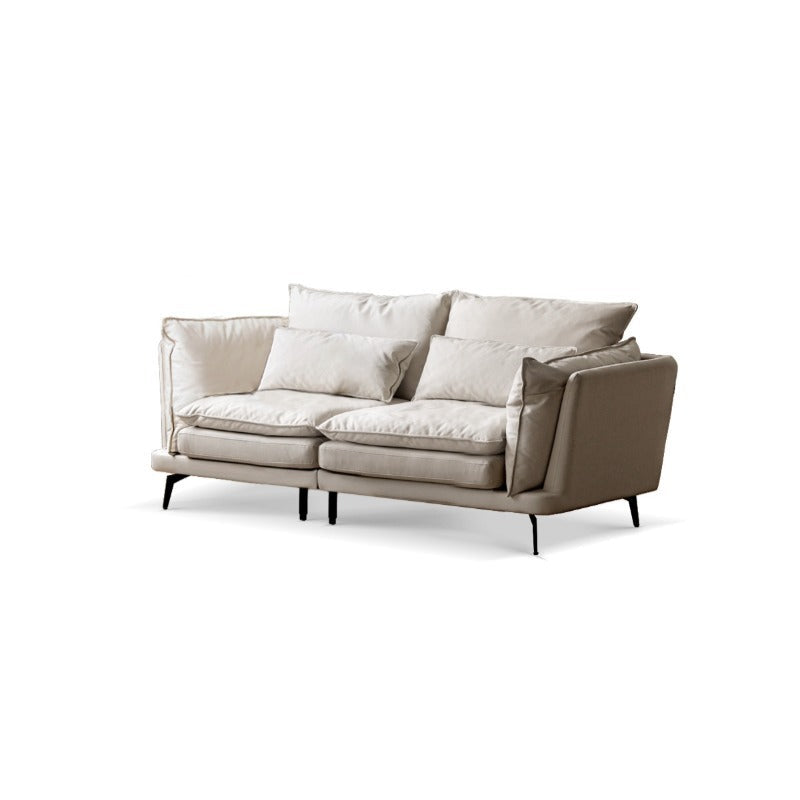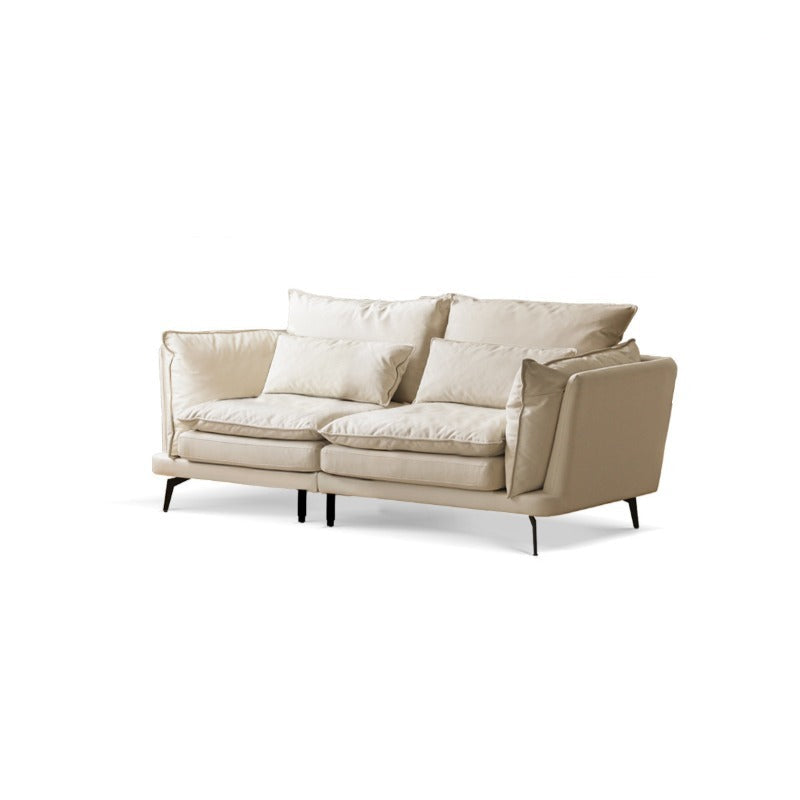
The TV console is not just a place to hang a screen, but to keep cables out of sight, media devices and even draw the entire living room together. Space is limited especially in Singapore, which is why this piece must be functional and space-friendly.
Here’s how to pick a stylish and functional tv console in Singapore that fits your space, your tech, and your style.
Measure First: Room, Screen, and Sightlines
The most important thing to do is to make sure that the console fits your space. To be aesthetically balanced, the unit must not be less than your screen and preferably twenty five percent. This offers the most visual and balanced aesthetic. In addition to the TV itself, think about viewing distinctions and eye-level guidelines: when viewing on a typical sofa, the position of the centre of the screen should be on or marginally lower than eye level in order to see well. Finally, check clearances: allow comfortable allowances for doorways, walkways, and ensure the console doesn't obstruct low windows or air conditioning units.
Storage Strategy
A TV console isn't just a surface; it's a critical storage unit. In space-conscious Singaporean homes, planning the interior layout of your console is as important as its exterior look. Choosing the right configuration ensures your living room remains visually appealing and functionally efficient.
Open vs. Closed Storage
This key choice decides the style of your entire living area. Open storage, such as display shelves, is ideal for showcasing curated items like speakers, art pieces, or a small selection of books, lending an airy, contemporary feel. However, it requires constant tidiness.
Conversely, closed storage is your most valuable tool for achieving a consistently clutter-free appearance. Cabinets conceal wires, routers, and other daily necessities, making them superior for a clean, minimalist home.
TV Console with Storage Layouts
To find a tv console with storage, take into consideration what you actually need to store. Different layouts have different purposes. Small and loose objects such as remotes, charging cables, spare batteries, and gaming accessories can be stored in drawers where they are accessible and out of sight.
Cupboards are needed to hide the larger technology or entertainment devices such as gaming consoles, routers, set-top boxes, or even a stack of board games. A great design usually incorporates both cupboards and drawers to be the most useful.
Media Gear Friendly
Modern consoles must be designed to accommodate current technology. Look for features that make integrating your tech seamless. Adjustable shelves are key, offering the flexibility to fit different equipment heights (e.g., a tall speaker versus a flat router). Crucially, check for rear cable cut-outs and built-in cable holes to neatly thread power and AV leads.
Finally, if you intend to keep devices like set-top boxes or media players tucked away, seek out remote-friendly doors. Materials like vented metal, woven rattan, or tempered glass let remote signals pass, meaning you can operate your devices without leaving the cabinet door open.
Cable Management & Ventilation
A cluster of wires is the last thing that one would want to see in a minimalist design. A top notch console will ensure great cable management and use of ready back holes, within cable tracks and cable holes which will direct the wires away the rear. Arrange where the power-strip is going to be installed, so that it is easy to reach but cannot be seen. Equally important is ventilation.
Consoles, routers, and set-top boxes generate heat. Having sufficient vent holes either in the back or under it is necessary so that hot air can pass out to avoid overheating, particularly in closed boxes and in the humid weather of Singapore.
Configuration Choices: Freestanding vs Wall-Mounted
The choice between a grounded unit and a floating one largely dictates the room's overall feel and often depends on your home ownership status.
Freestanding TV Console Cabinet:
-
Placement: Offers the simplest installation; just place it against a wall. Ideal for renters as it requires no drilling.
-
Storage: Generally provides greater overall storage depth and capacity, as the unit rests fully on the floor.
-
Mobility: Easy to reposition should you decide to rearrange your living room layout.
-
Consideration: Takes up more visual and physical floor space, which can make a small room feel slightly more compact.
Wall-Mounted (Floating) Unit:
-
Aesthetics: Creates a streamlined, airy, and modern look that makes the room feel larger and less cluttered.
-
Cleaning: Offers the practical benefit of making floor cleaning and mopping far easier, as the floor beneath is fully accessible.
-
Installation Check: If you opt for wall mounting, you must verify your wall type (HDB walls are typically concrete, but always confirm the structure) and ensure the brackets and weight limit are appropriate for both the unit and the weight of your TV and gear.
-
Expansion: For expansive storage without the bulk, these units pair well with floating shelves or matching side cabinets to subtly expand capacity.
Materials & Finishes for Daily Durability
Laminates vs. Wood (Solid/Veneer)
The choice of core material impacts both the look and longevity of your console. Laminates are highly practical, offering superior scratch resistance and excellent moisture tolerance, which is a major advantage in Singapore’s high humidity. They are generally the easiest to maintain.
While solid wood or veneer provides a premium, timeless aesthetic, they are prone to scratches and can expand or contract with temperature and humidity changes, requiring a little more care and maintenance.
Tempered Glass Doors and Powder-Coated Metal Bases
Consider the materials used for specific components, as they enhance both functionality and durability. Tempered glass doors are beneficial for technology, allowing remote signals through while being easy to wipe clean. Similarly, metal elements like legs or bases should ideally be powder-coated.
This finishing process applies a protective layer that is resistant to chipping, scratching, and rust, ensuring the strength and sturdiness and appearance of the console, even when exposed to regular cleaning or damp floors.
Easy-Clean Finishes, Corner Profiles, and Tip-Resistance
Practicality is crucial, especially in family homes. Look for easy-clean finishes (often matte or slightly textured laminates) that effectively conceal fingerprints and minor scratches from kids or pets. Safety should also be a priority: look for consoles with rounded corner profiles to minimise injury risk. Finally, given that consoles can be heavy, especially when loaded with electronics, ensure the unit has strong tip-resistance and consider anchoring it to the wall—a crucial safety step for homes with active young children.
Style & Cohesion
The console should complement your existing decor. Are you leaning towards Modern, Scandinavian, Japandi, or Minimalist? Ensure consistency by balancing the console’s length and leg profile (e.g., slender, angled legs) with the style of your sofa, coffee table height, and rug placement. Colour choices can also be strategic: light woods can open up a small room, while darker tones or black create a sleek, cosy atmosphere suited to a dedicated cinema-style setup.
Soundbars, Speakers & Gaming Considerations
These functional accessories often dictate the specific design you need. If you own a soundbar, ensure the console provides enough clearance in front of the TV feet, or that the soundbar can sit neatly inside an open shelf space.
Plan for the placement of a centre speaker (if you have a surround system) and consider subwoofer and cable routing. Gamers should think about dedicated controller charging docks and whether their gaming hardware (e.g., large consoles) needs upright or horizontal console storage.
Conclusion
Choosing the perfect console is about balancing form and function. Choose width for visual balance, plan storage around your gear and clutter, and prioritise ventilation and cable routing for hassle-free daily use. Match materials and style to your living room so the console looks intentional—not just functional.
Ready to tidy up your setup? Explore IUIGA’s range of TV Consoles, then complete the look with Wall-Mounted Shelves, Rugs, and Coffee Tables.
FAQs
-
How wide should a TV console be for a 55–65″ TV?
A good rule of thumb is to aim for a console that is at least 25% wider than your screen. For a 65-inch TV, which measures around 145 cm wide, your console should ideally be 180 cm or wider to achieve proper visual grounding and balance.
-
Is a wall-mounted TV console safe for HDB walls?
Yes, wall-mounted consoles are generally safe for HDB concrete walls. You must use appropriate hardware (heavy-duty wall plugs/anchors) and ensure the installation is done by a professional.
-
How do I keep routers and consoles ventilated in a closed cabinet?
The best way is to ensure passive airflow. This means the console must have intentional gaps—either a large rear cut-out or, ideally, an open gap at the back bottom or top for air circulation. For heavy-duty devices like gaming consoles, you may also consider adding small, quiet USB-powered fans inside the cabinet to actively draw warm air out.
-
Which finish hides fingerprints and scratches best?
Matte finishes and those with slight wood grain textures are the most effective at concealing fingerprints and minor scratches. High-gloss finishes look sophisticated but show every smudge and scratch more clearly. Laminates tend to be more scratch-resistant than paint or veneer.
-
What’s the best way to hide cables without rewiring the wall?
The simplest method is to use cable management boxes (to contain the bulk of the power strips/cords), adhesive cable clips along the back of the console legs, and zip ties to bundle loose wires neatly. If the console is wall-mounted, you can use adhesive cable raceways, painted to match the wall, to hide wires neatly from the TV down to the console.


